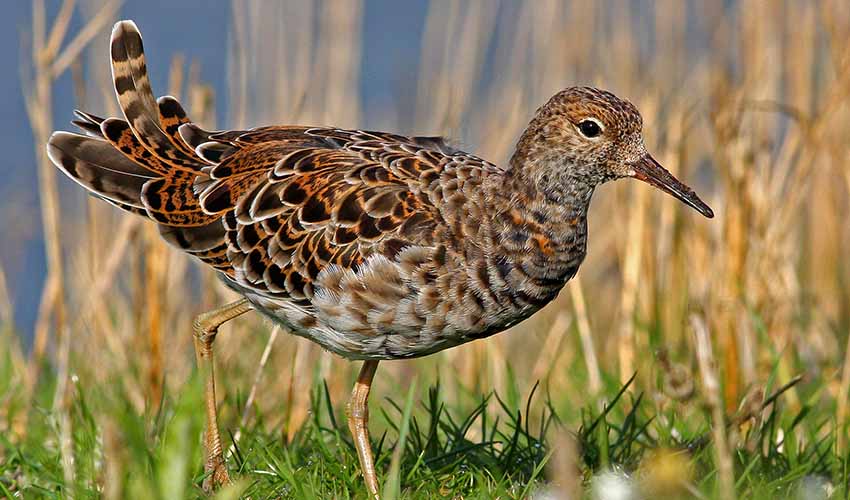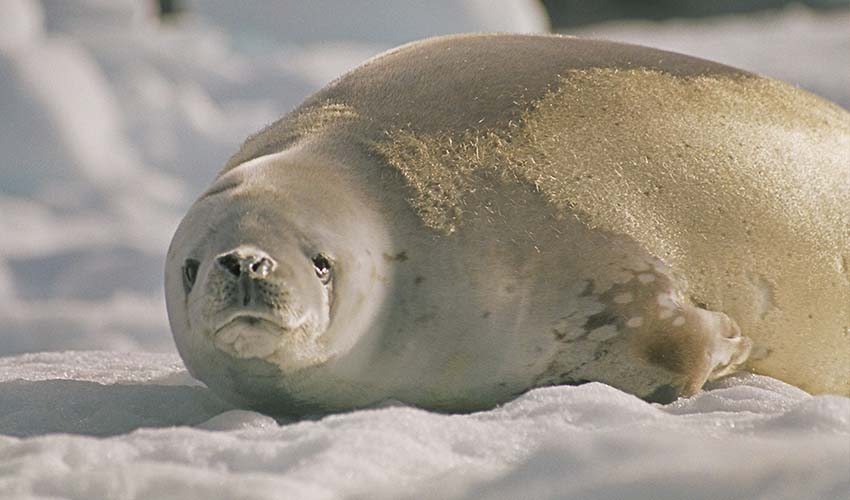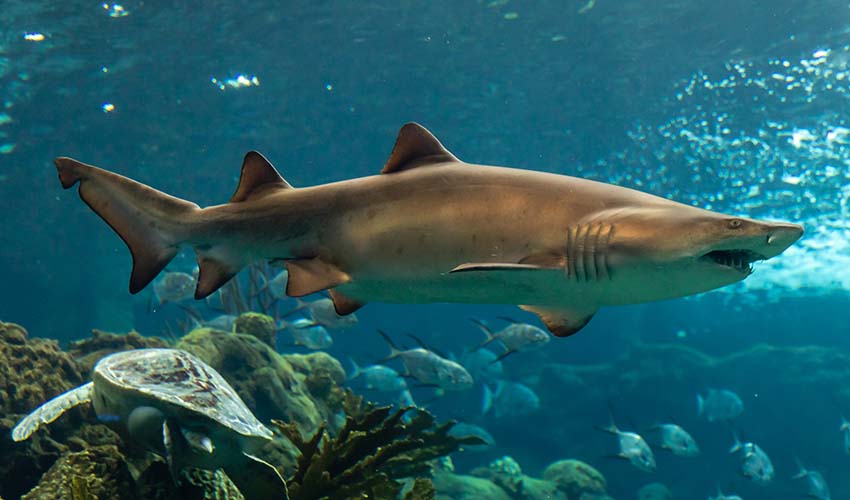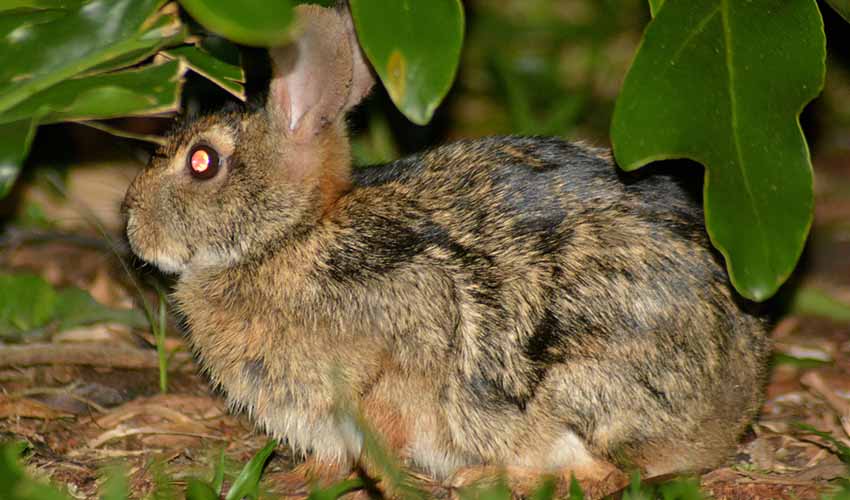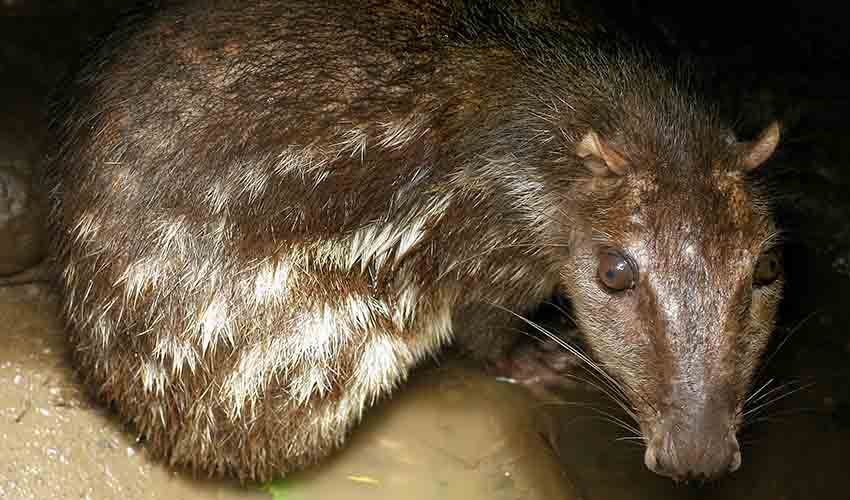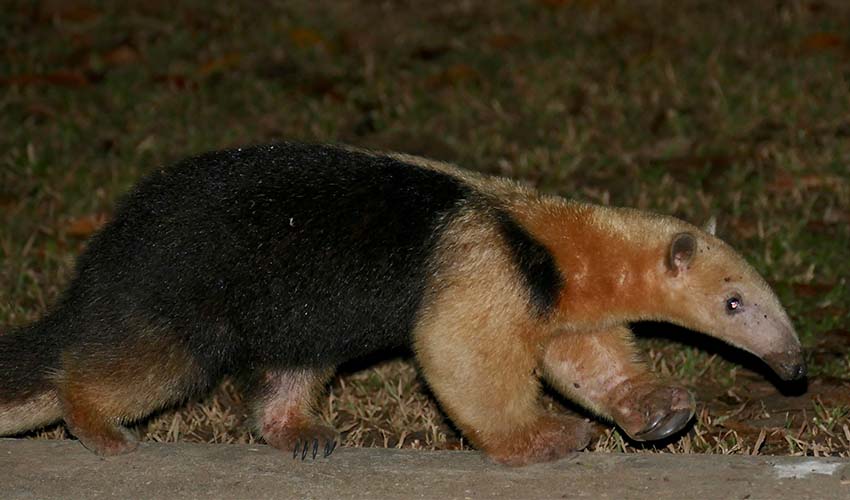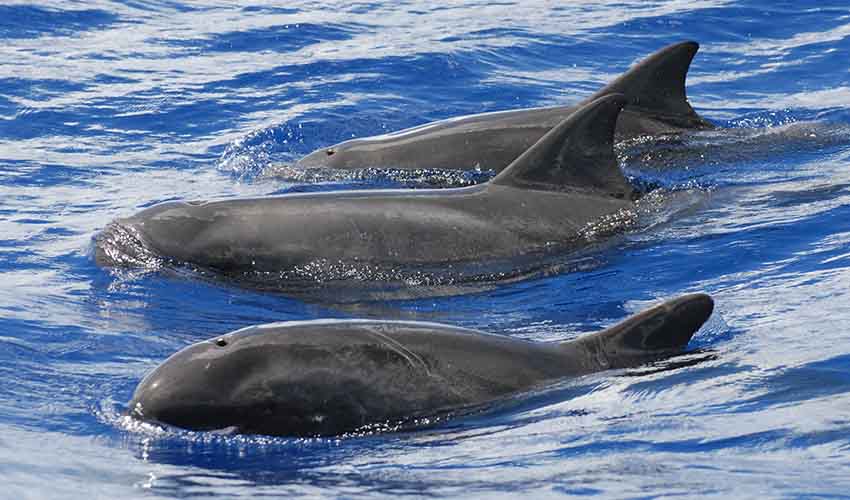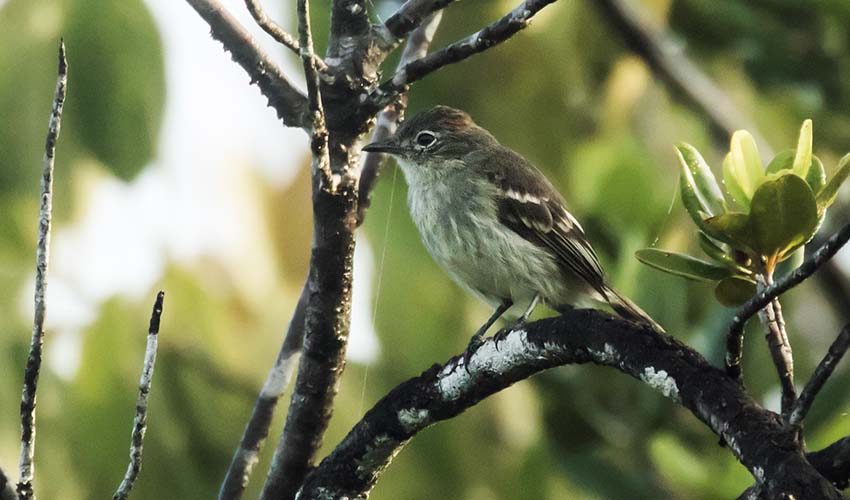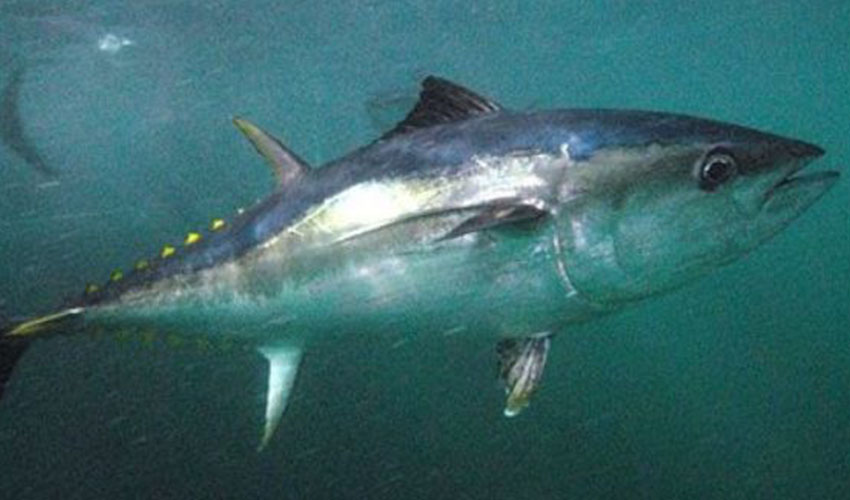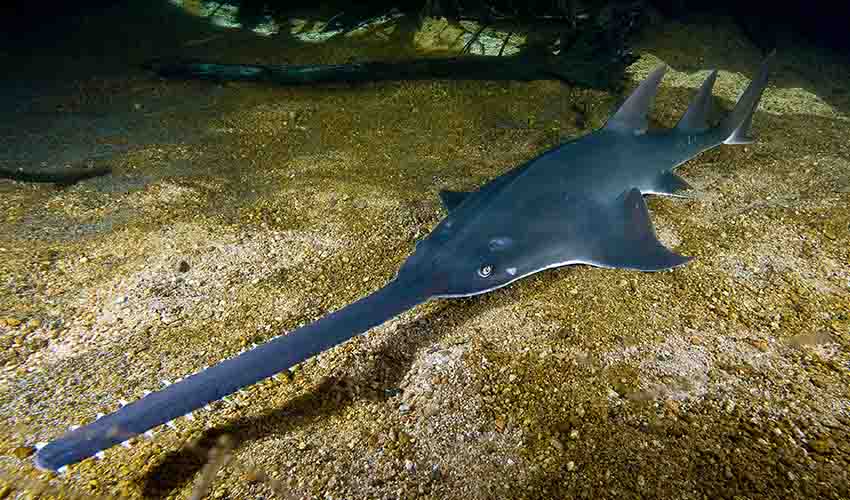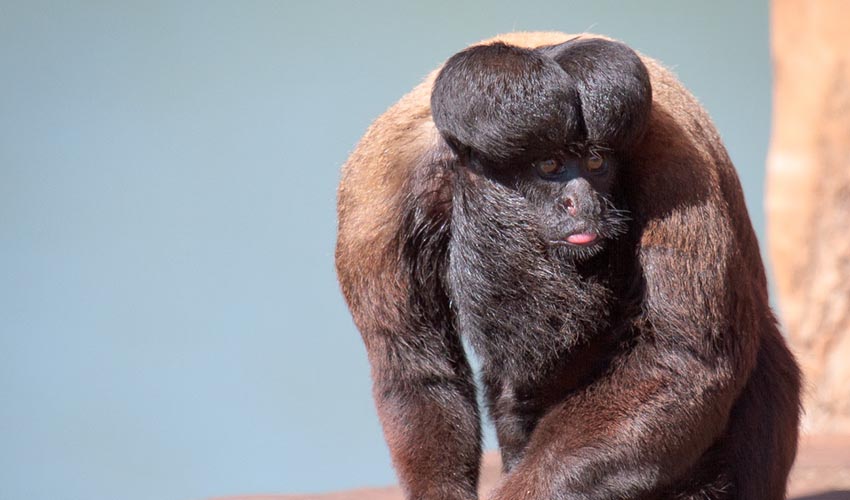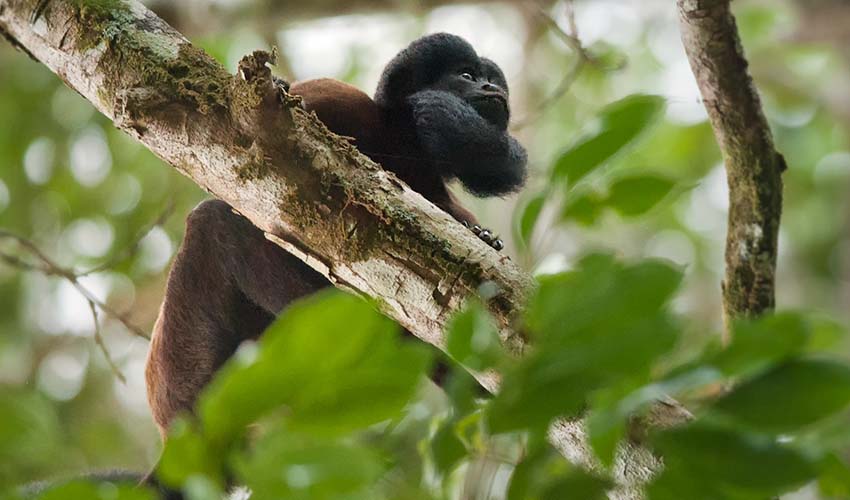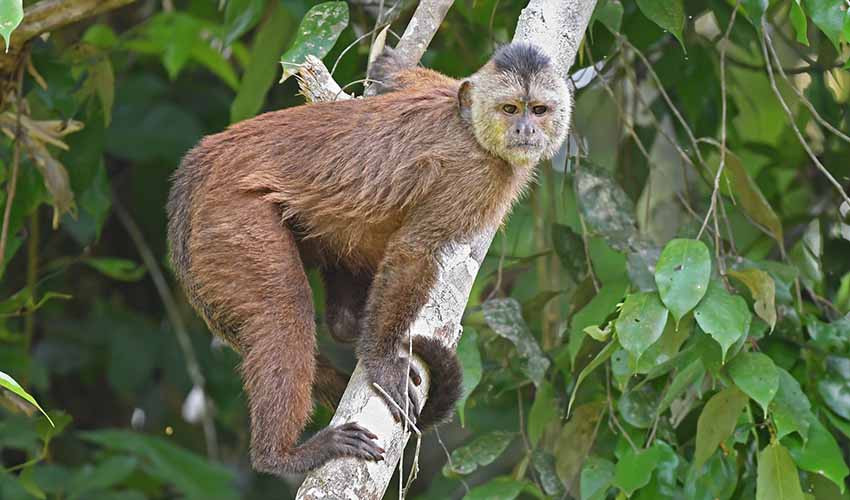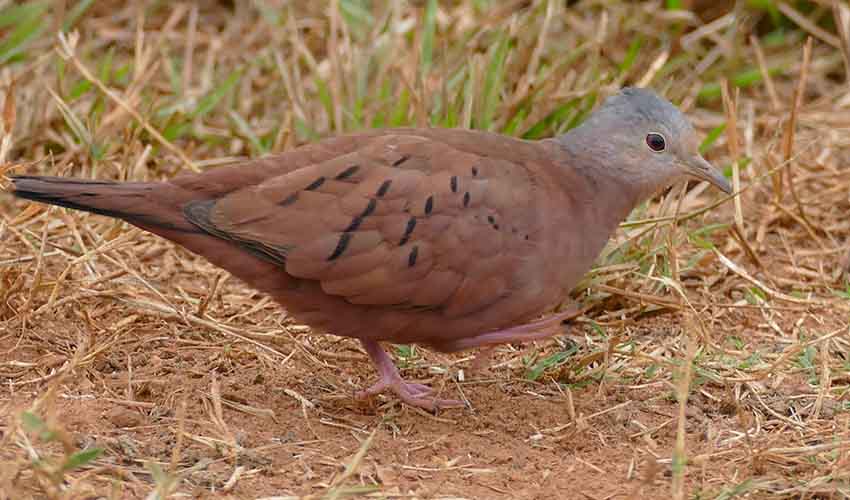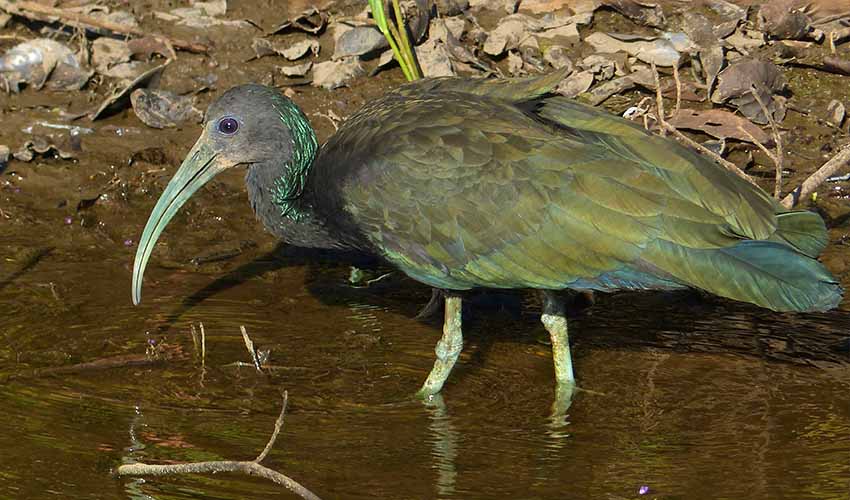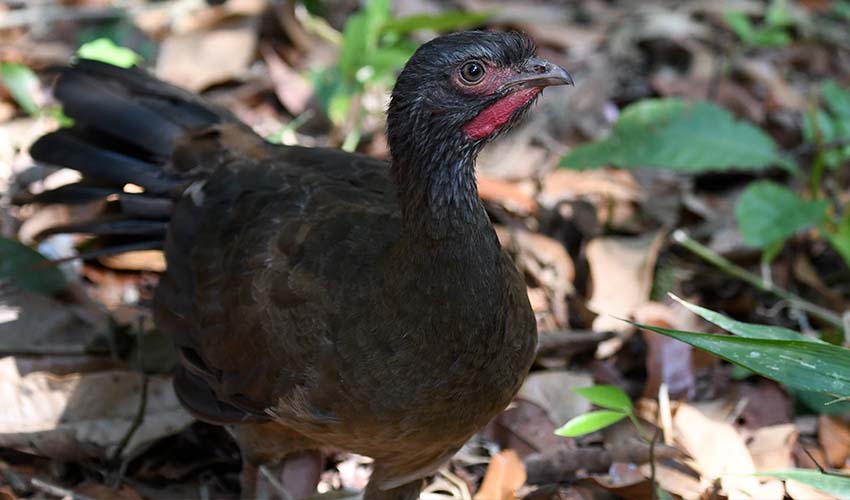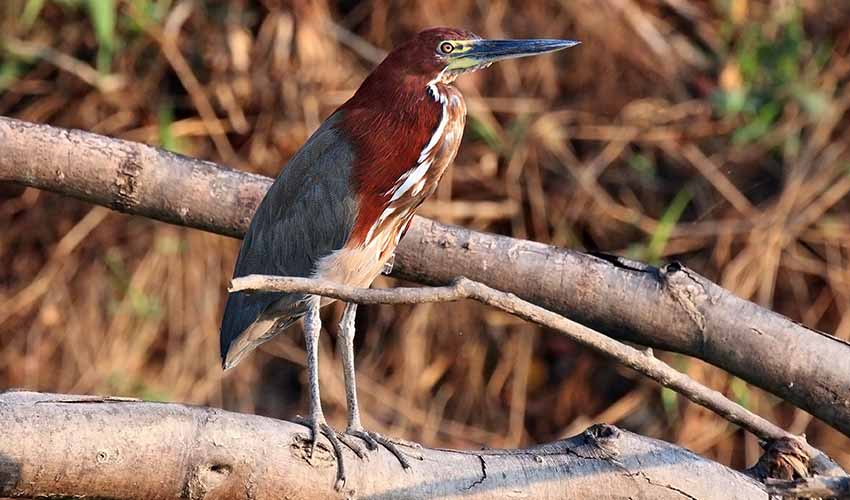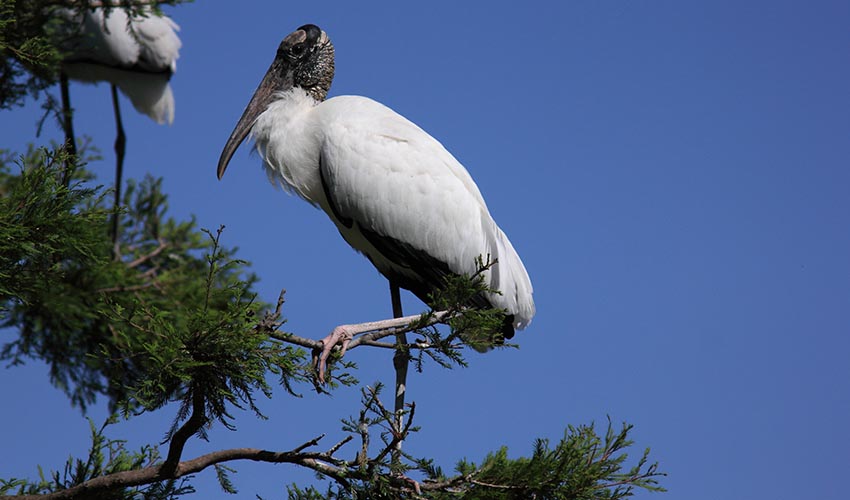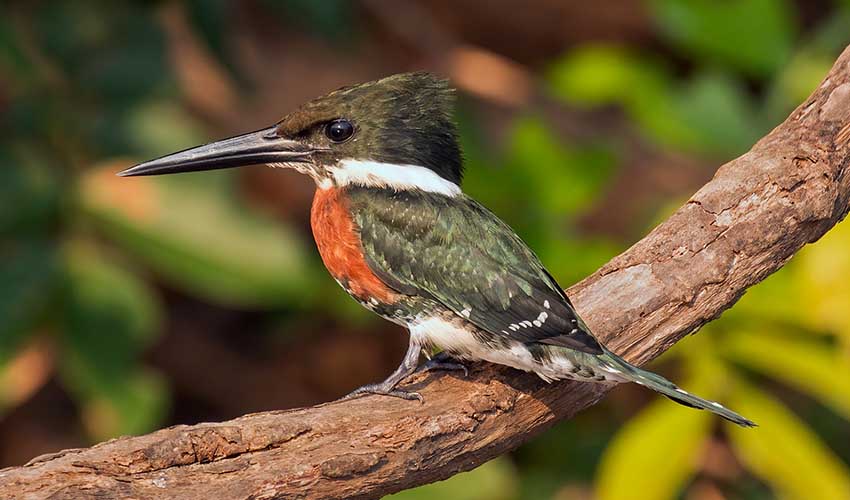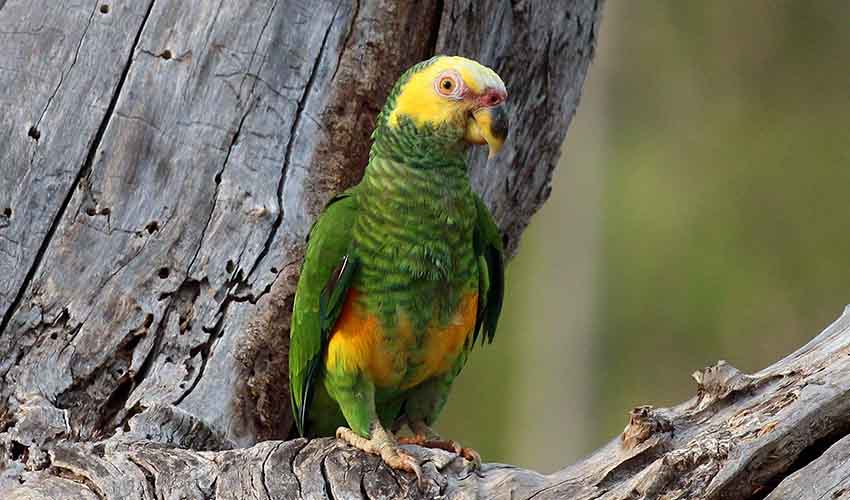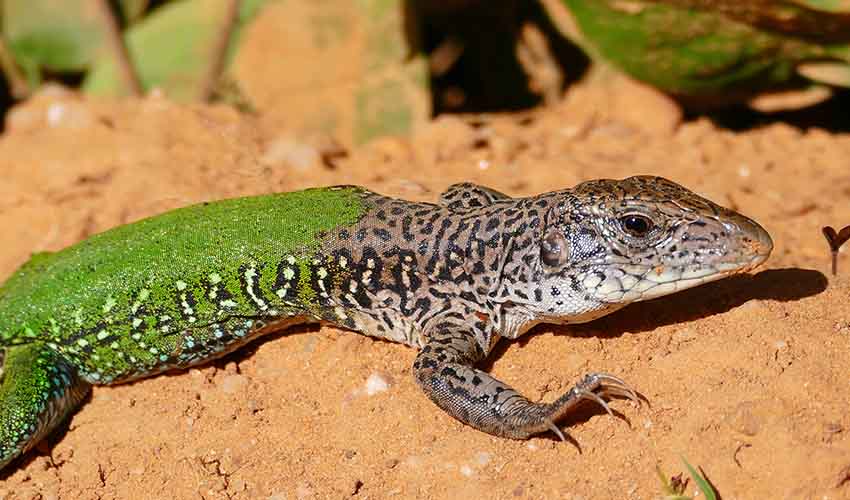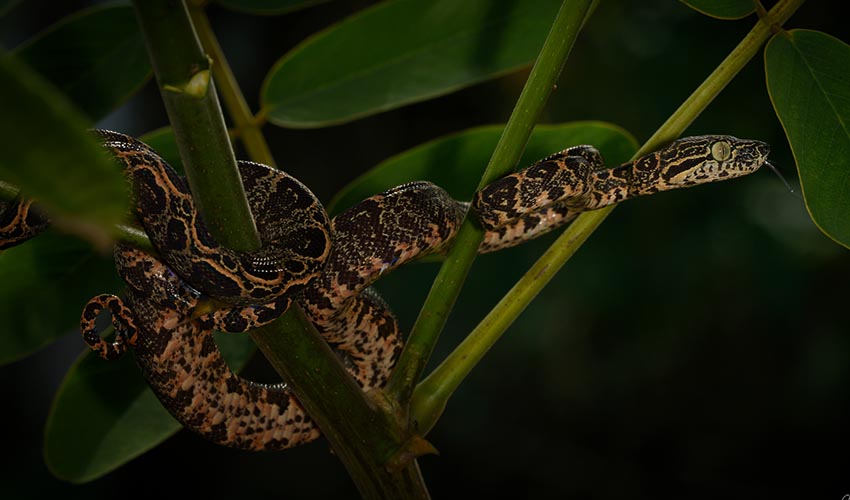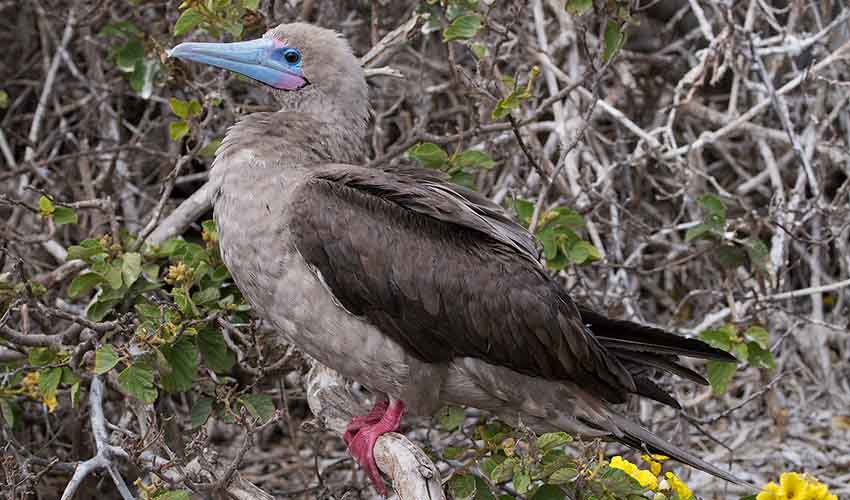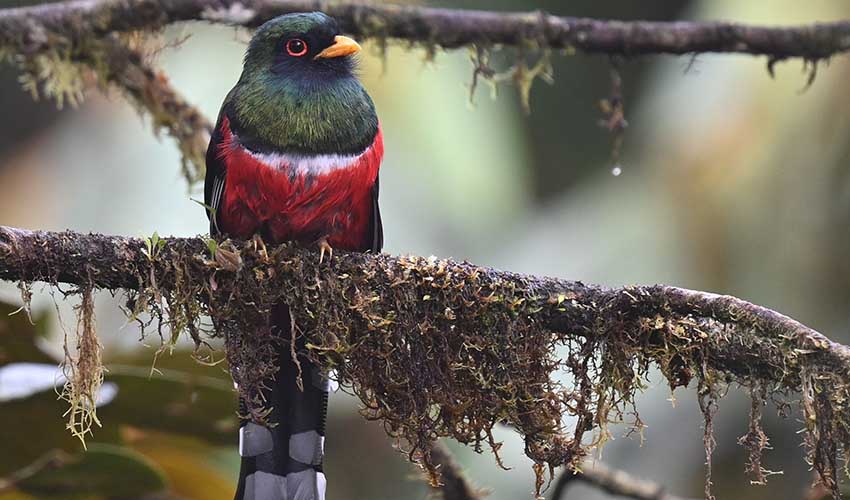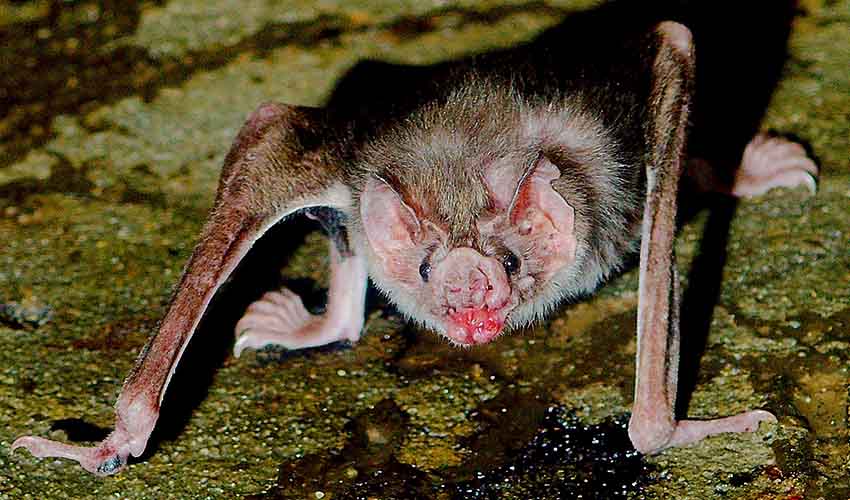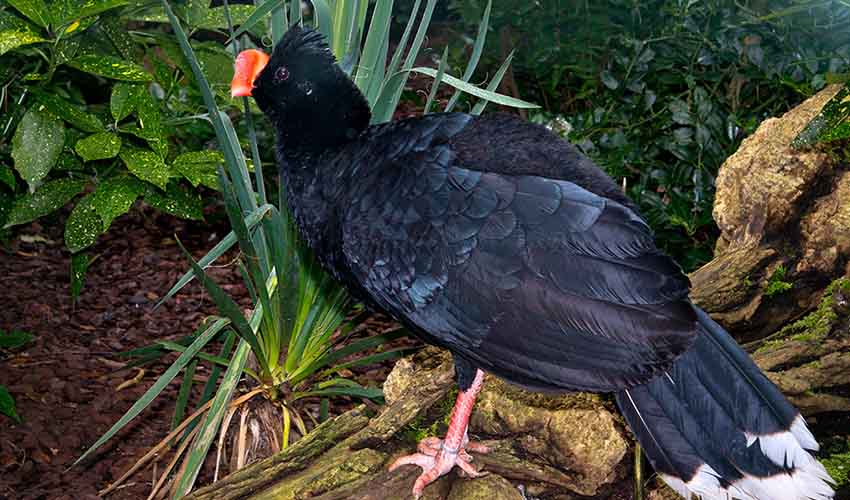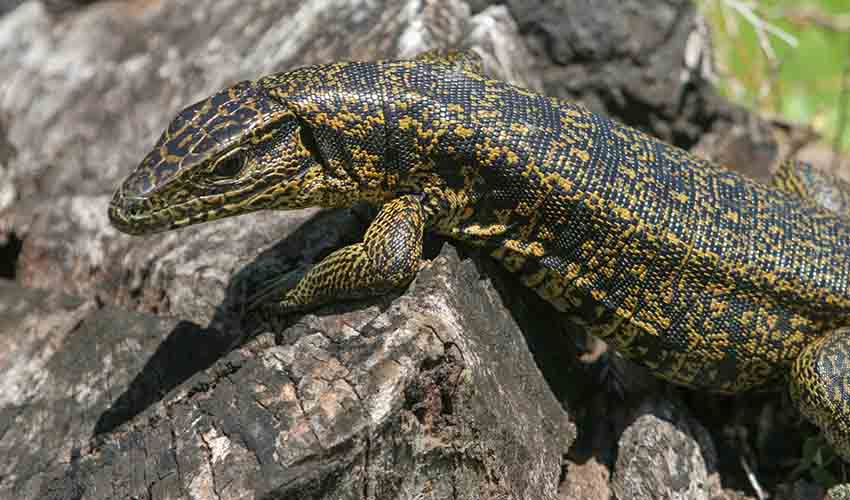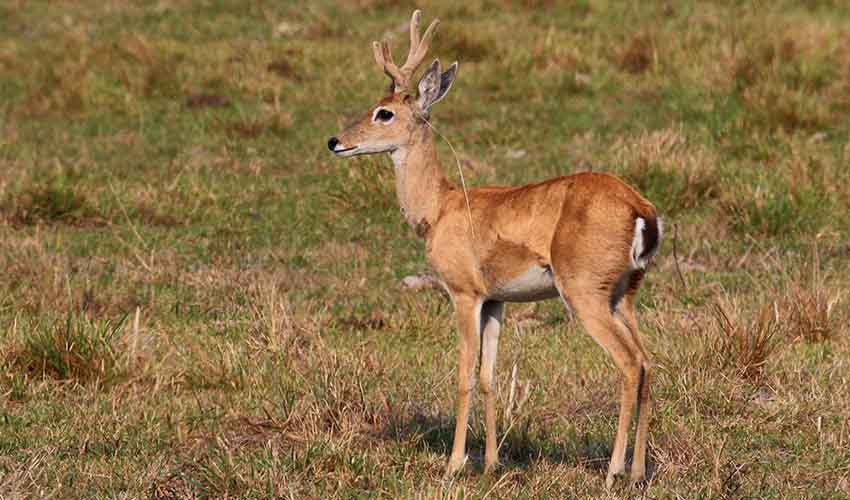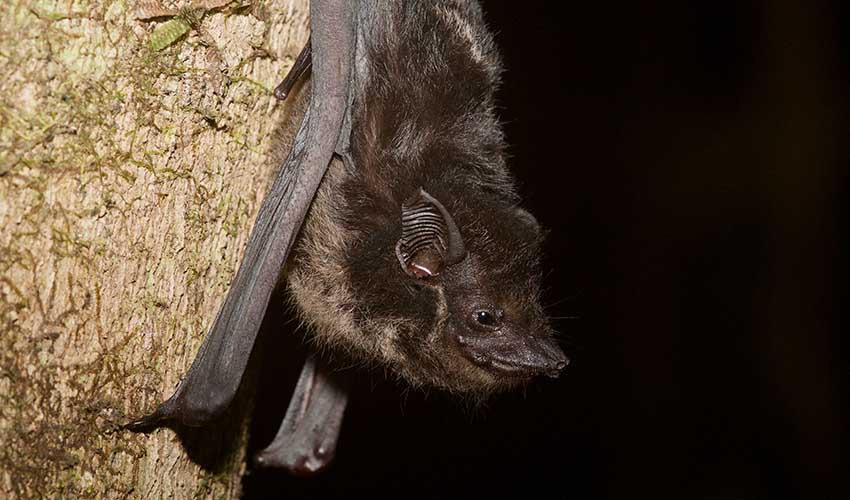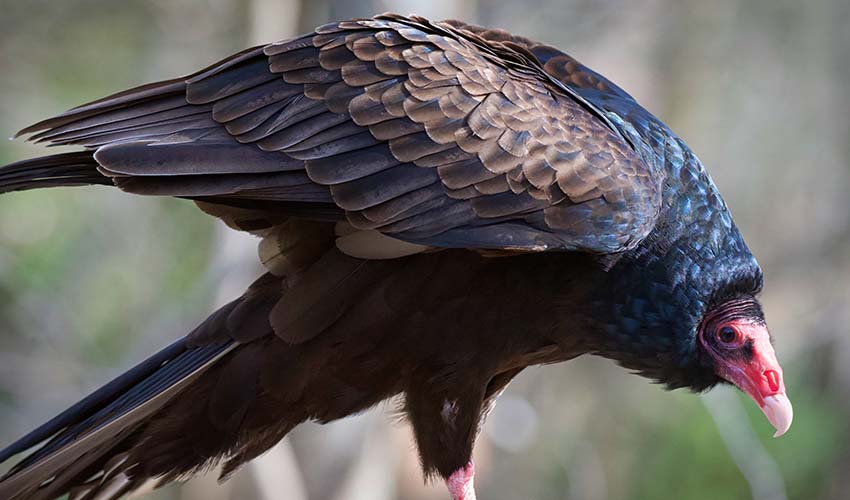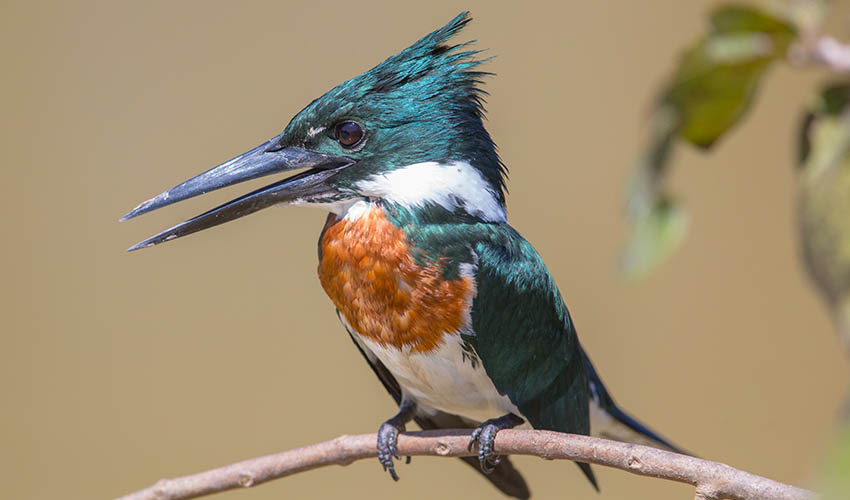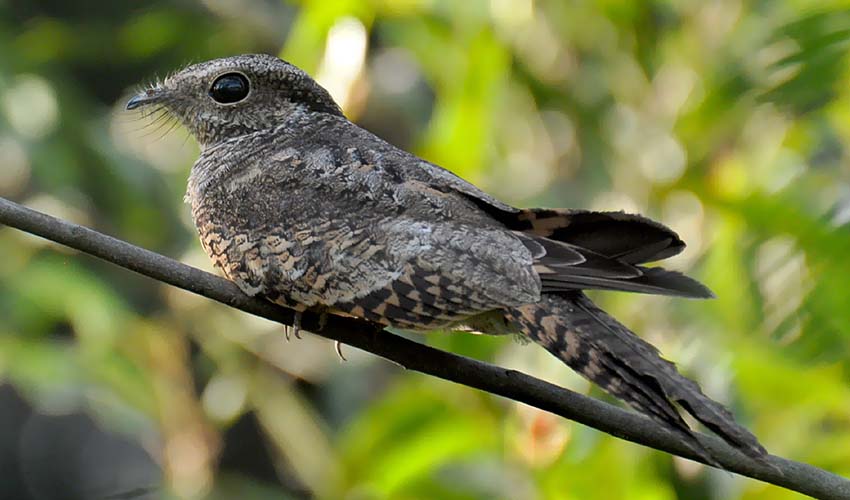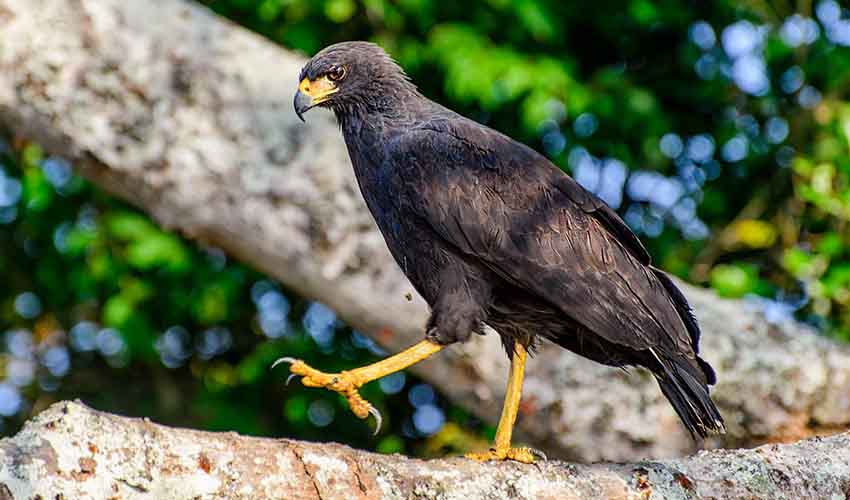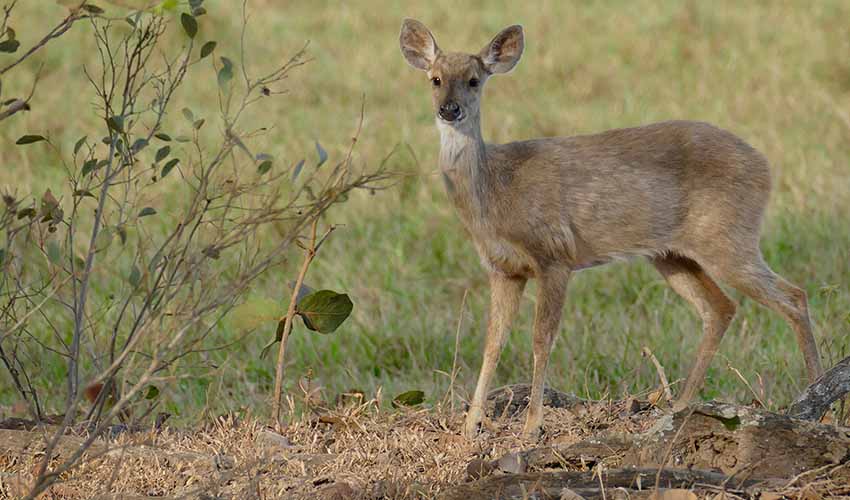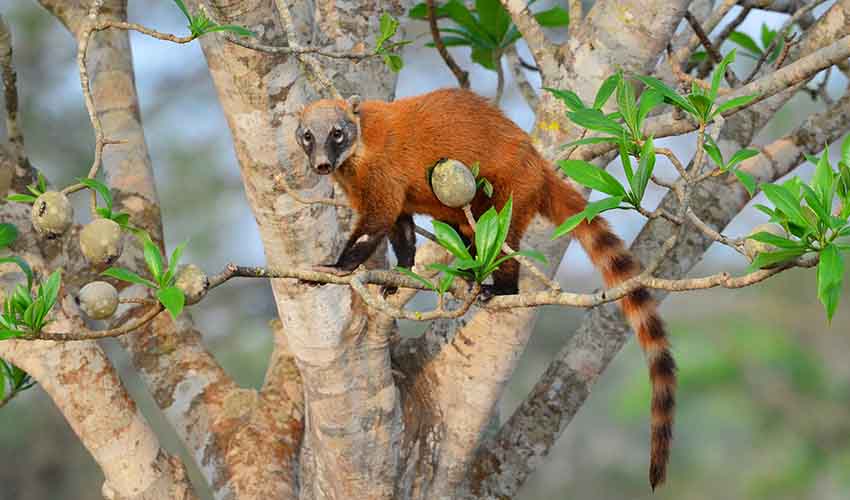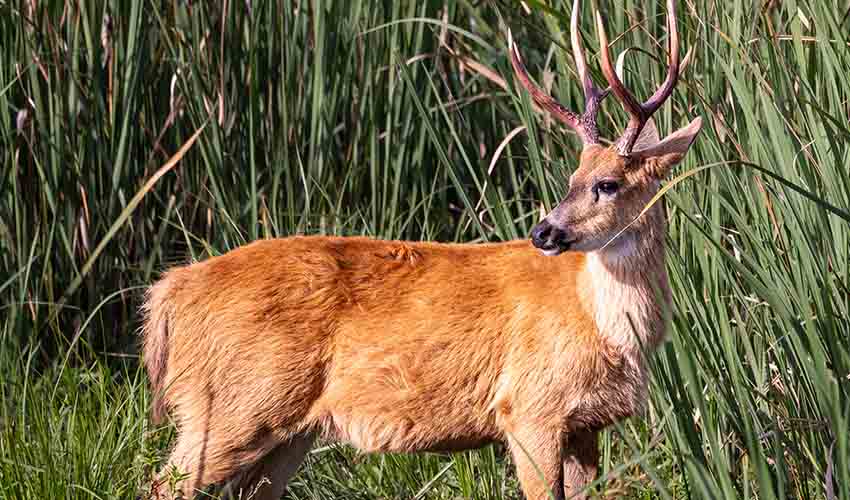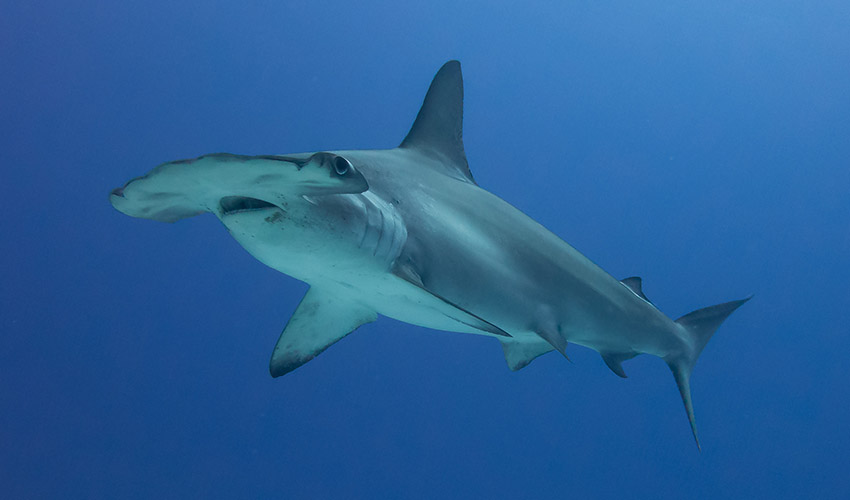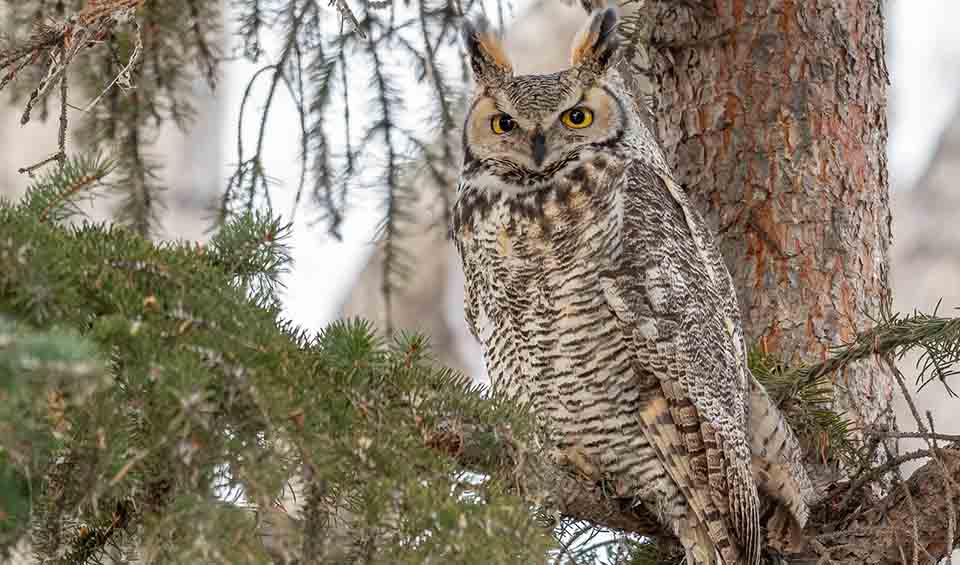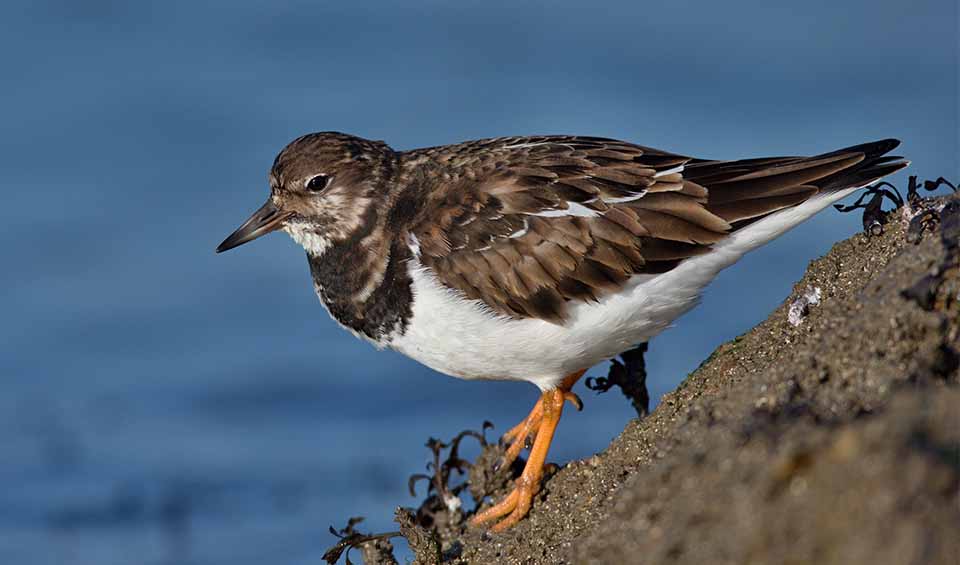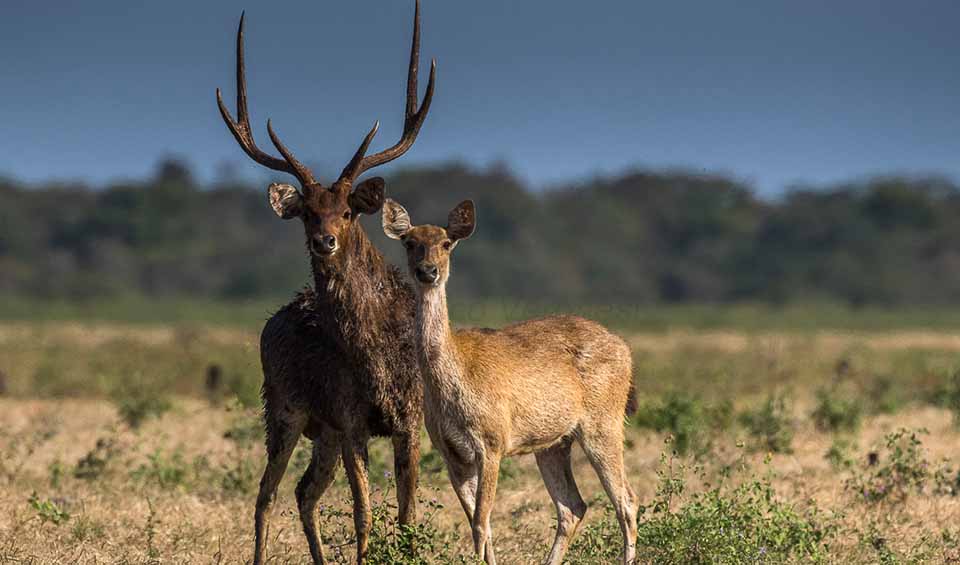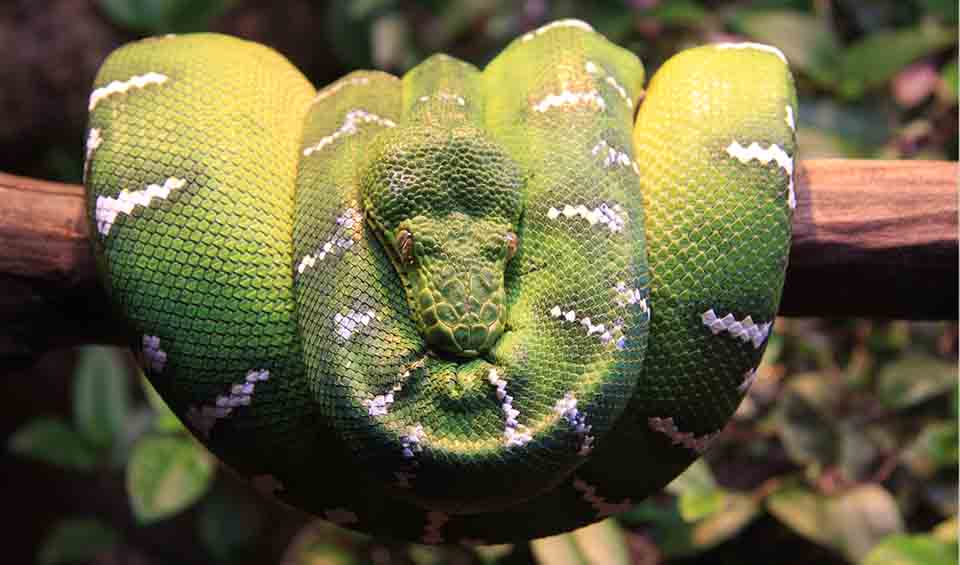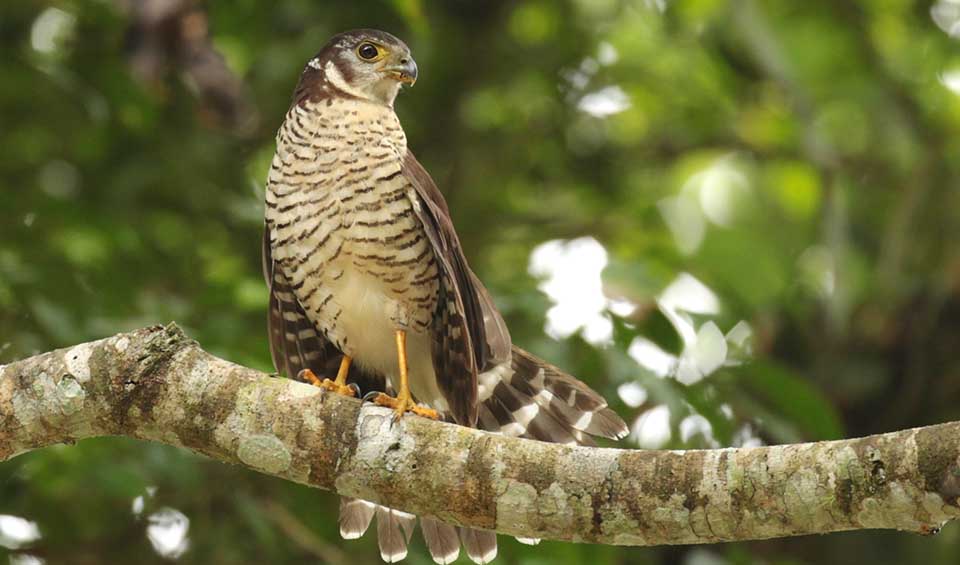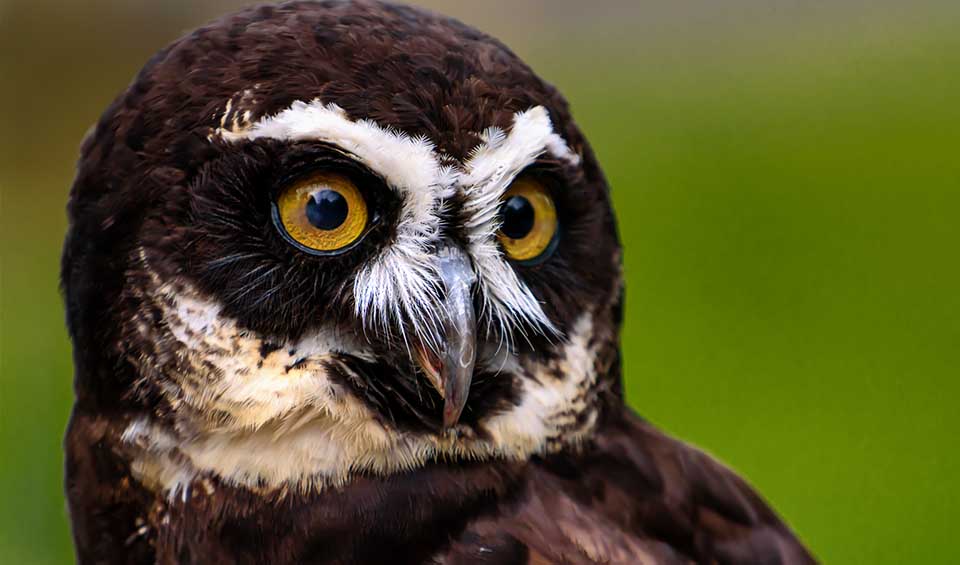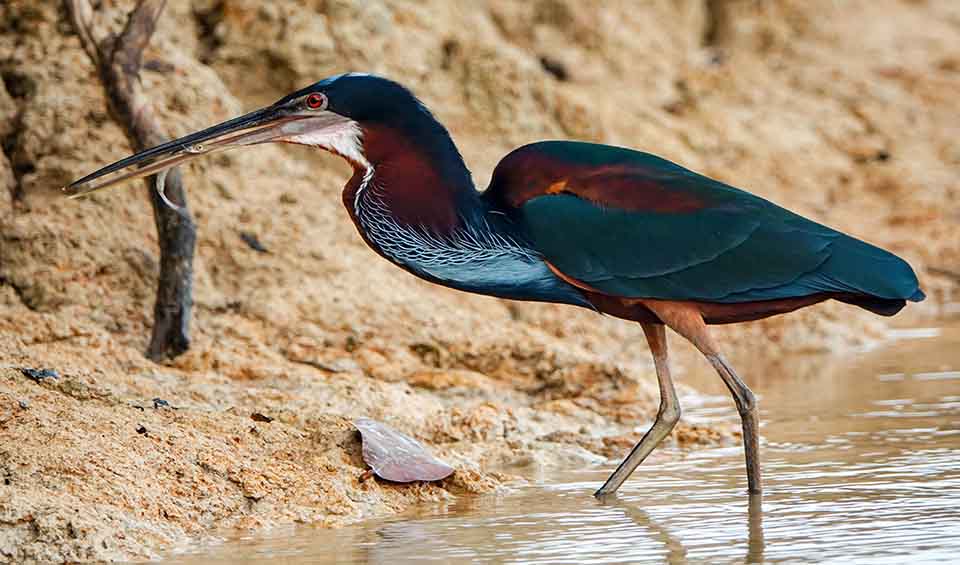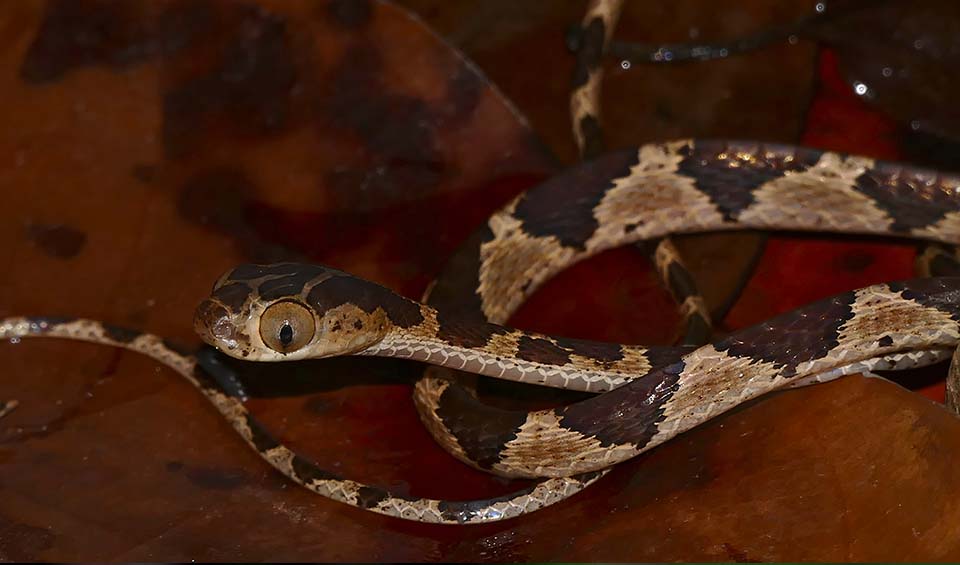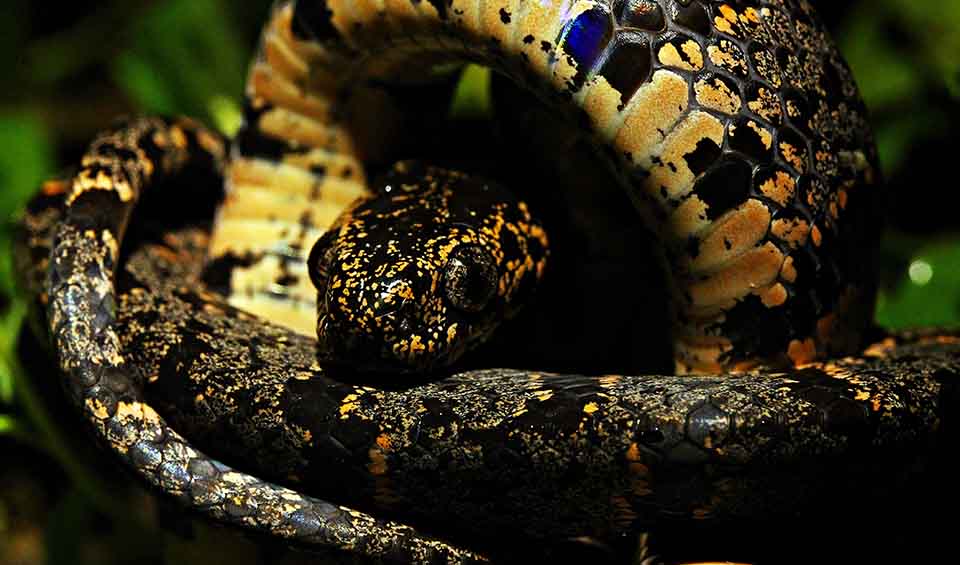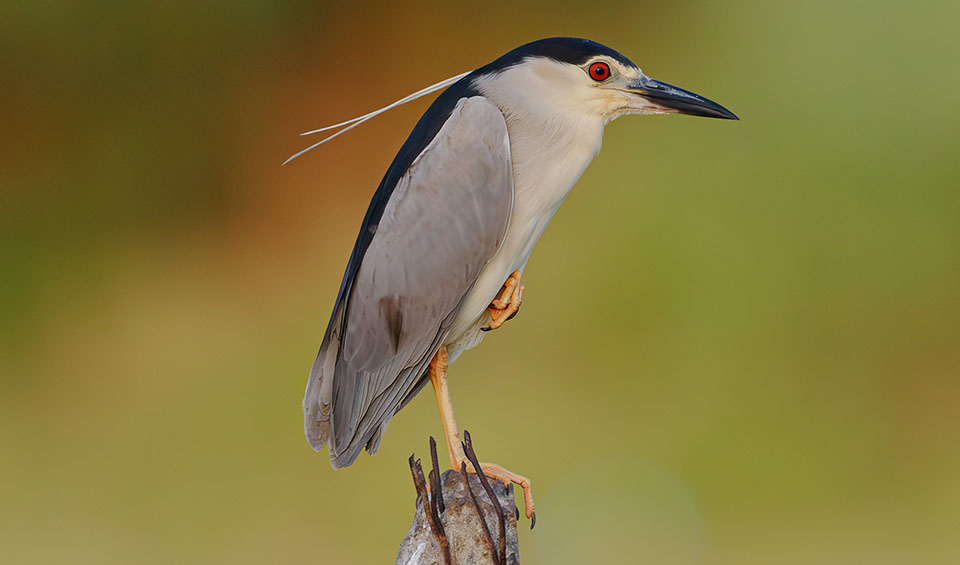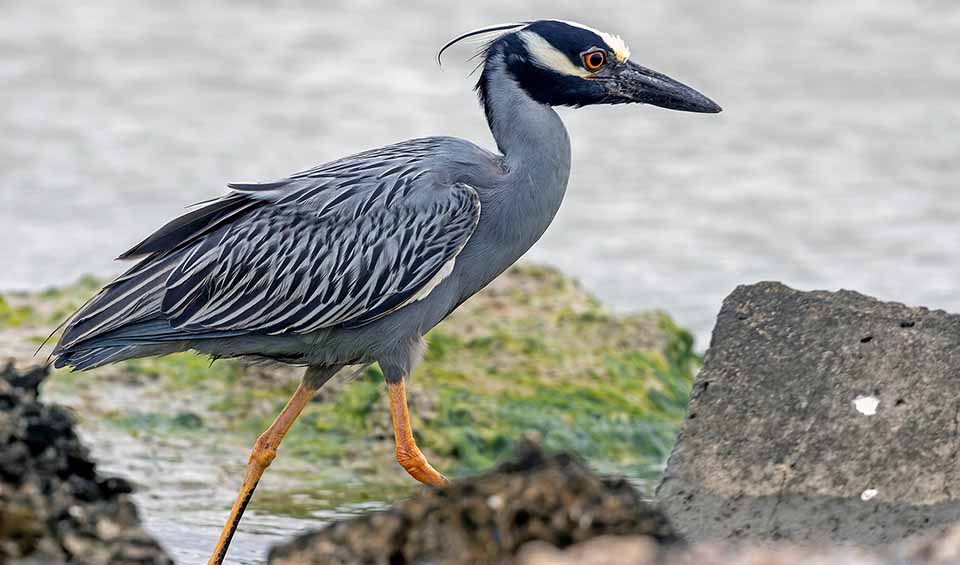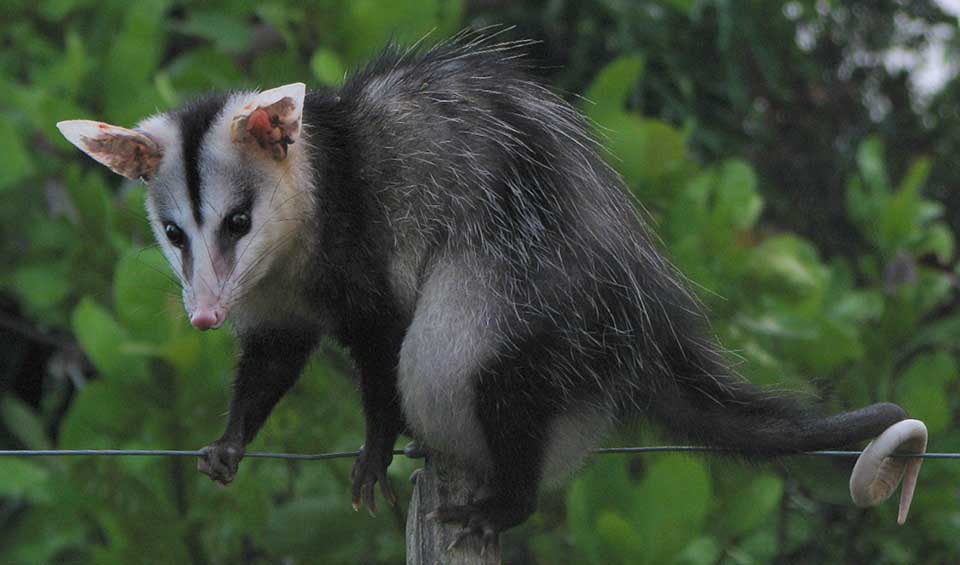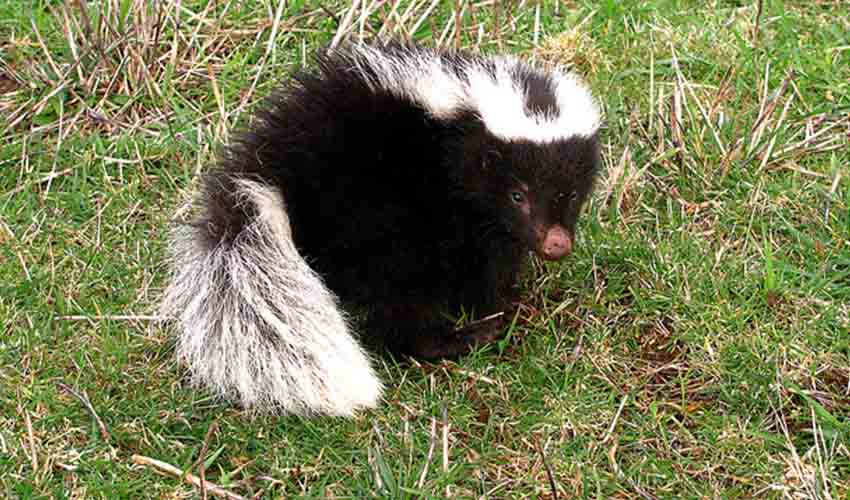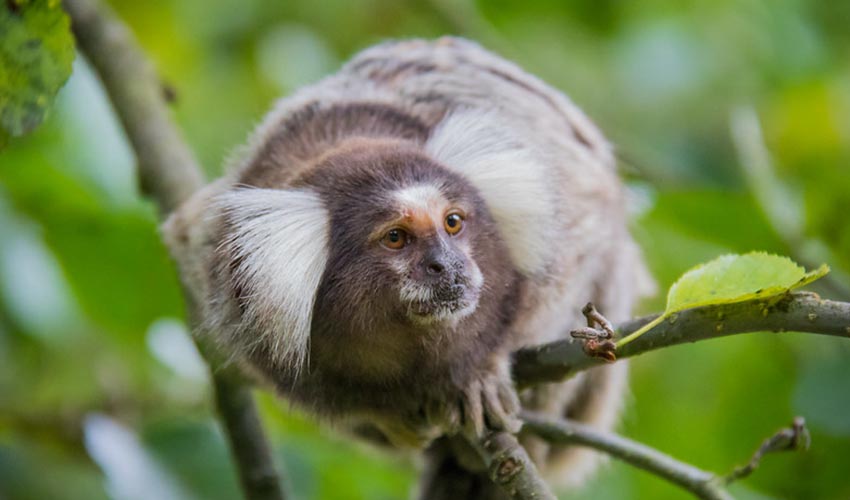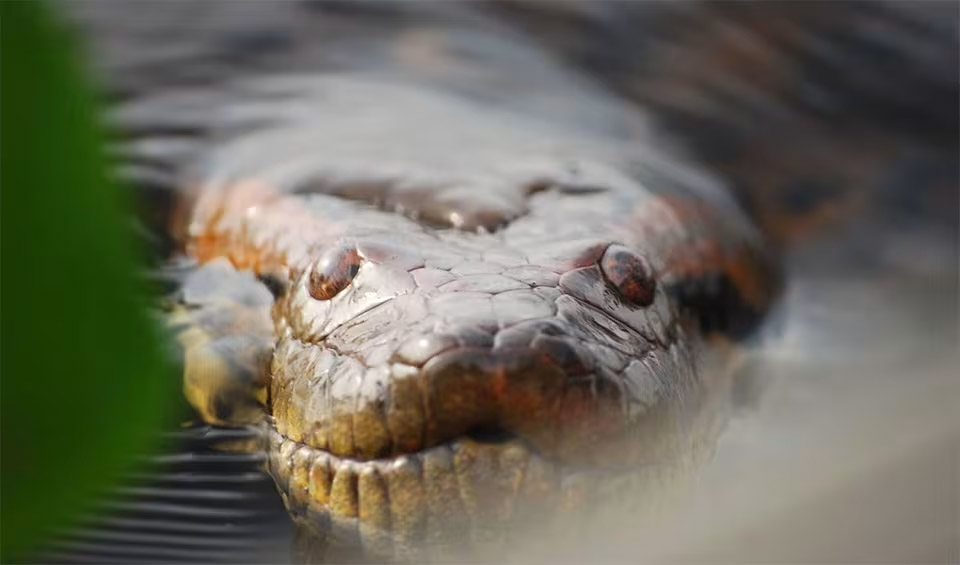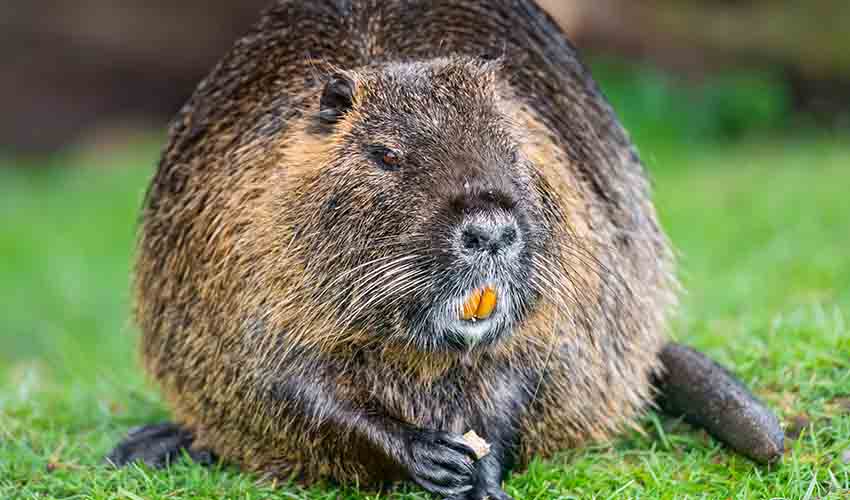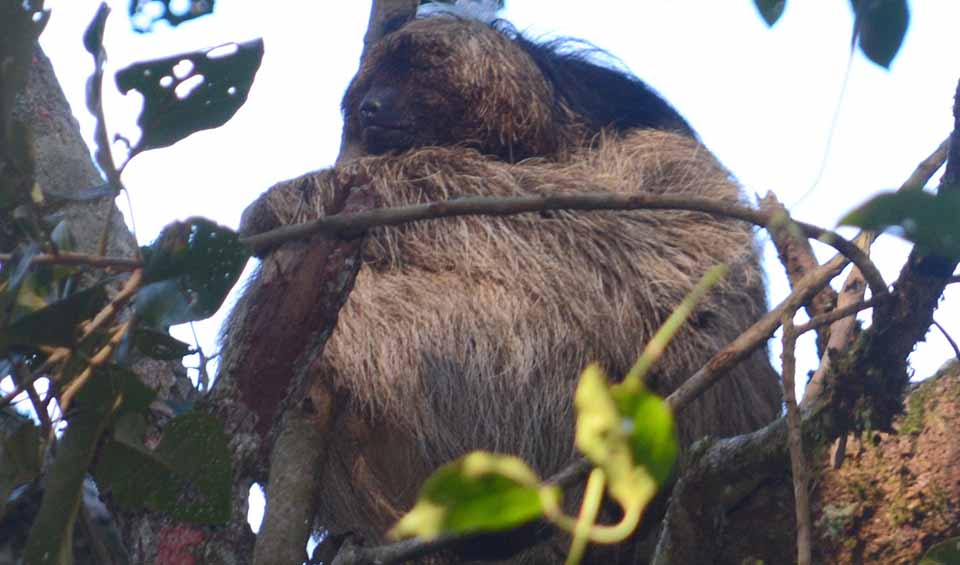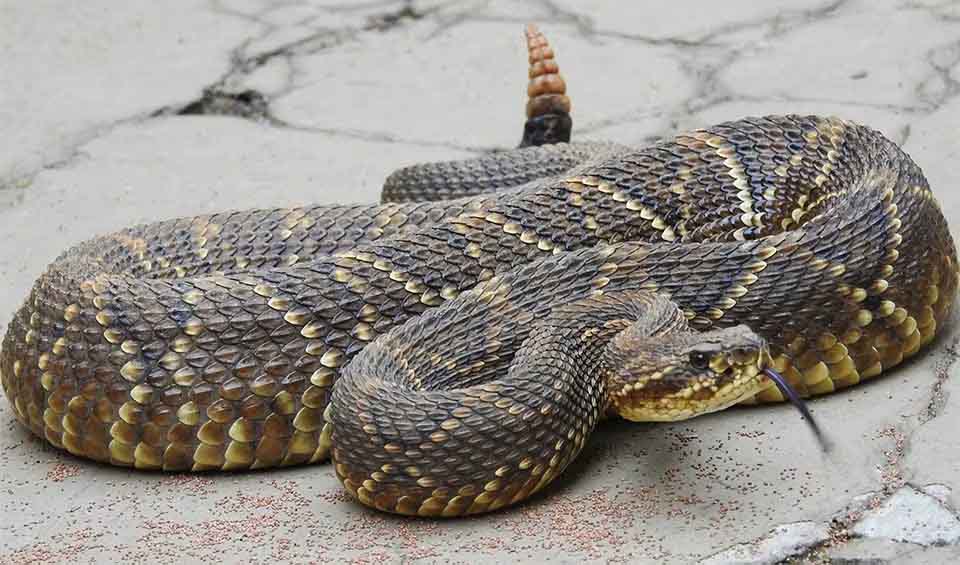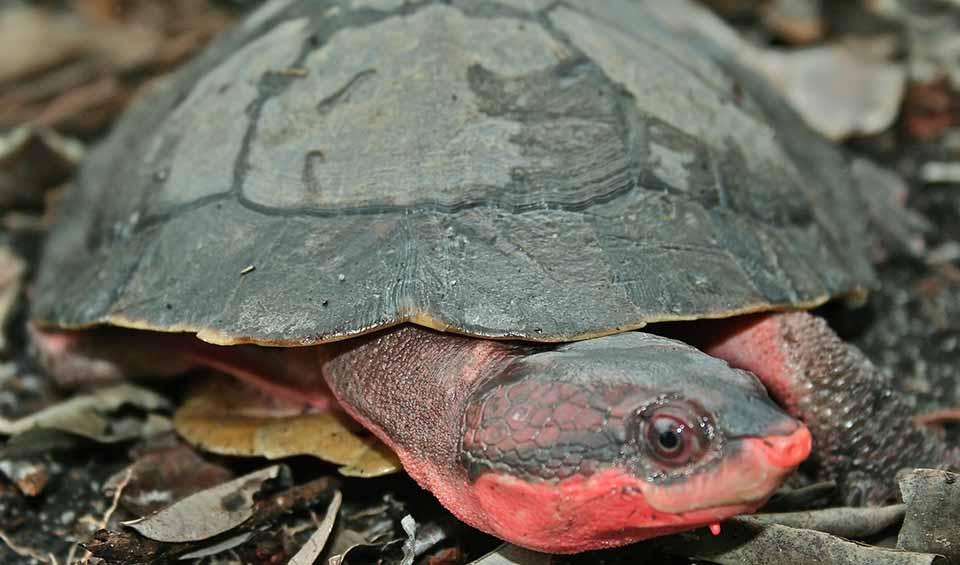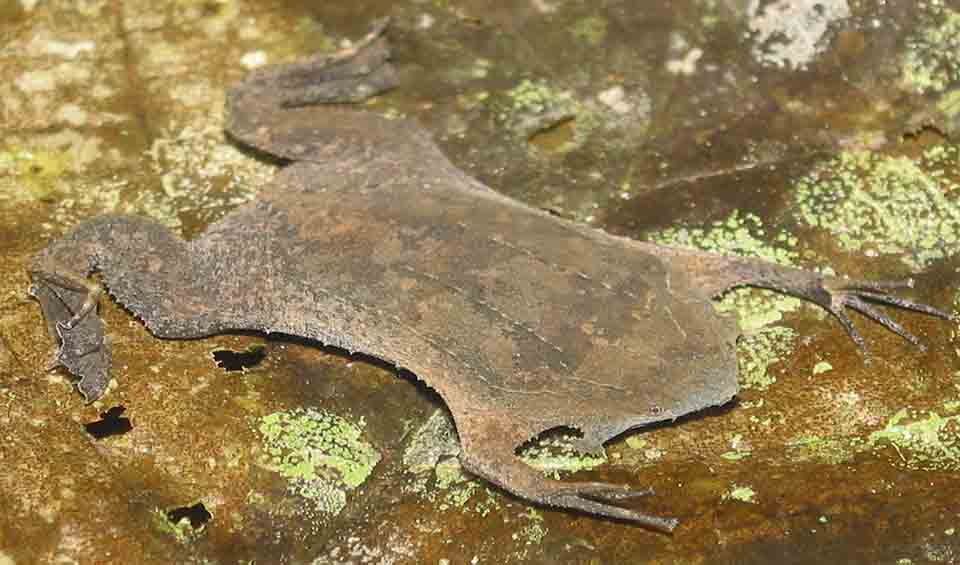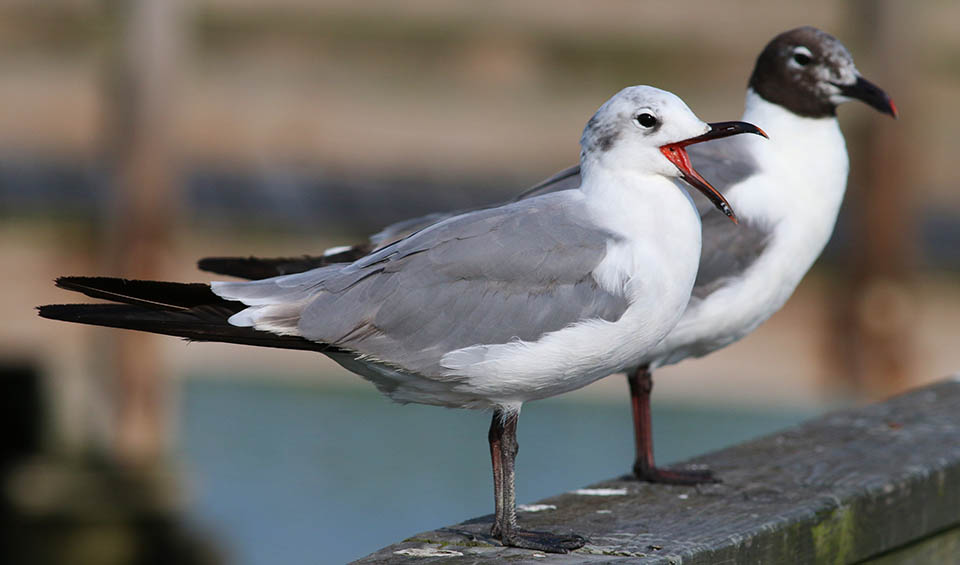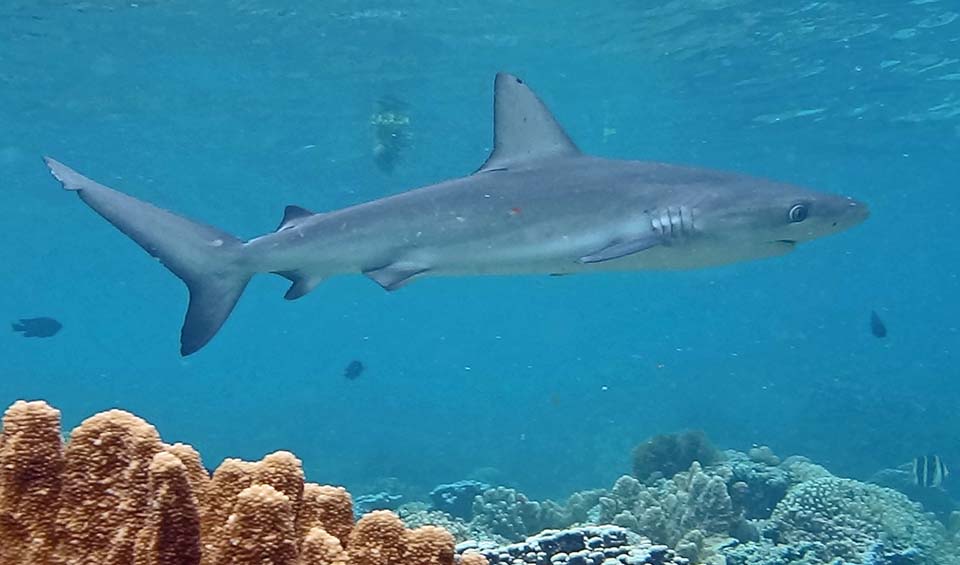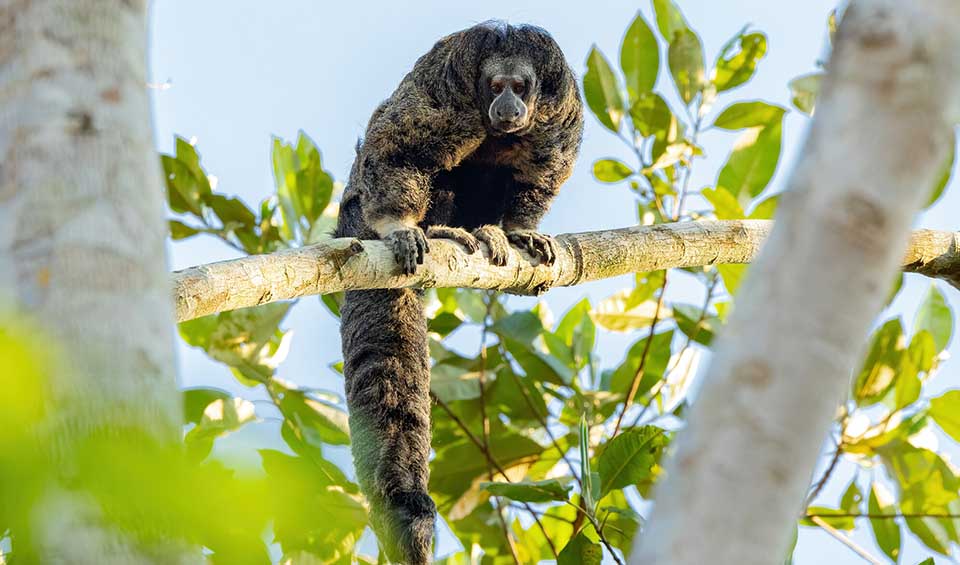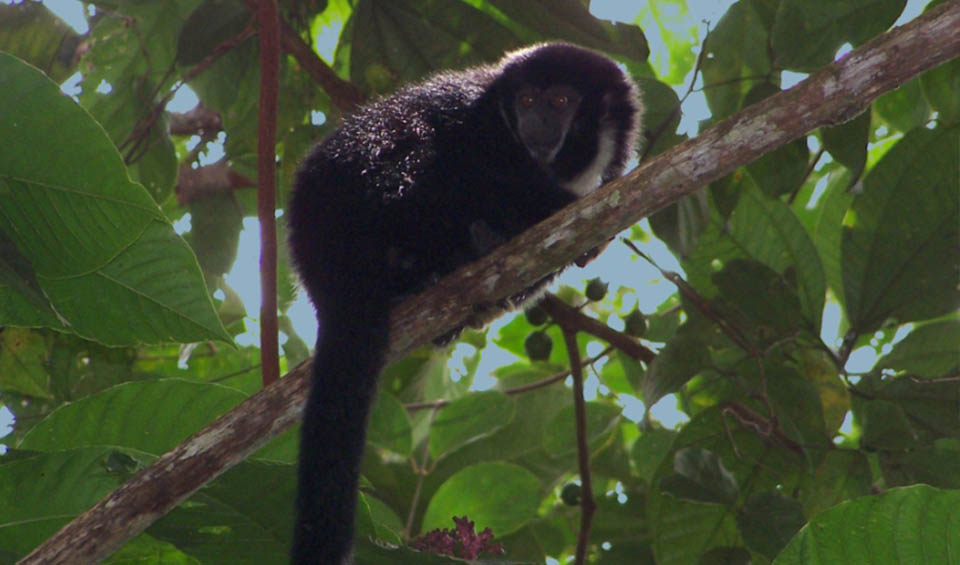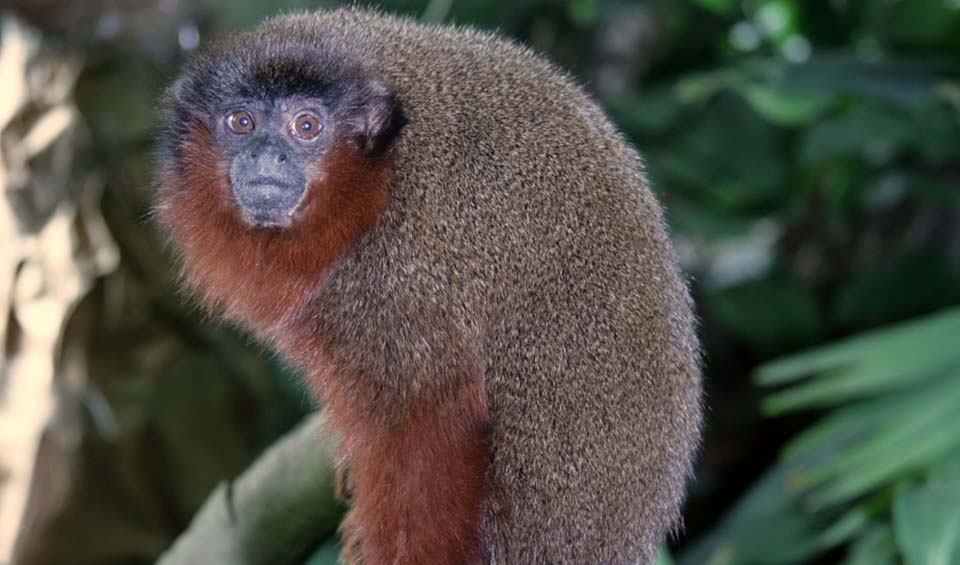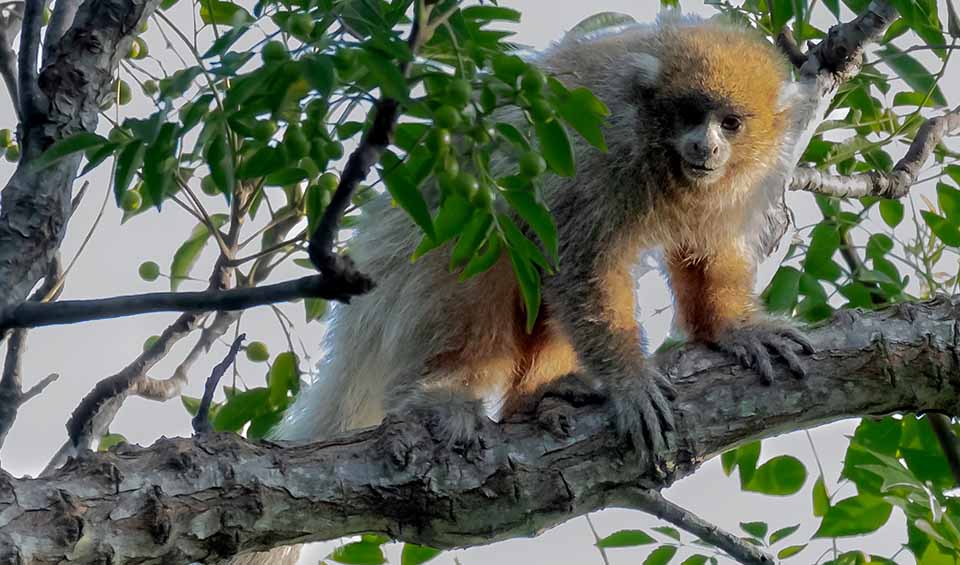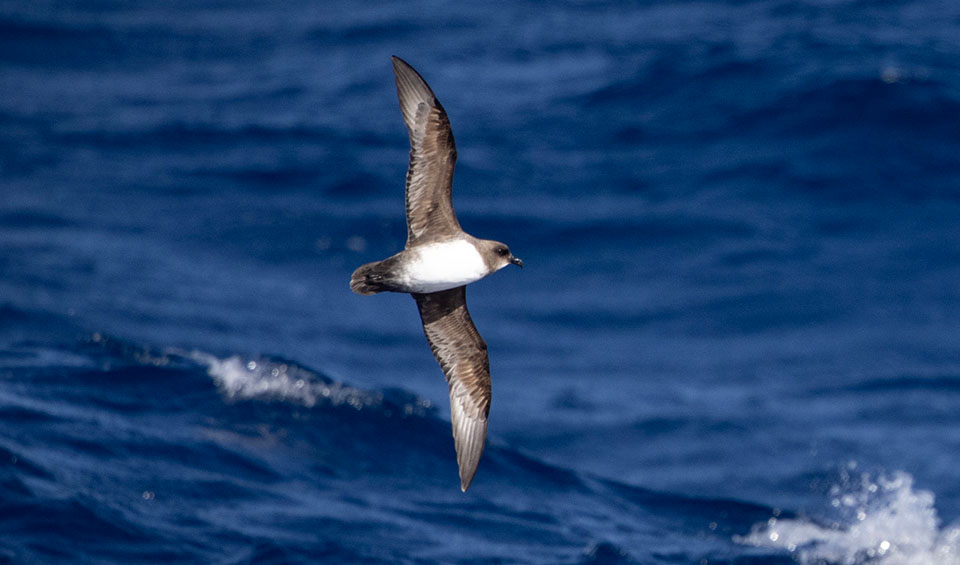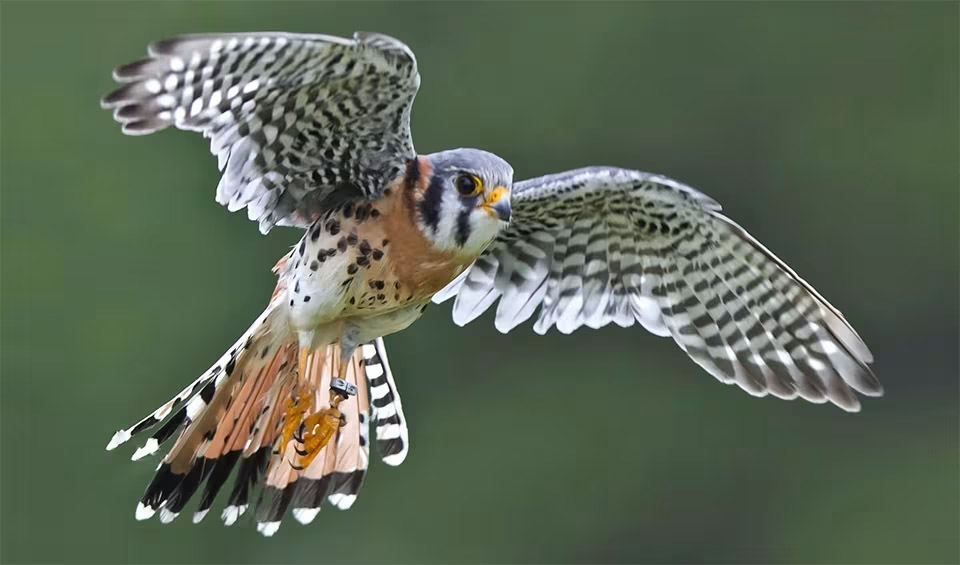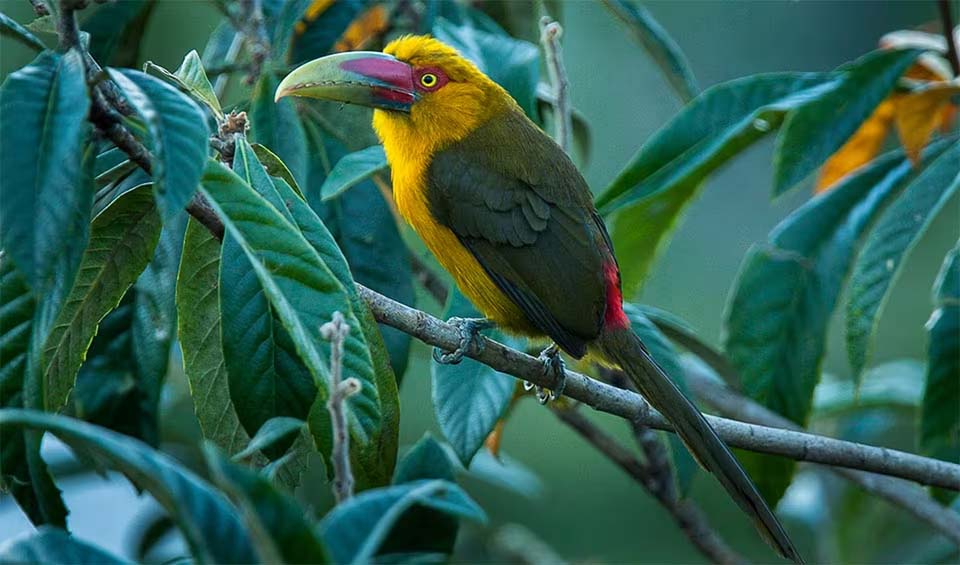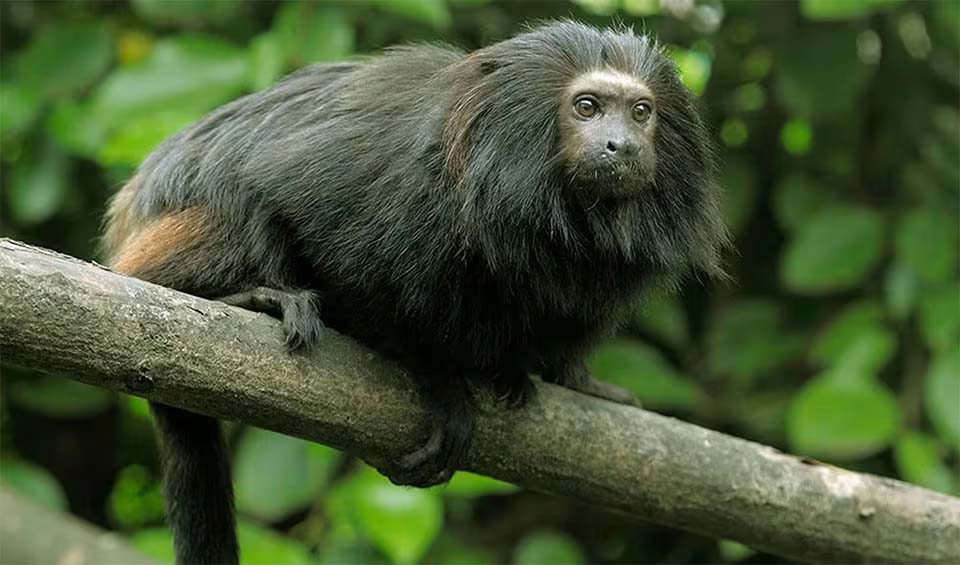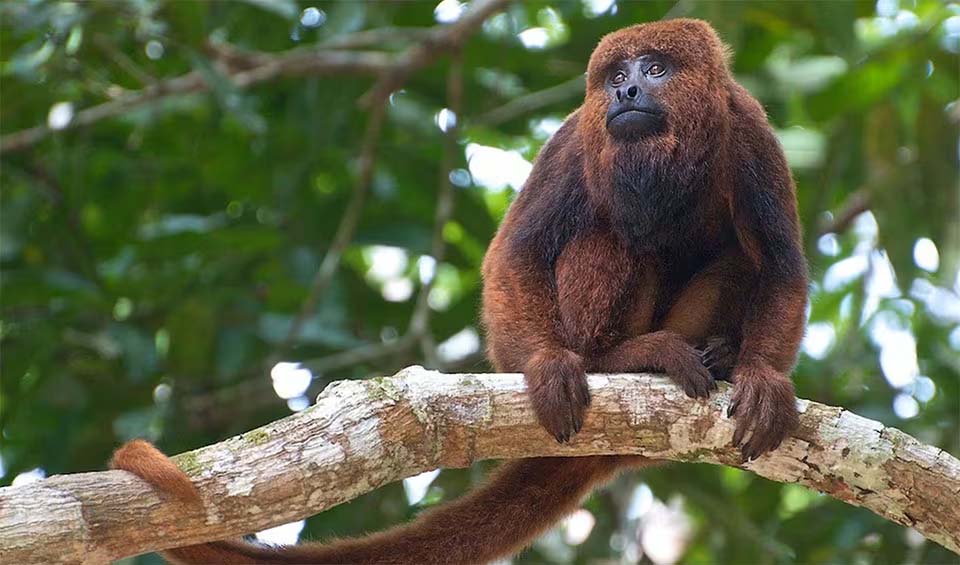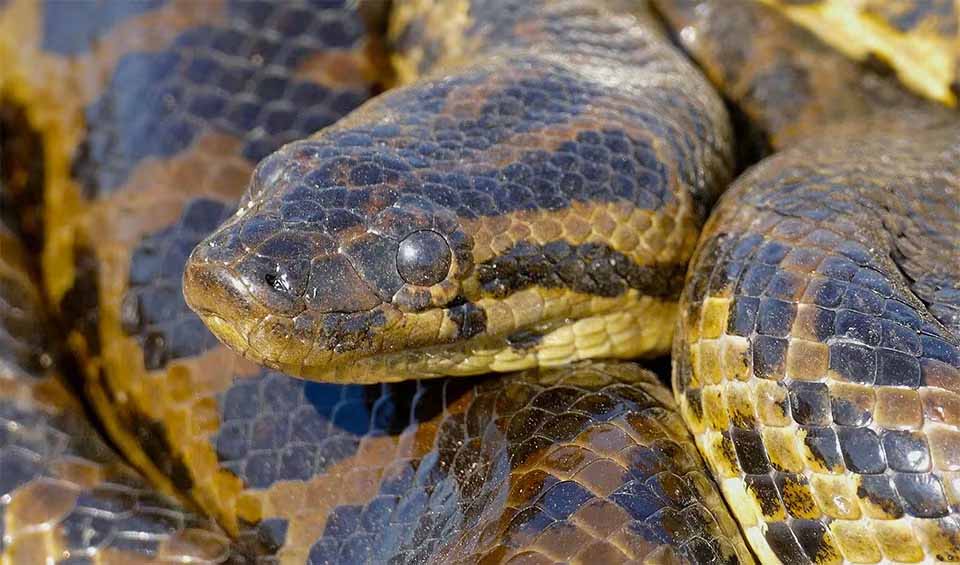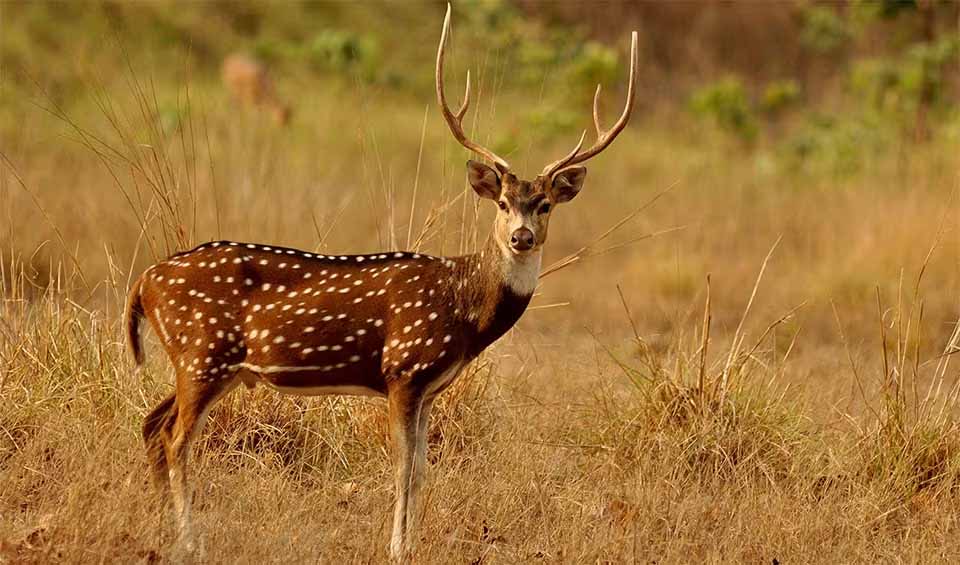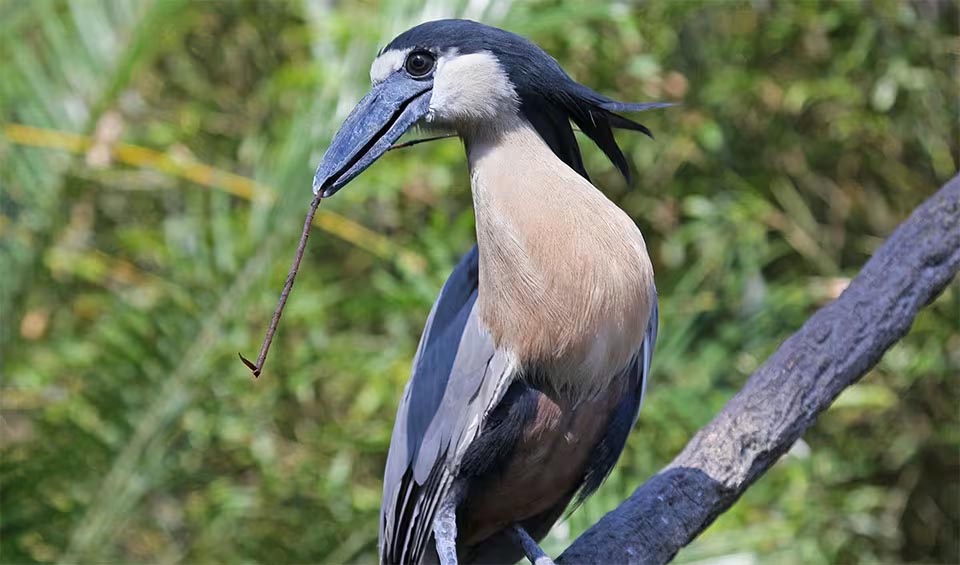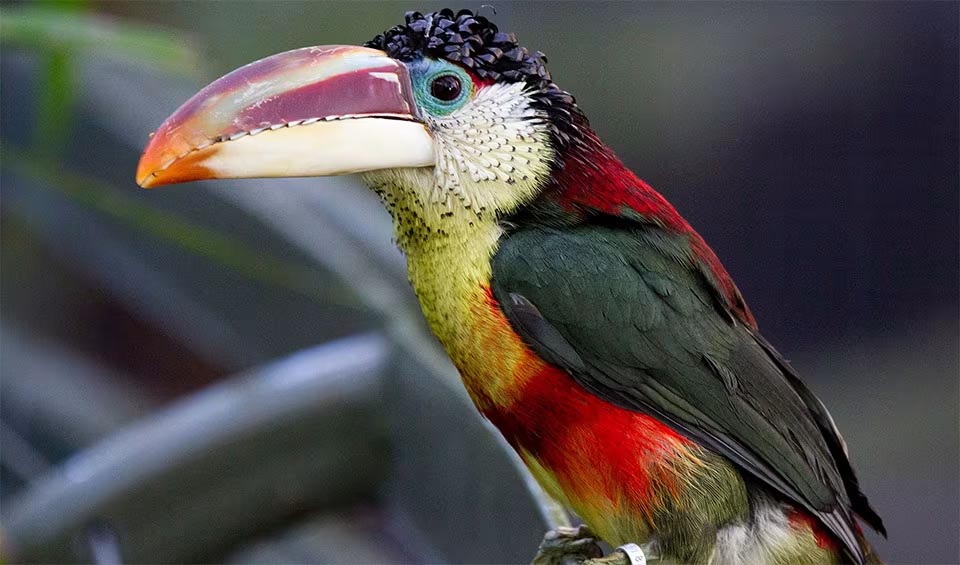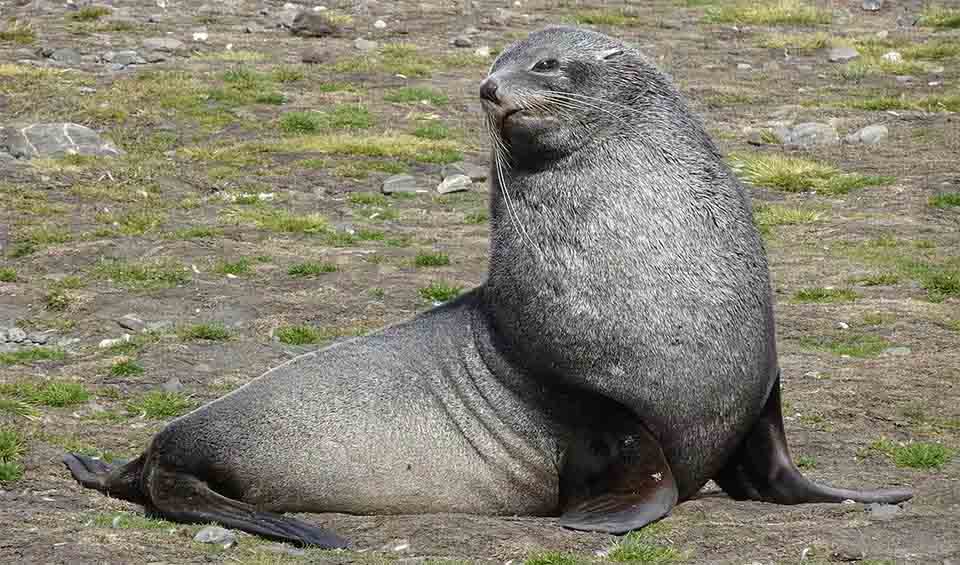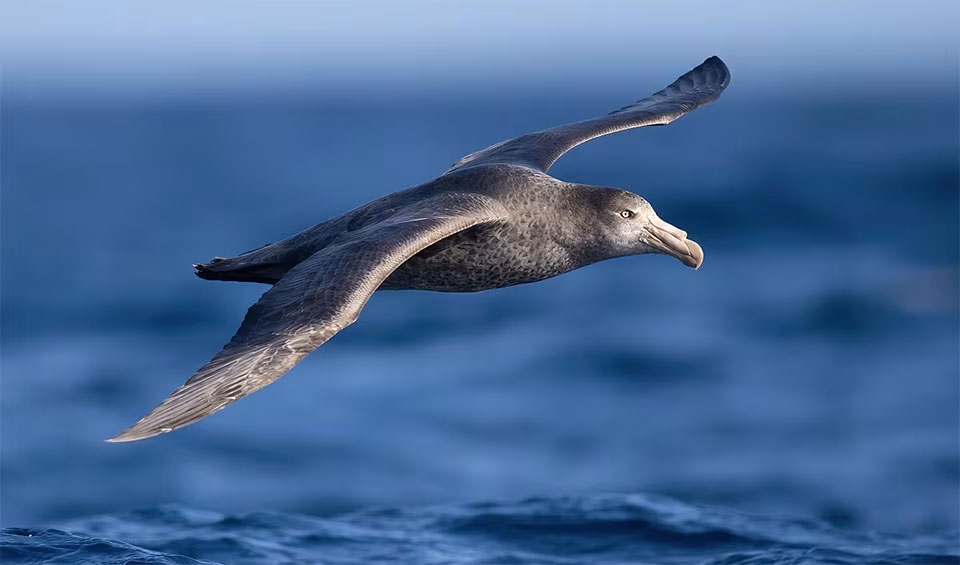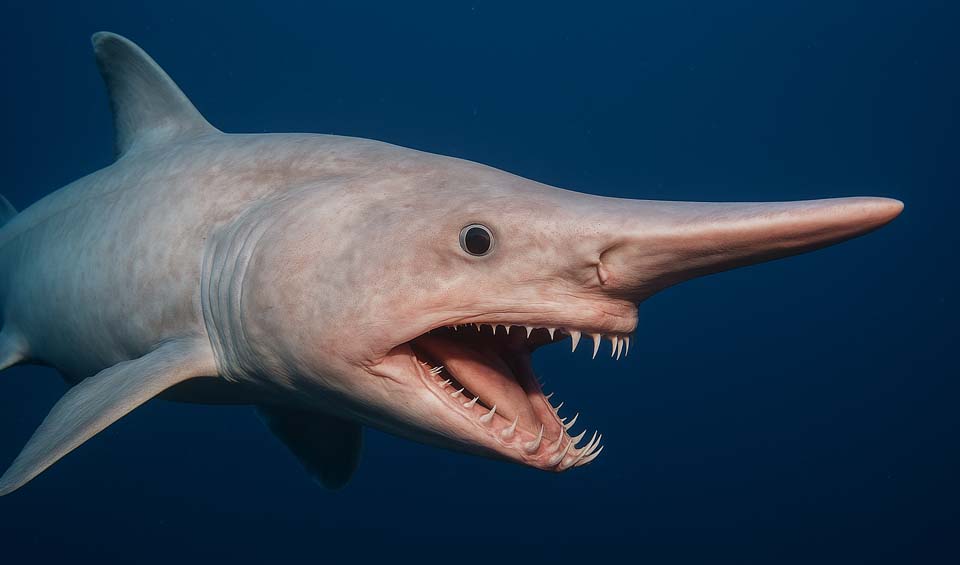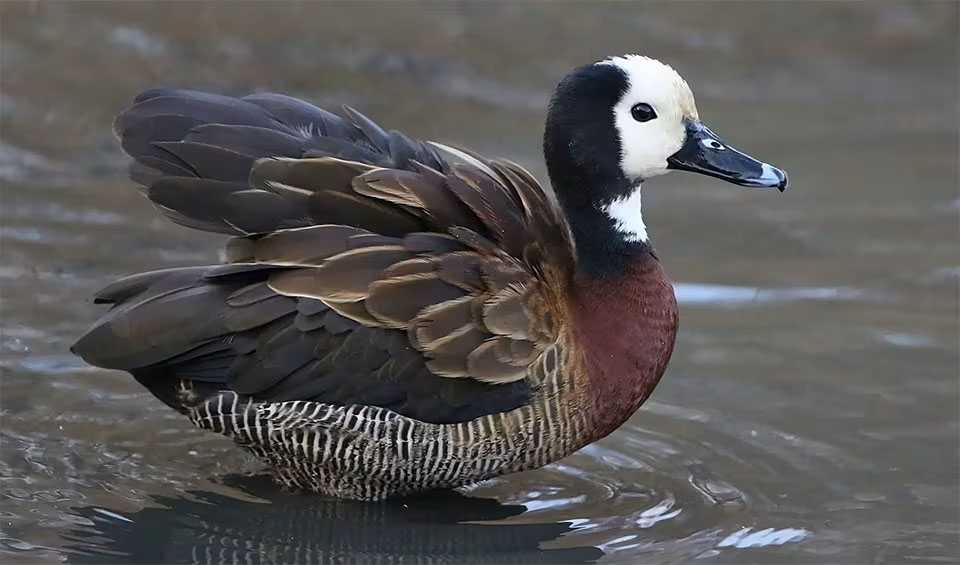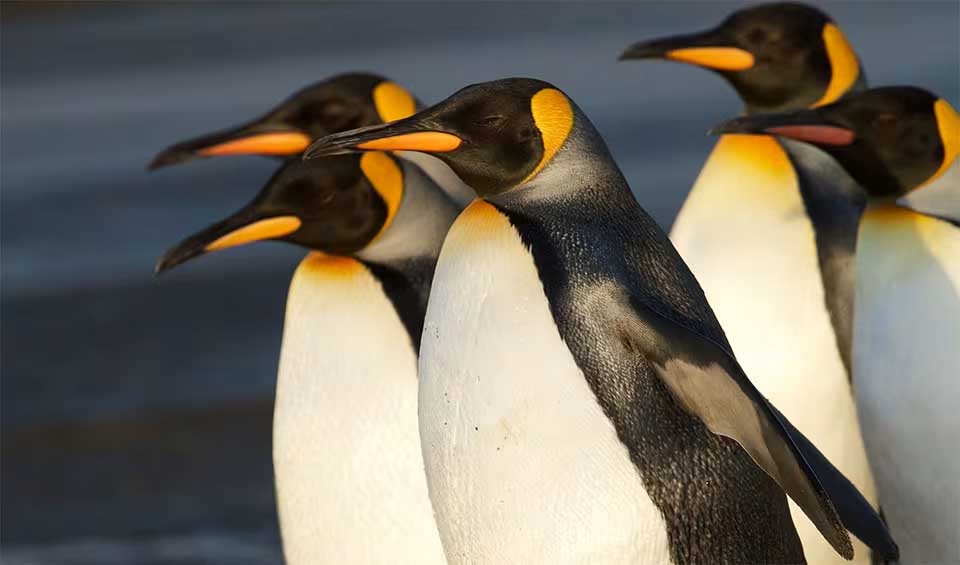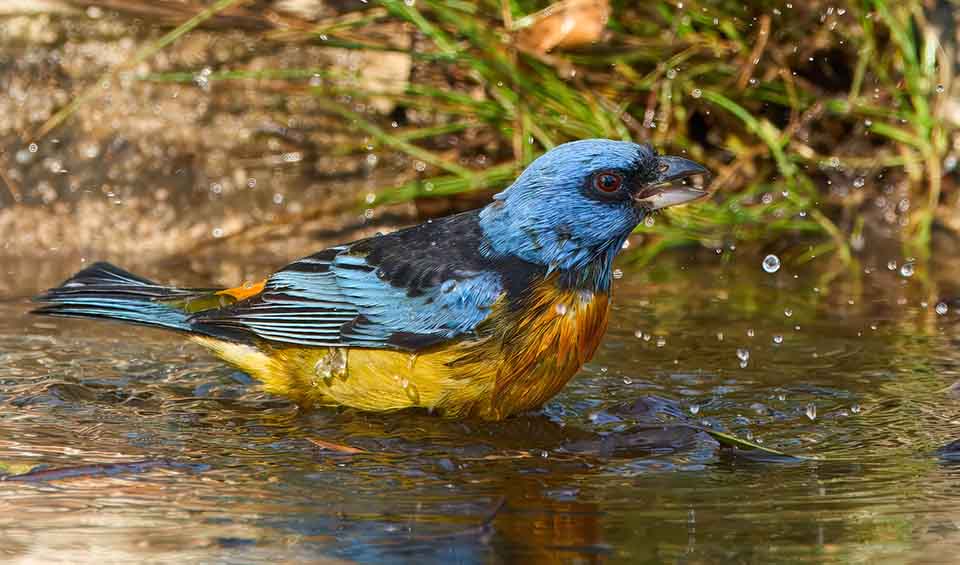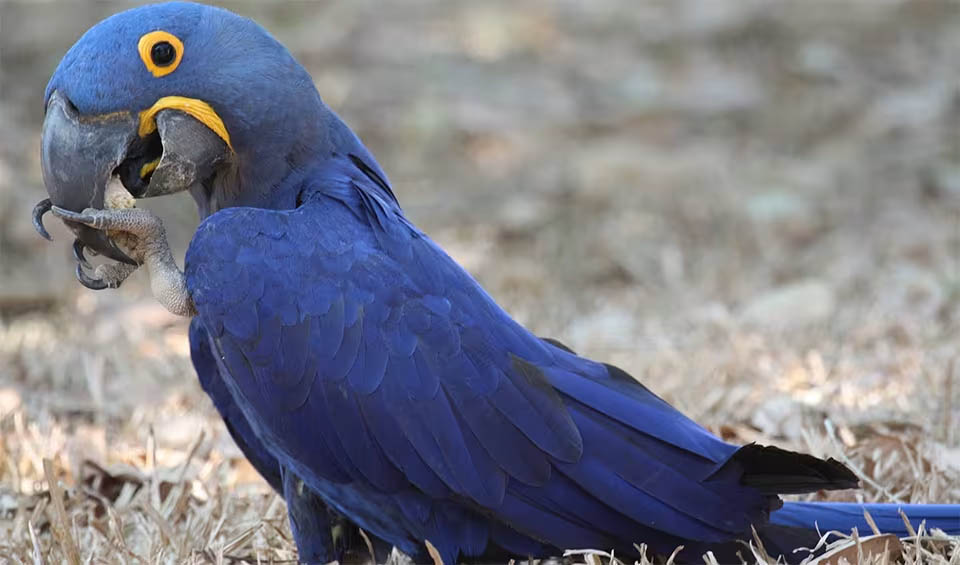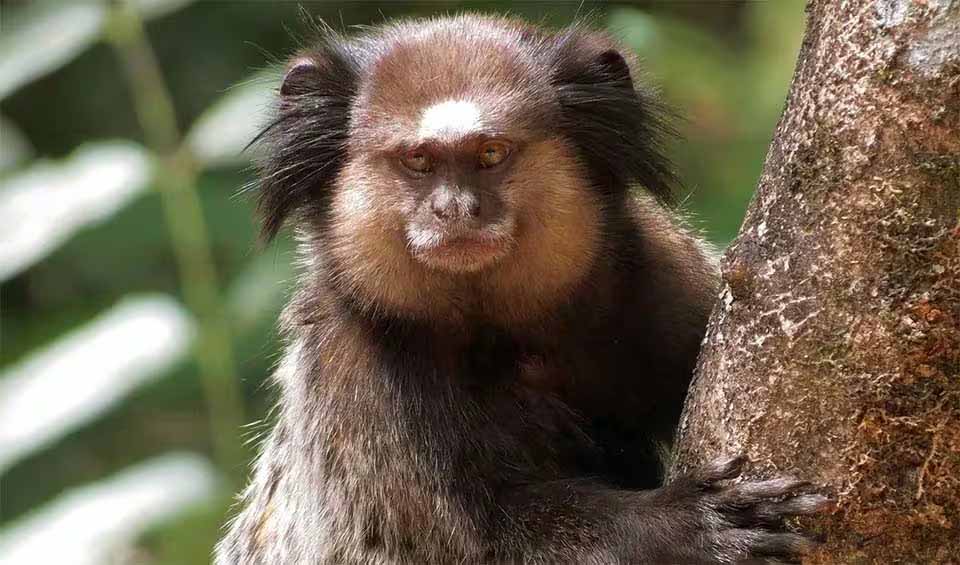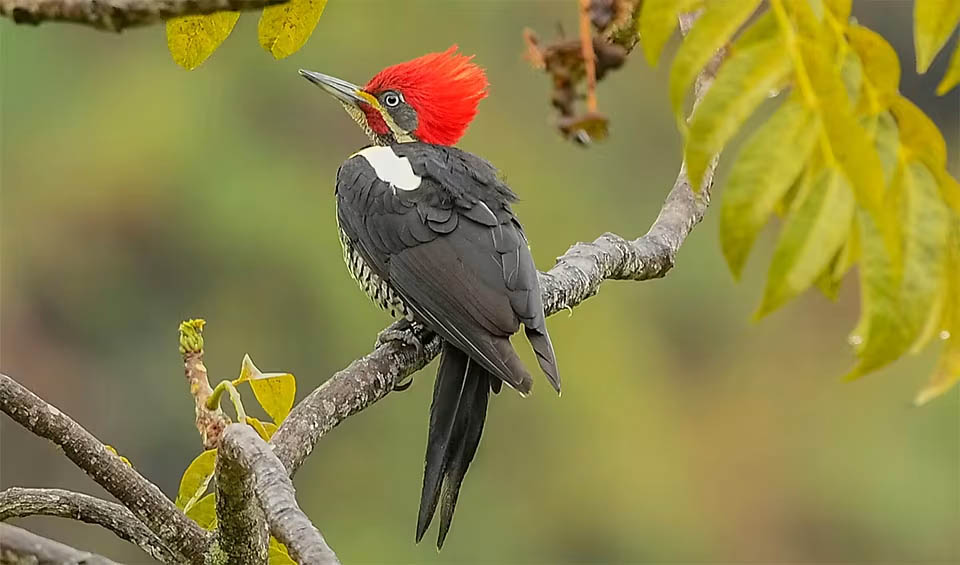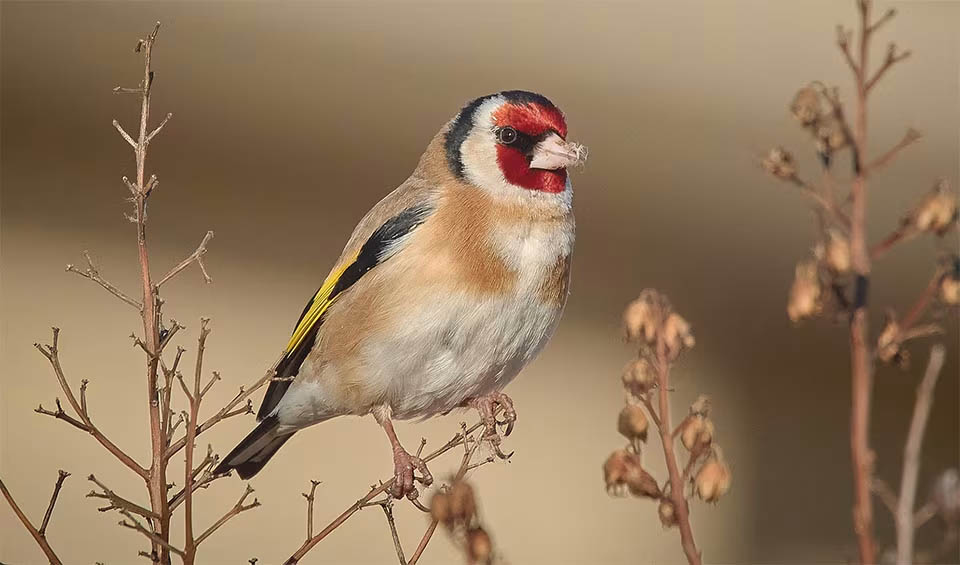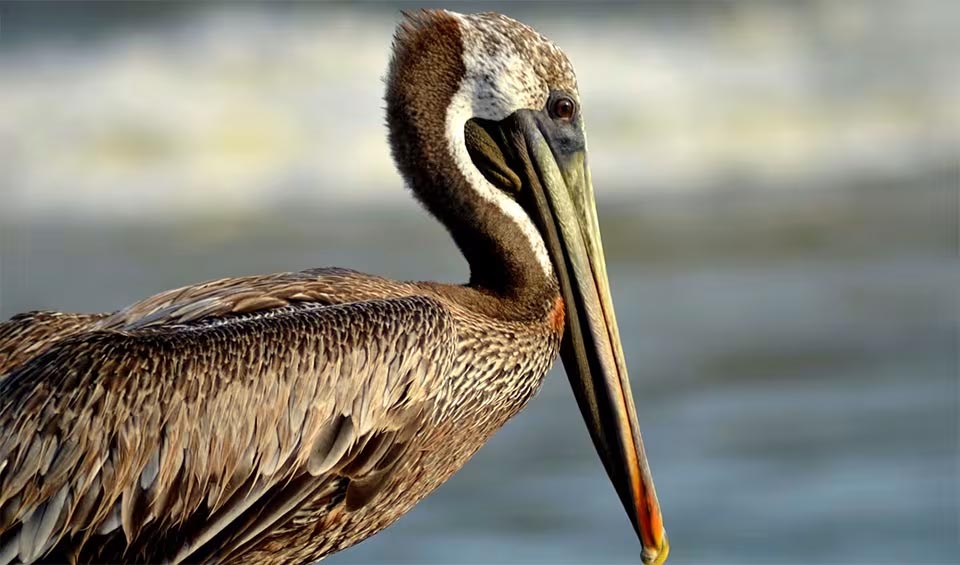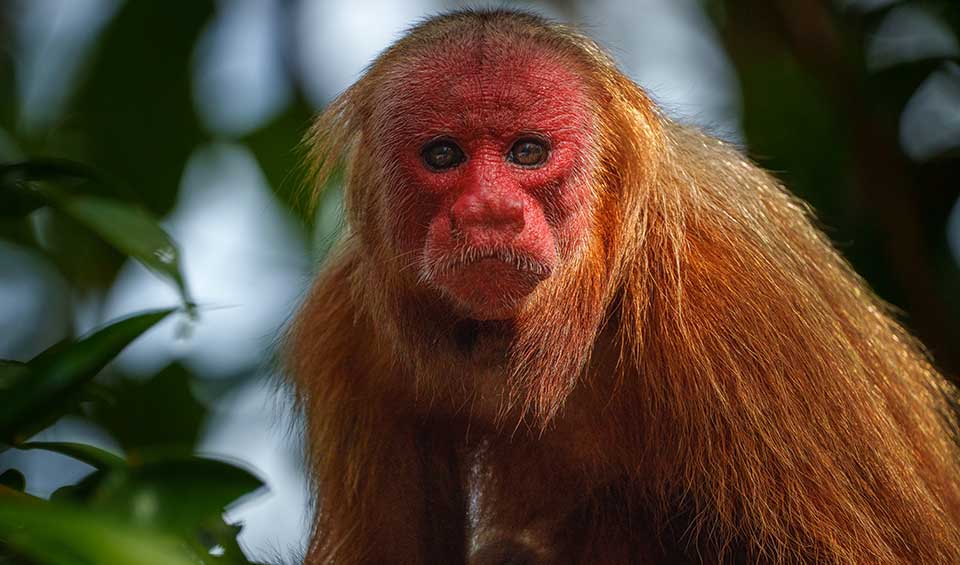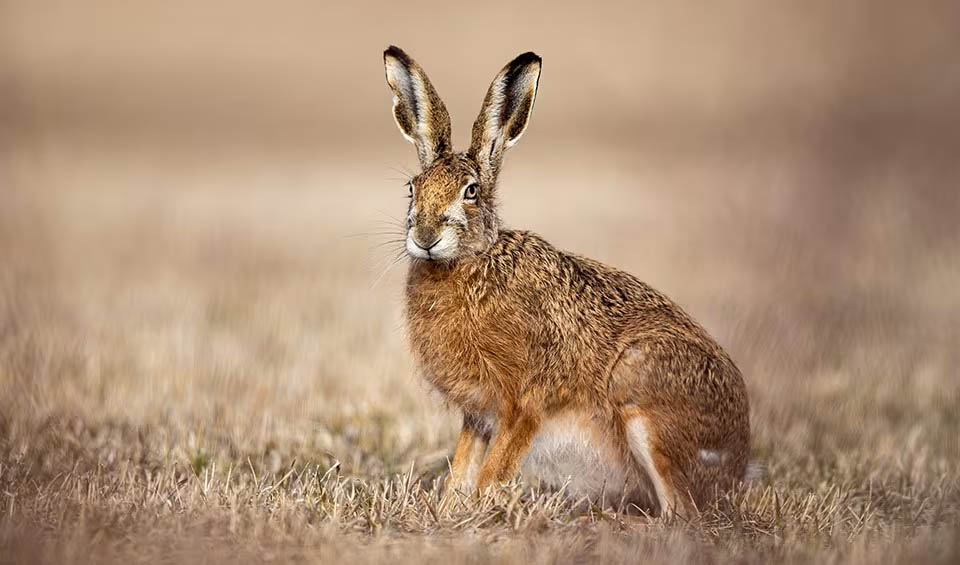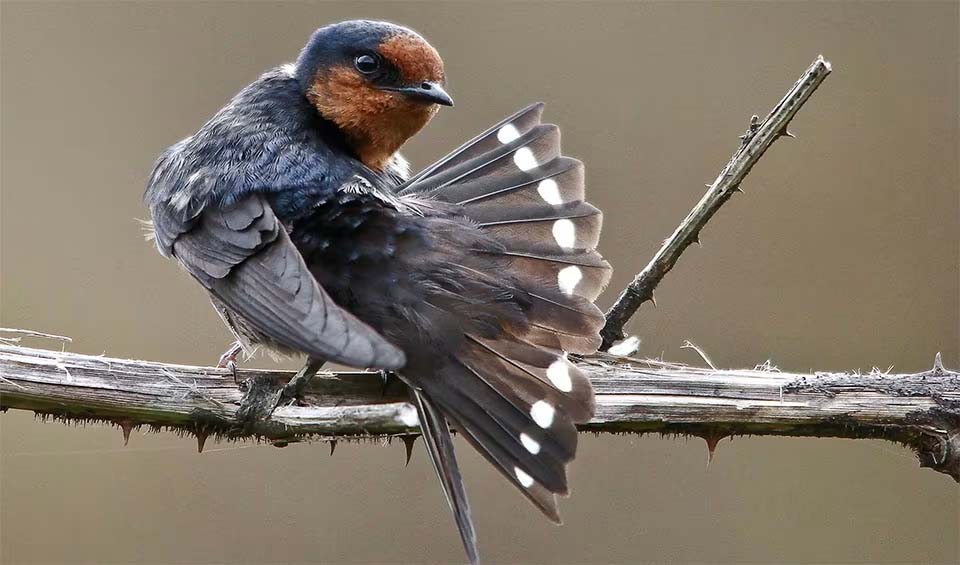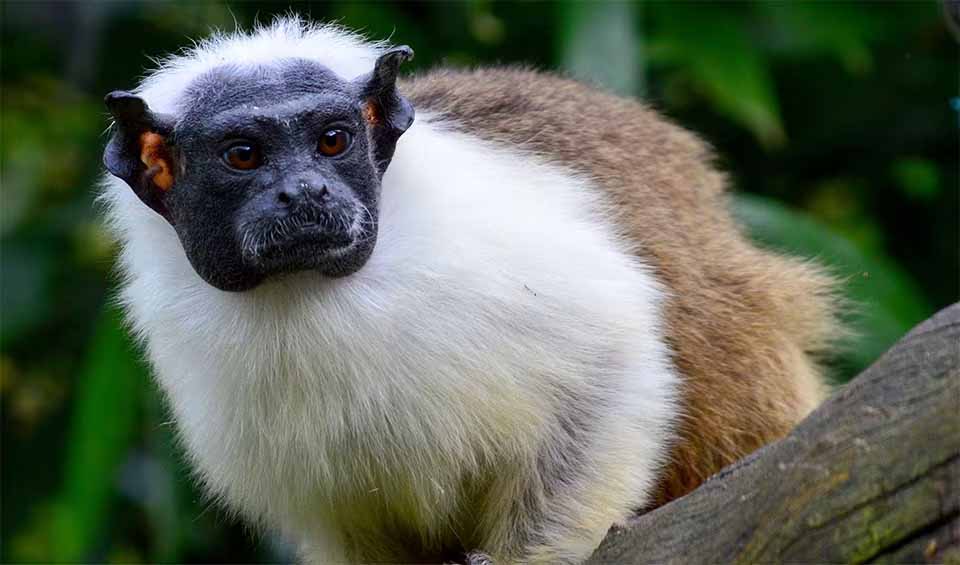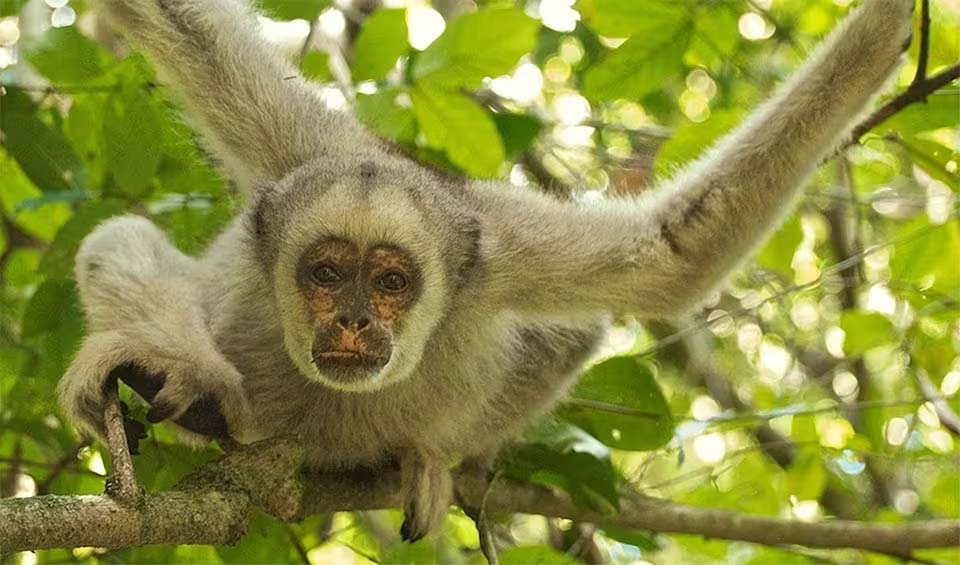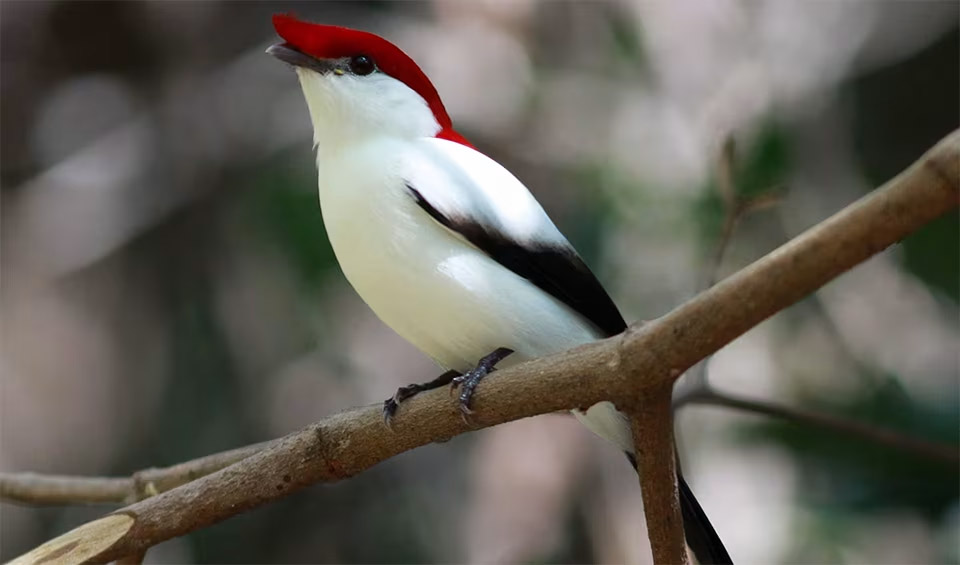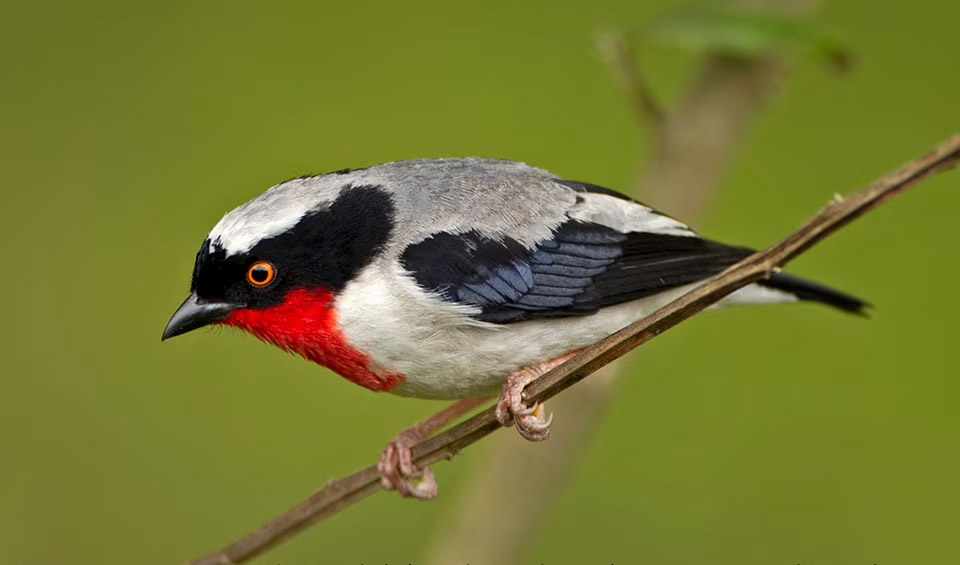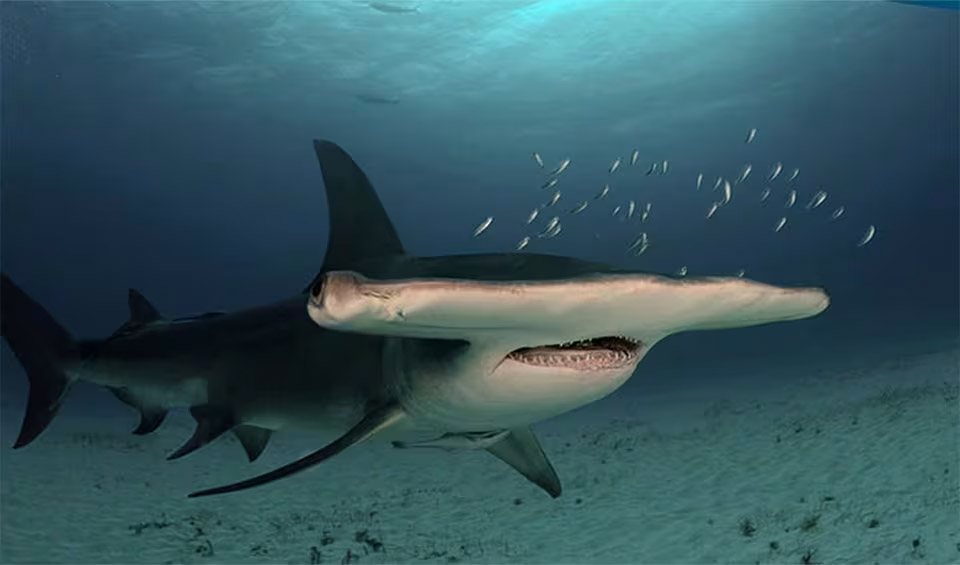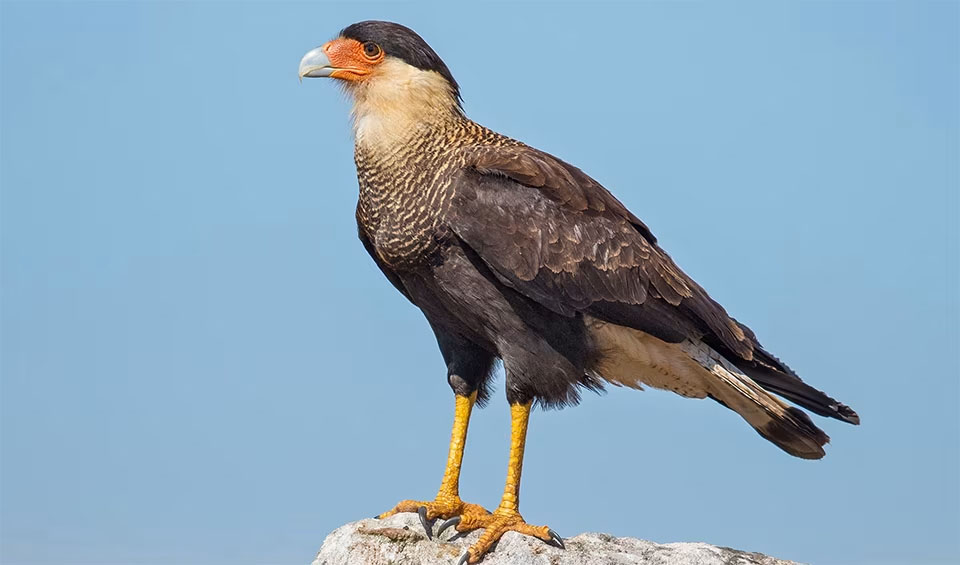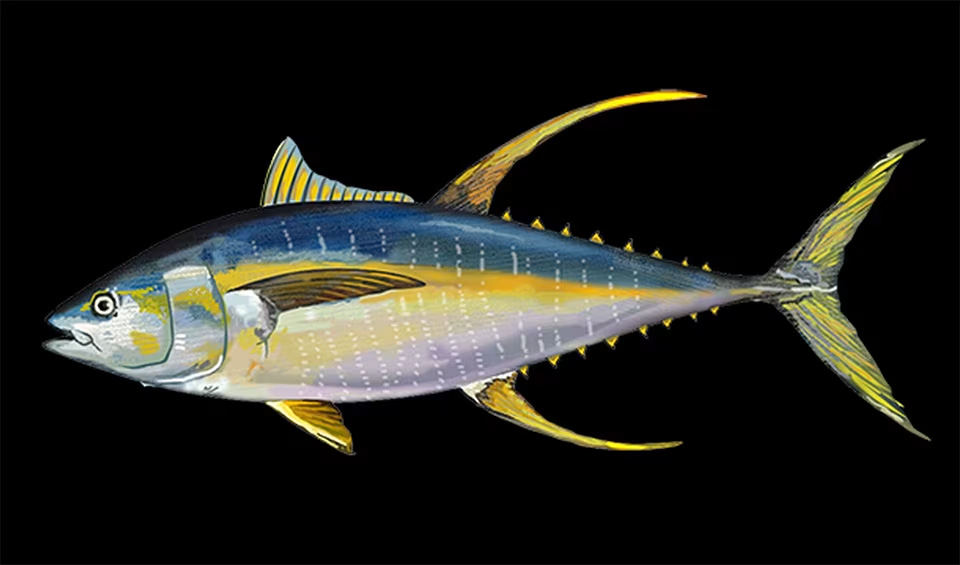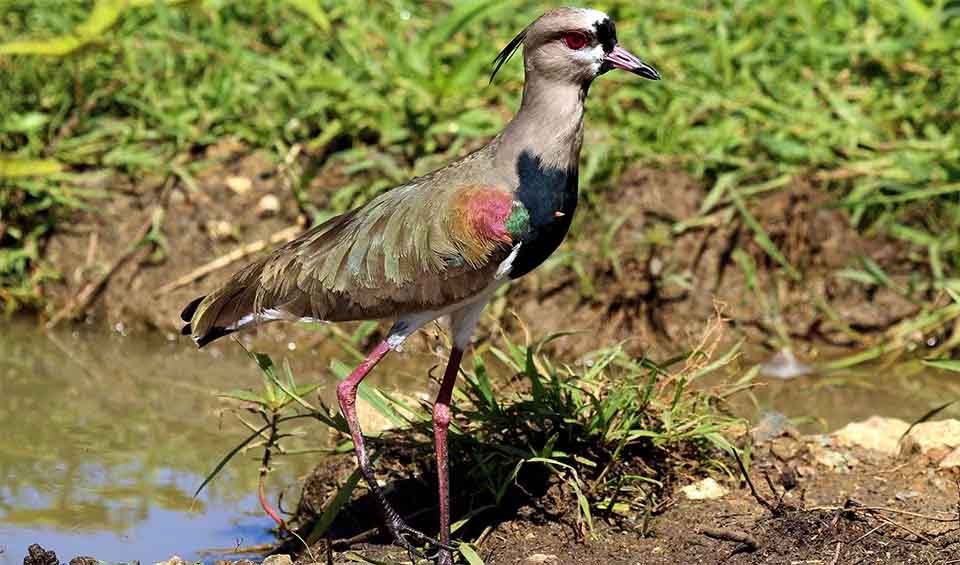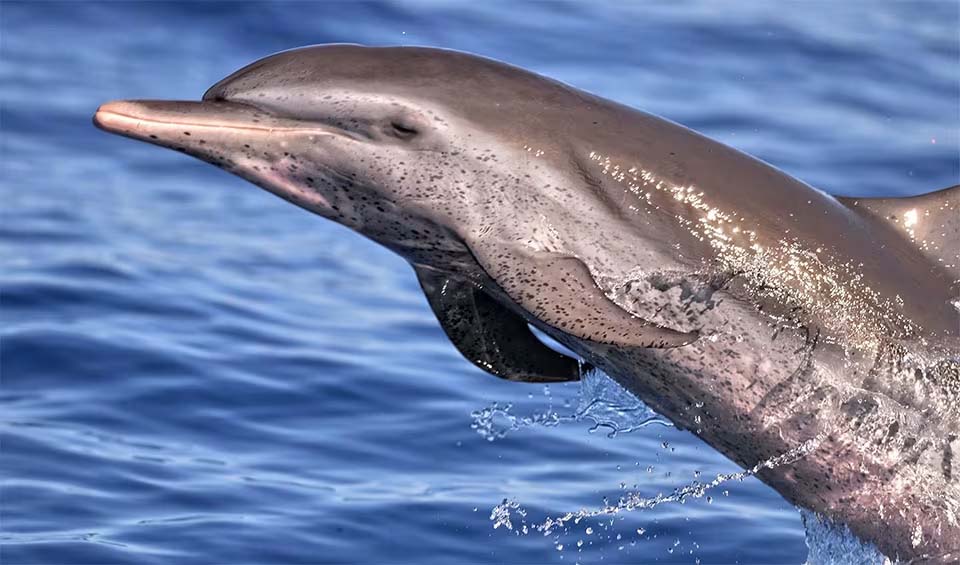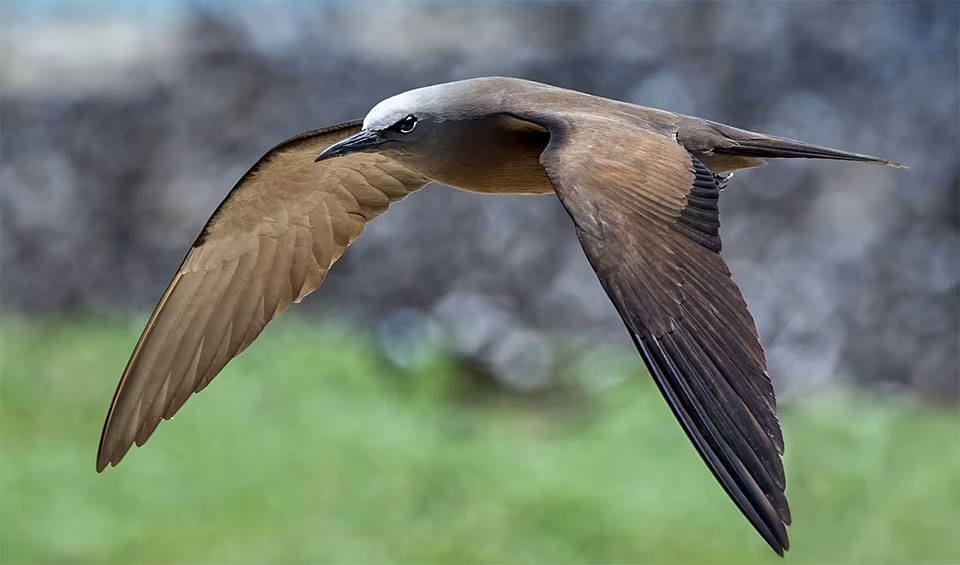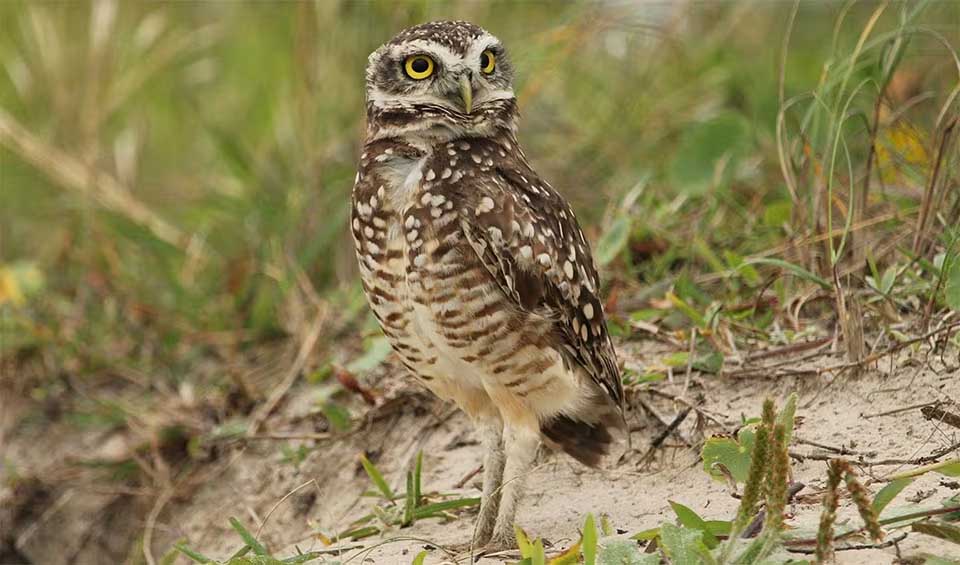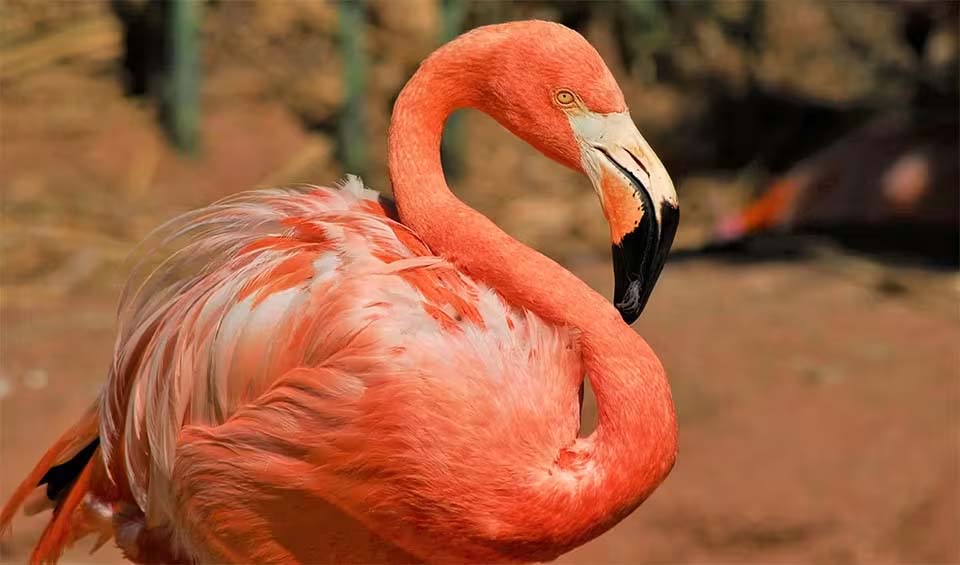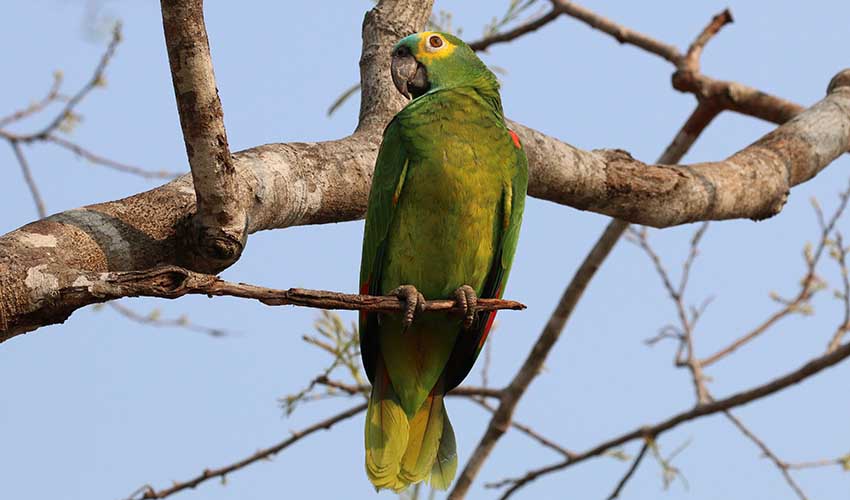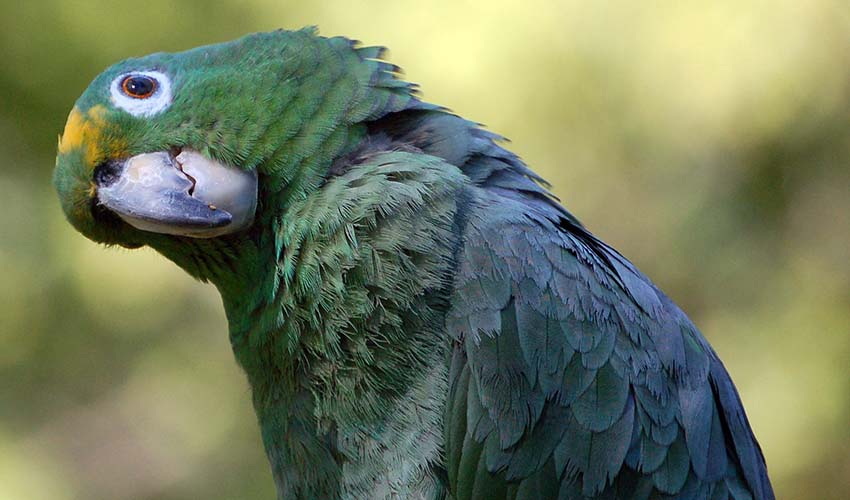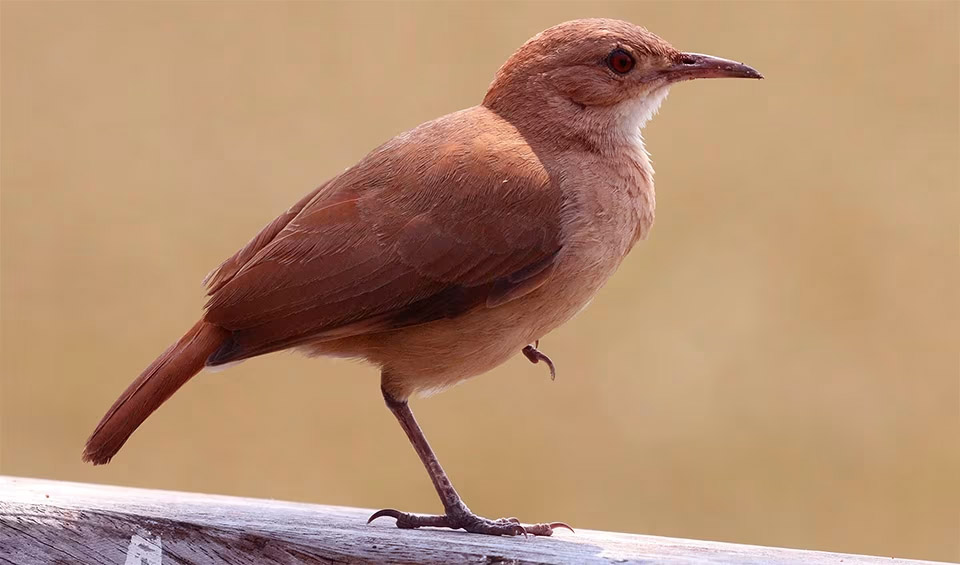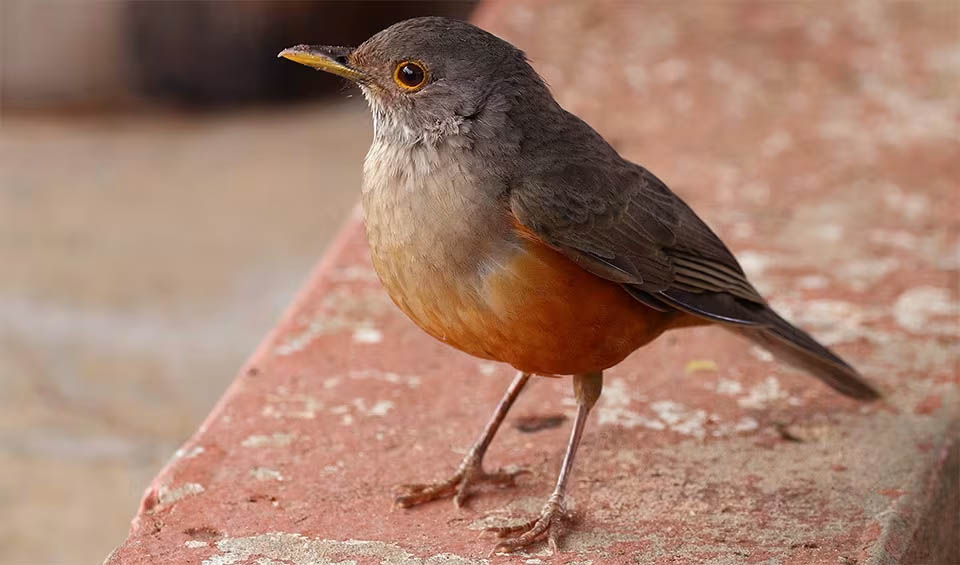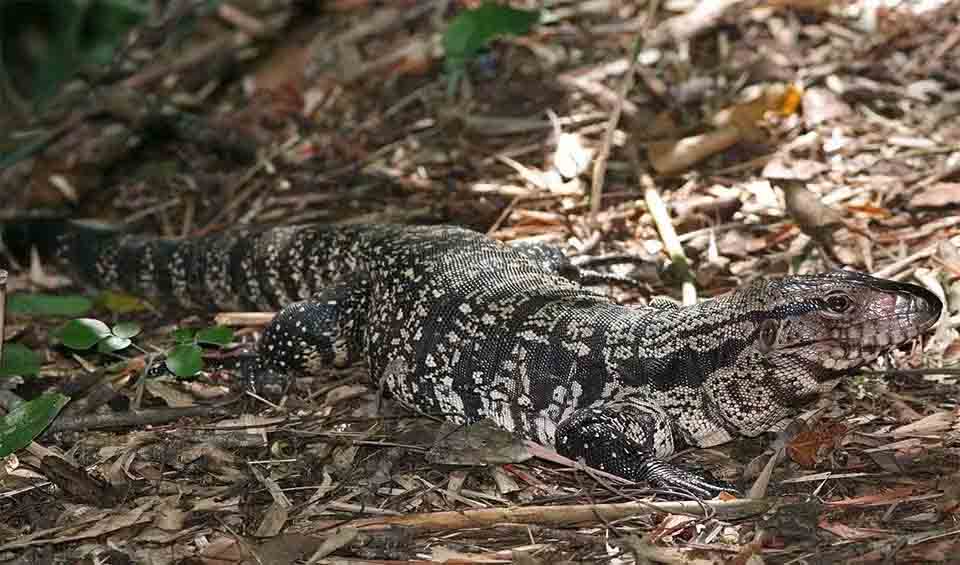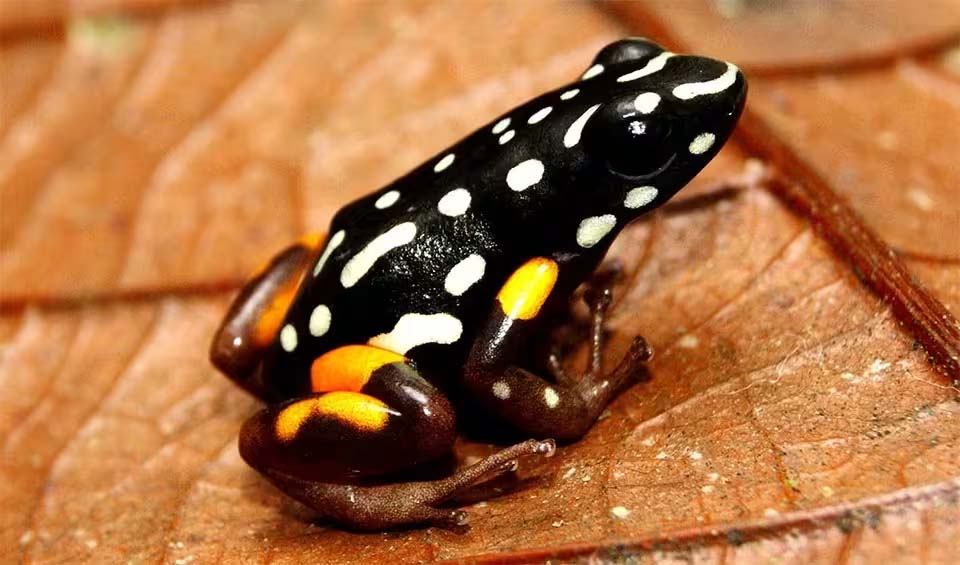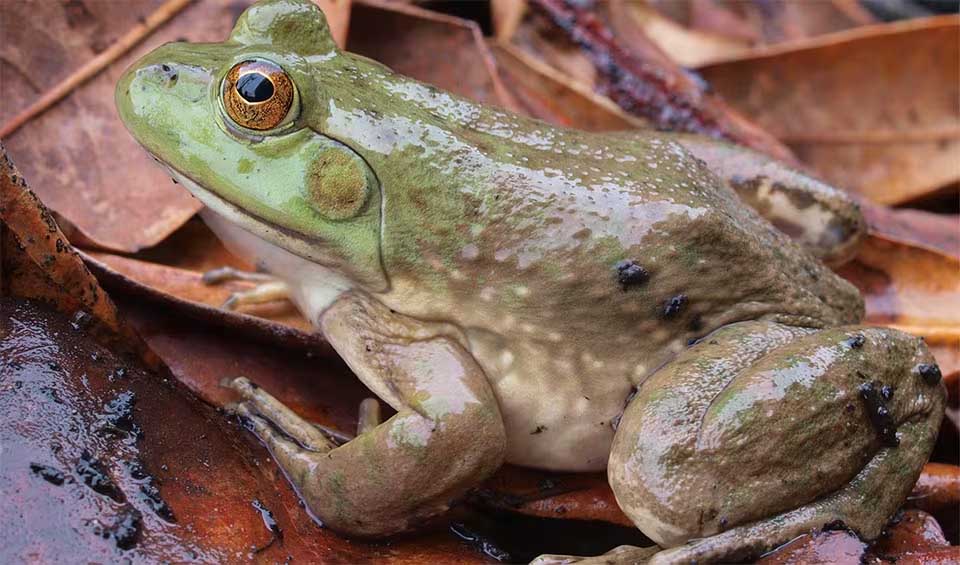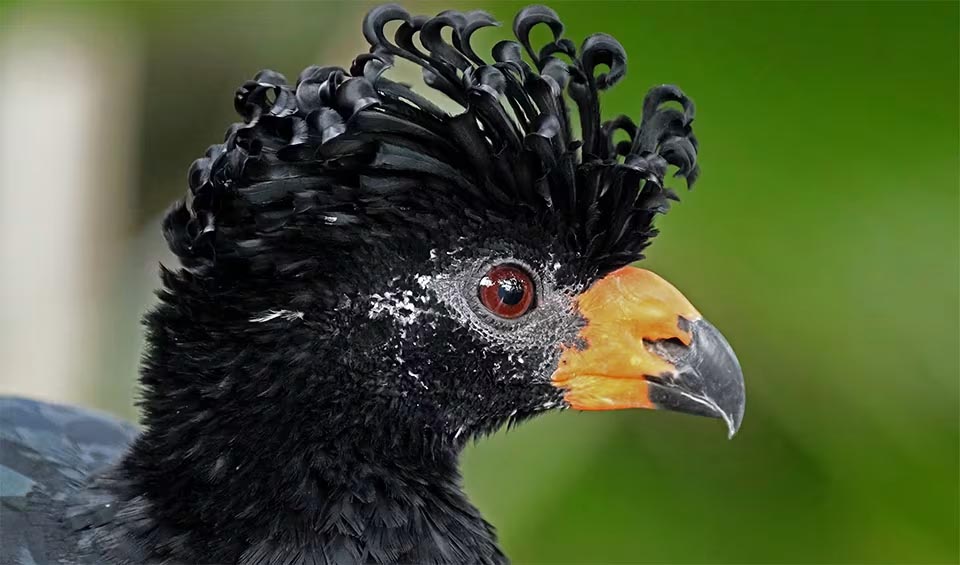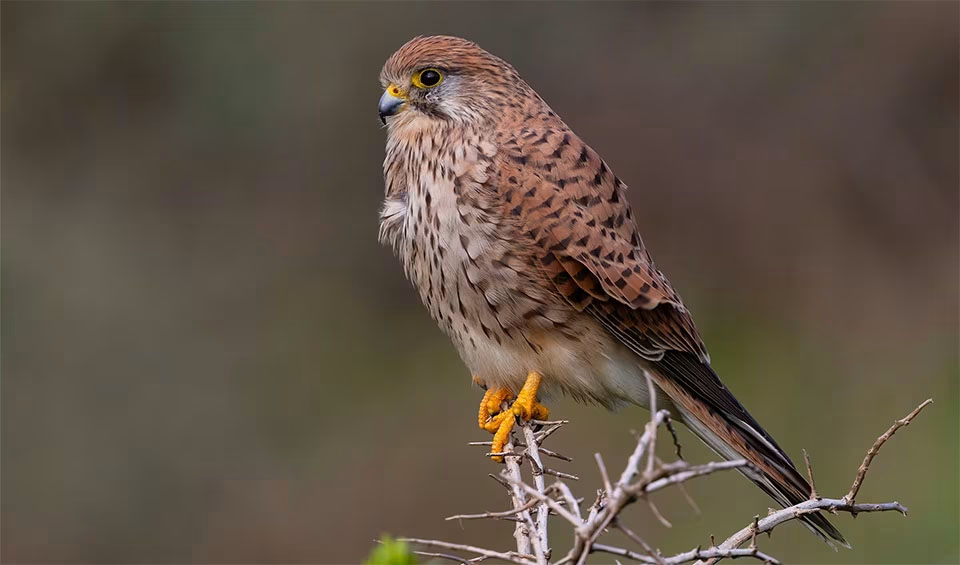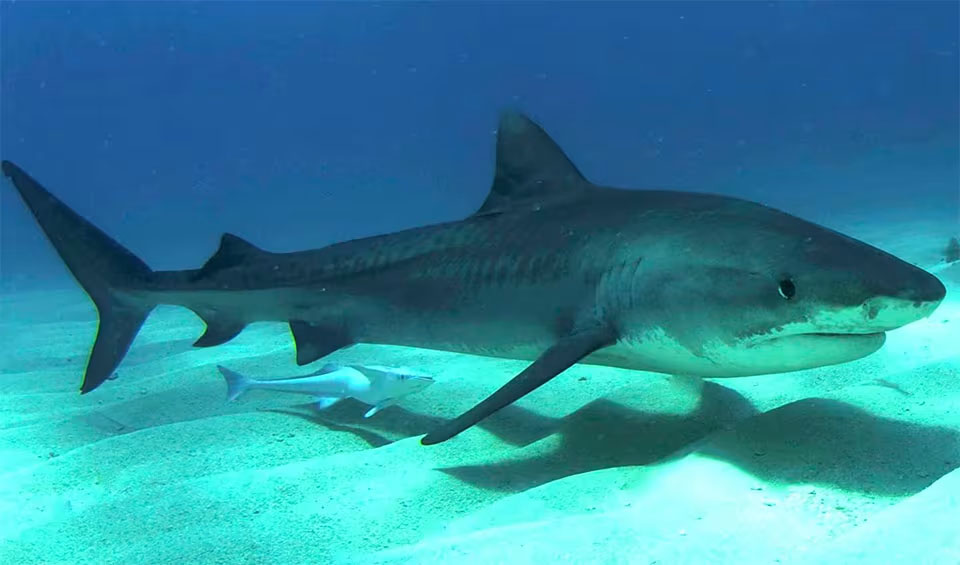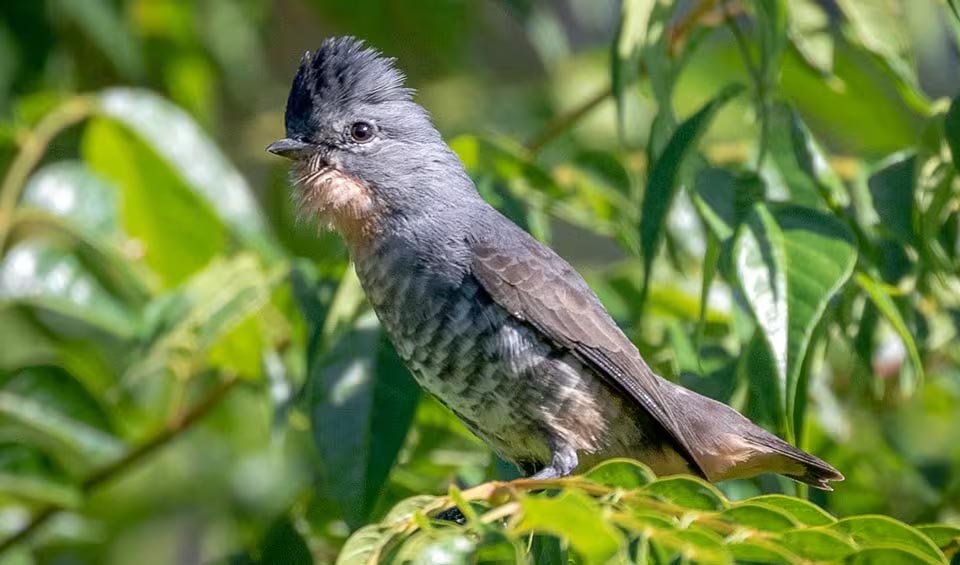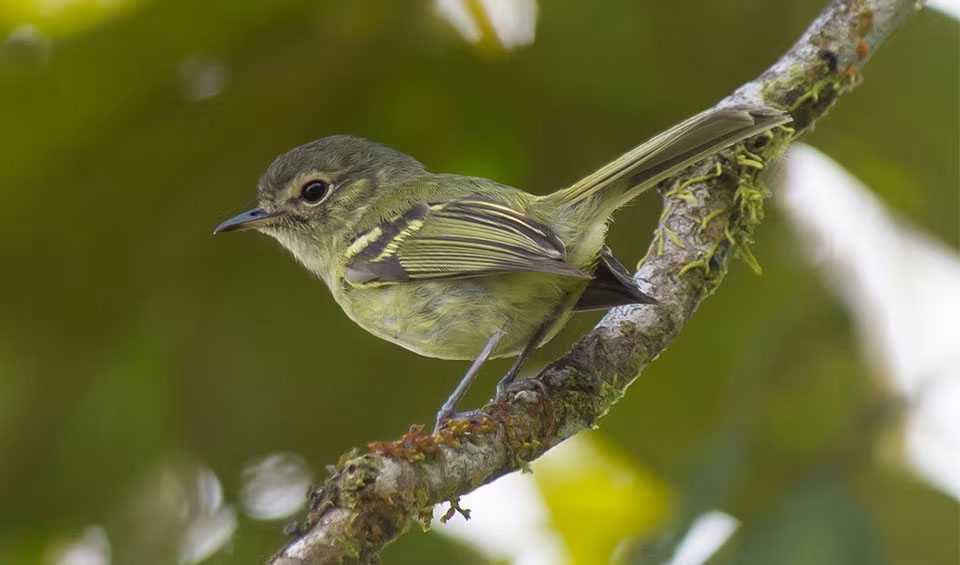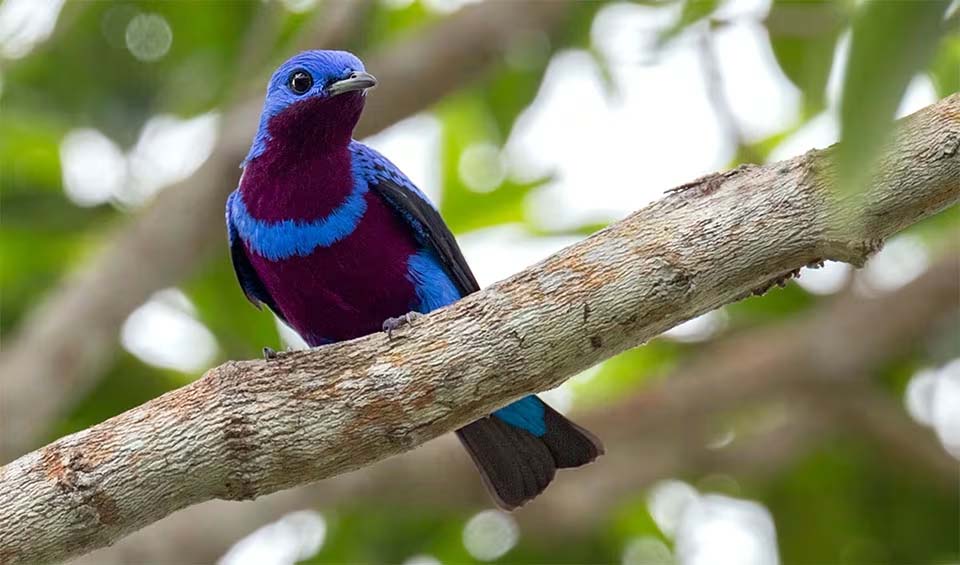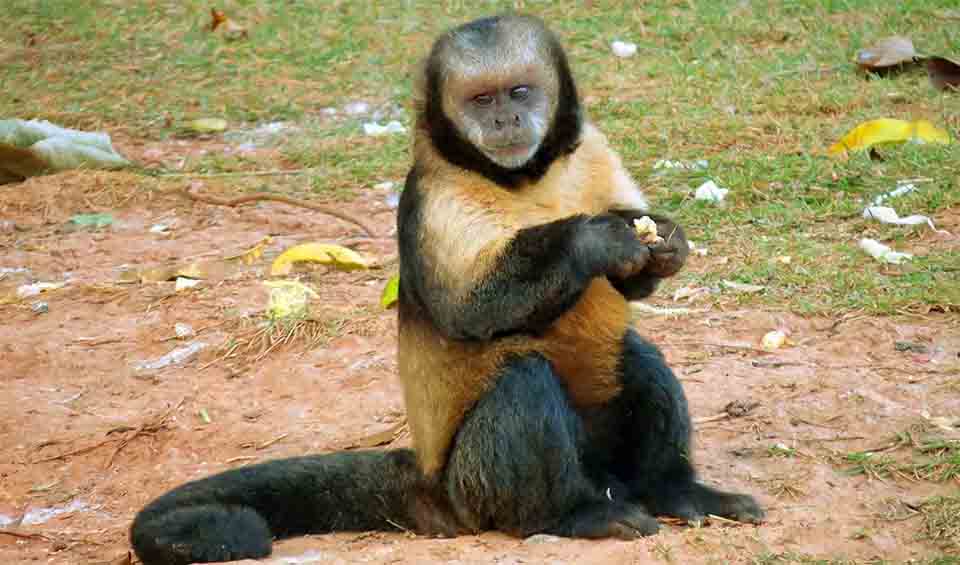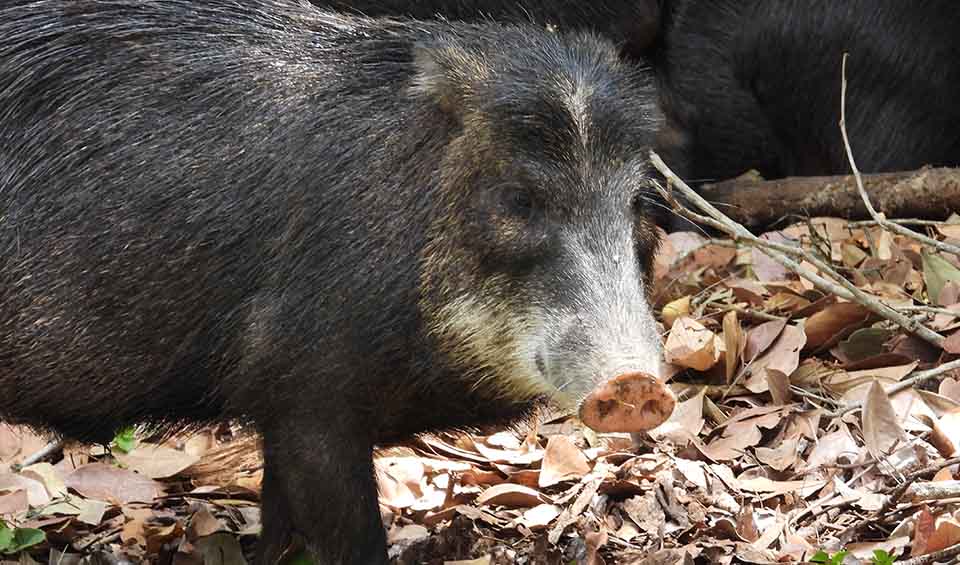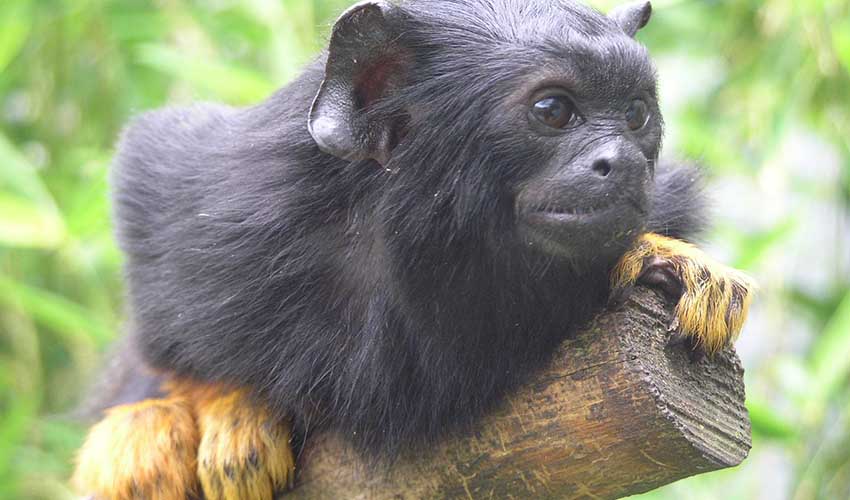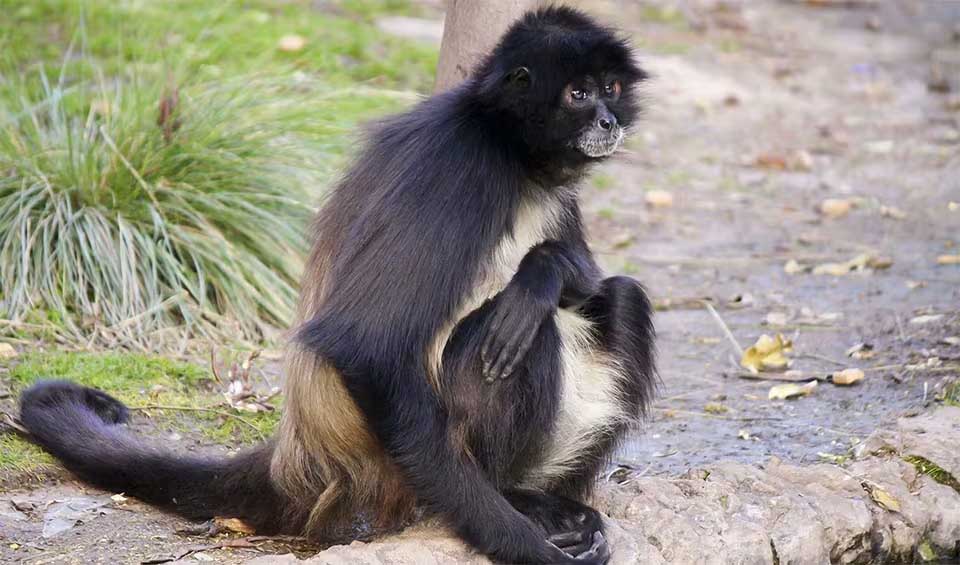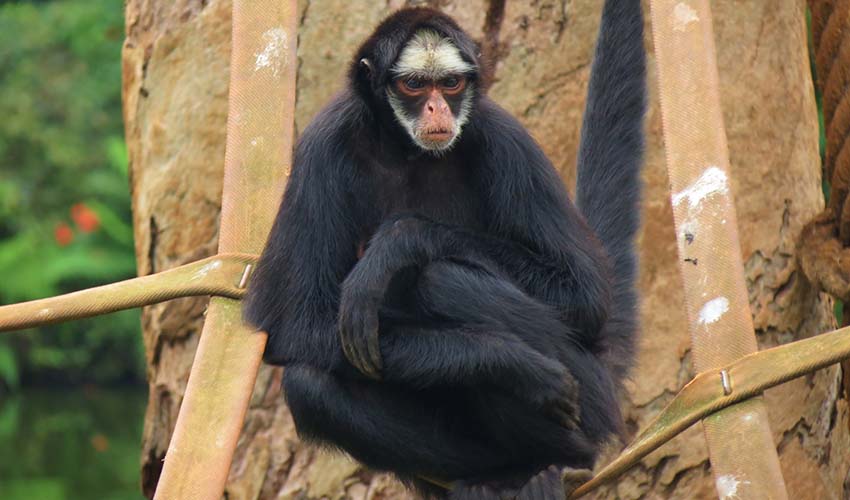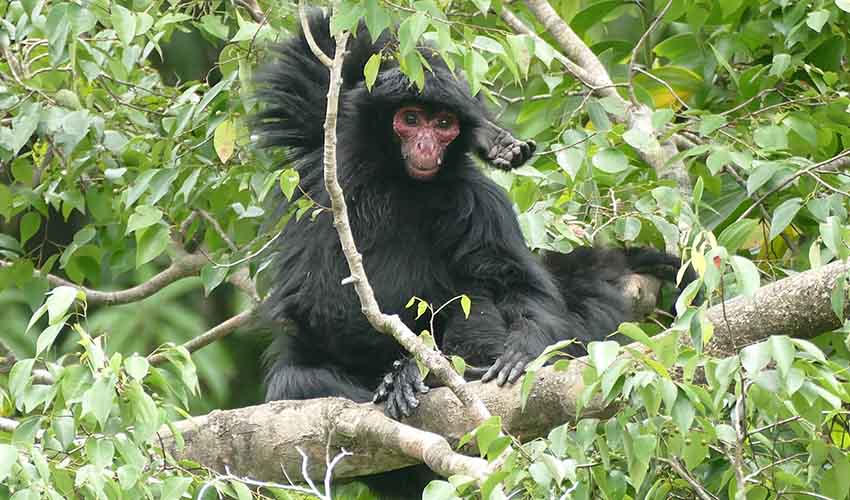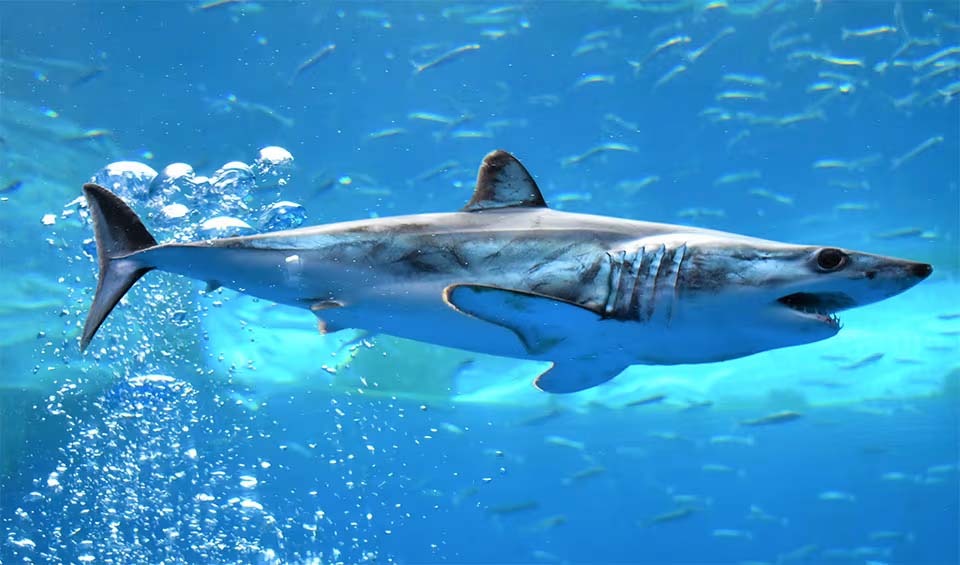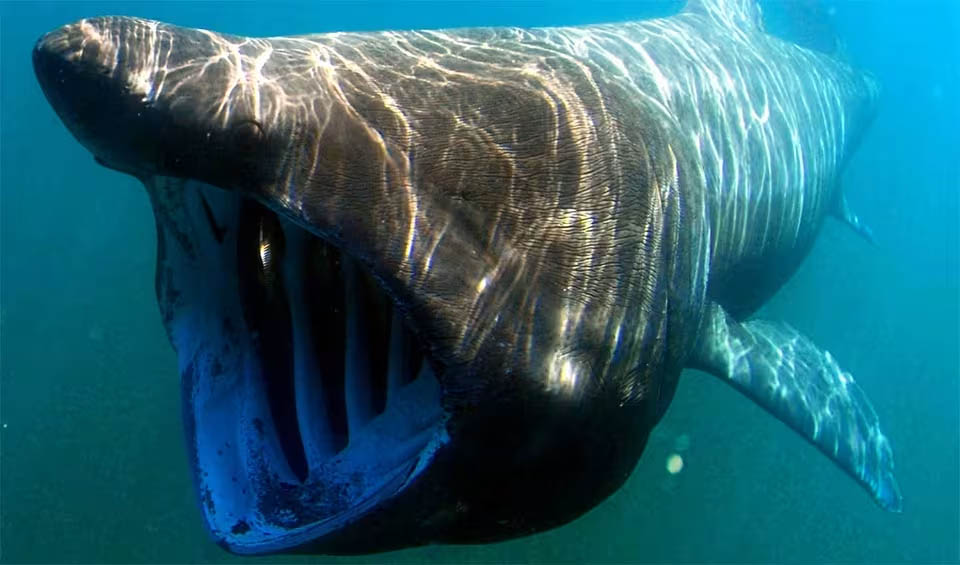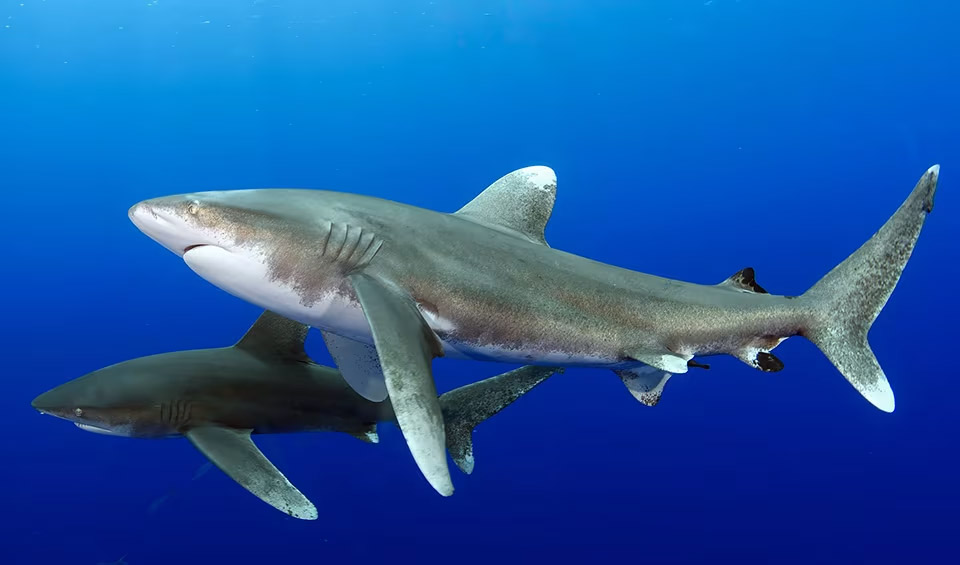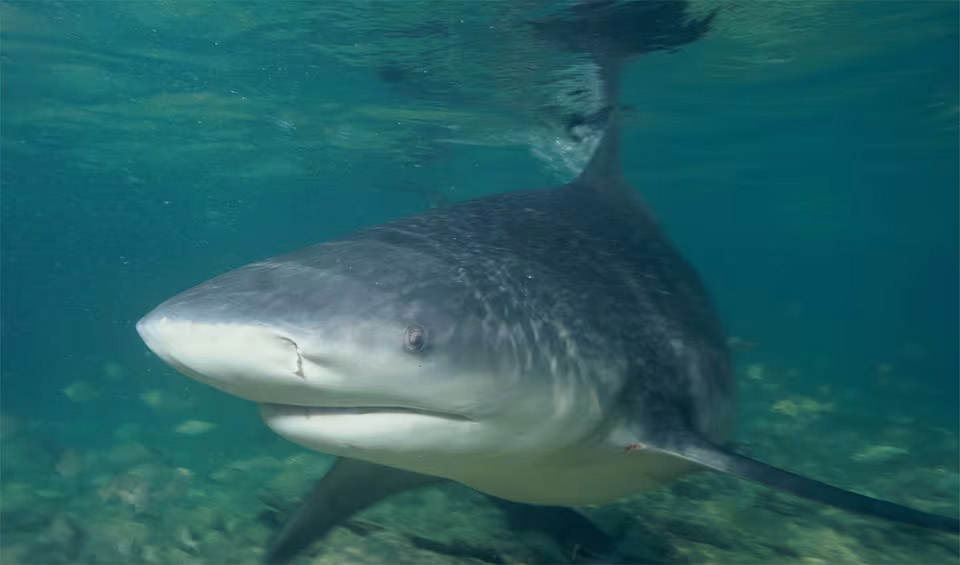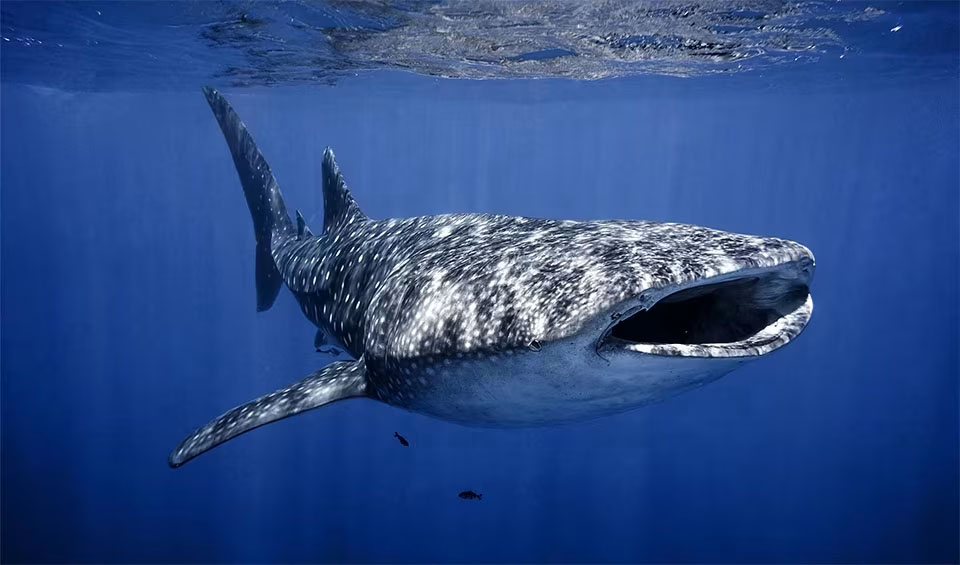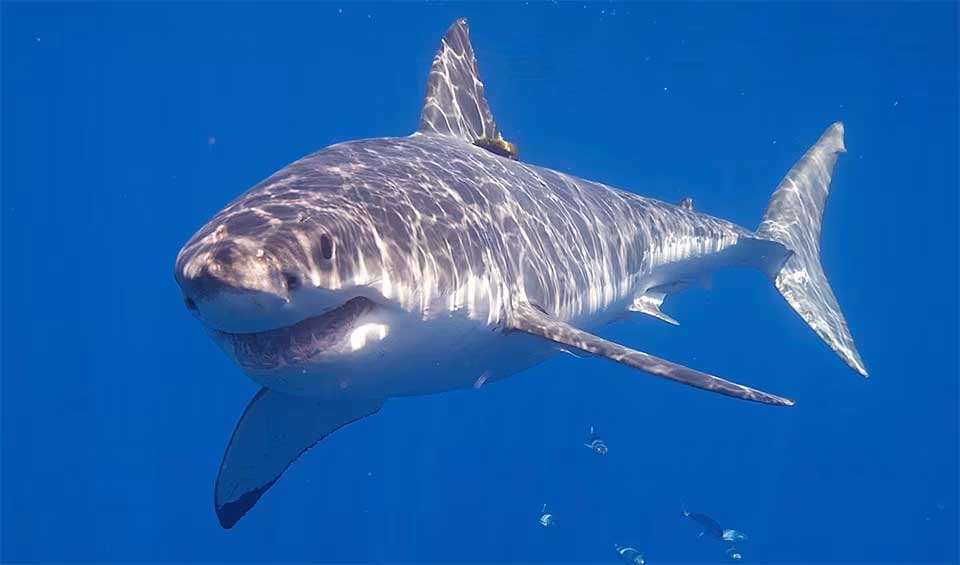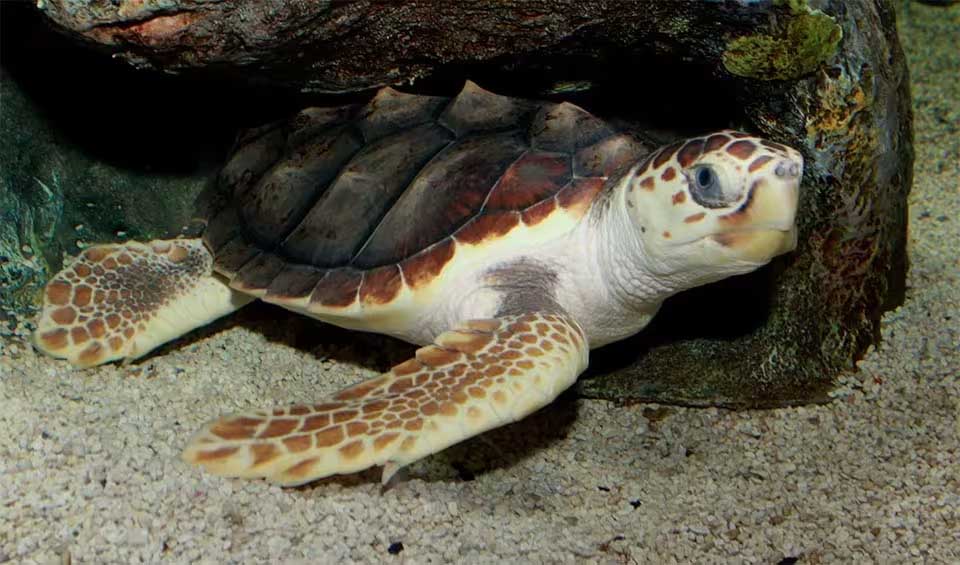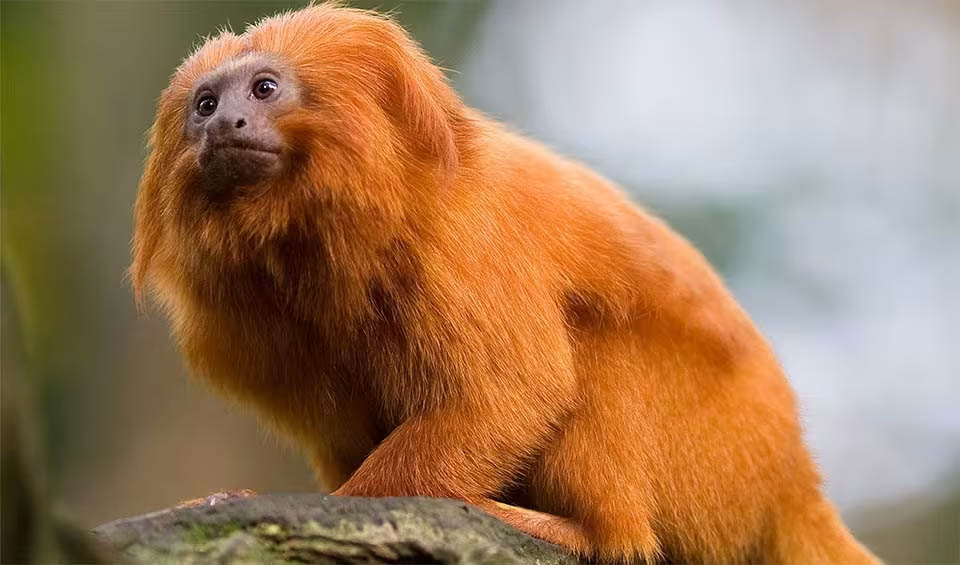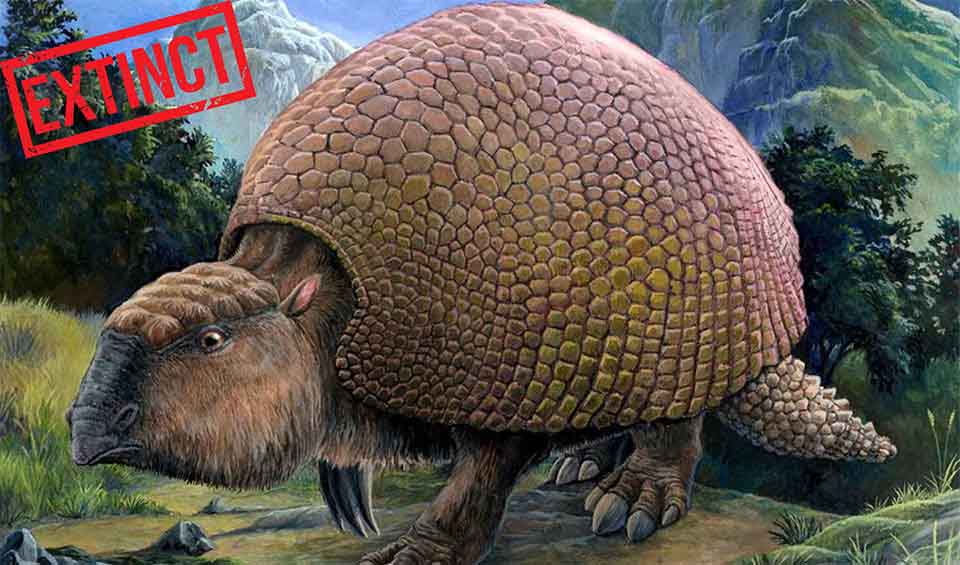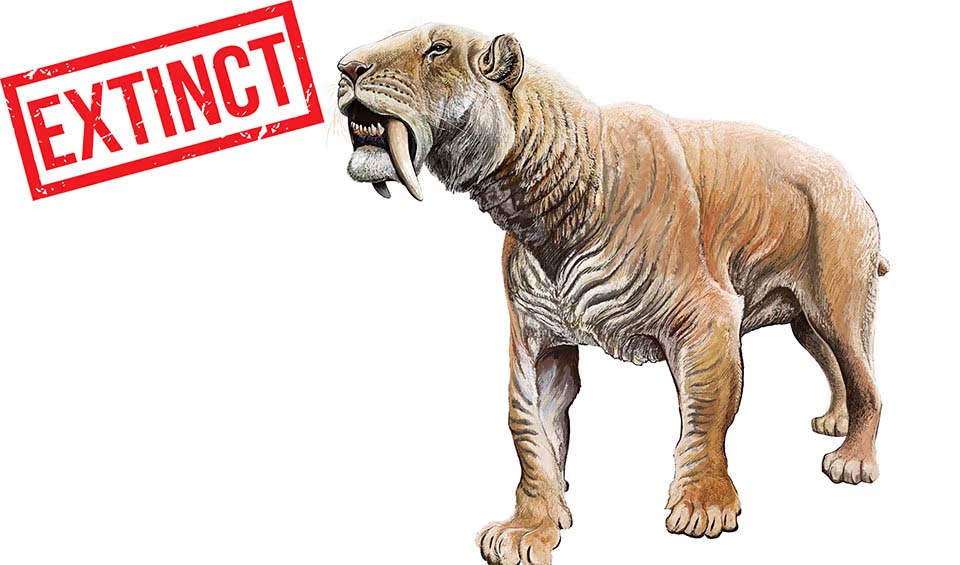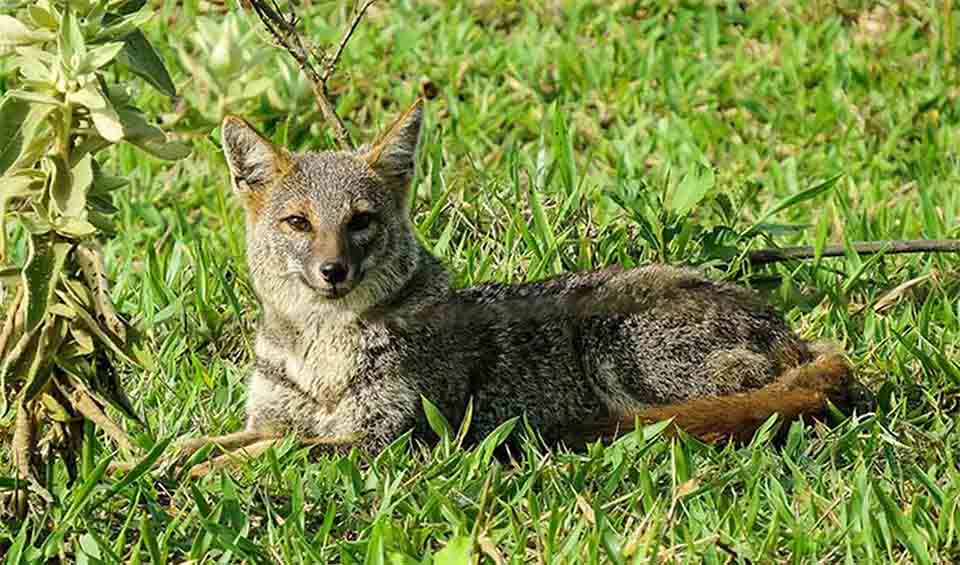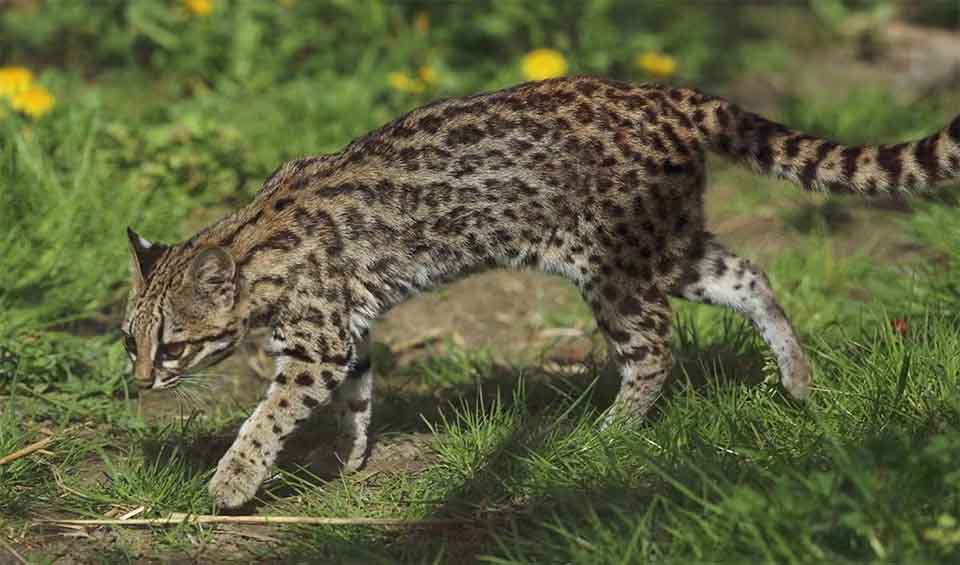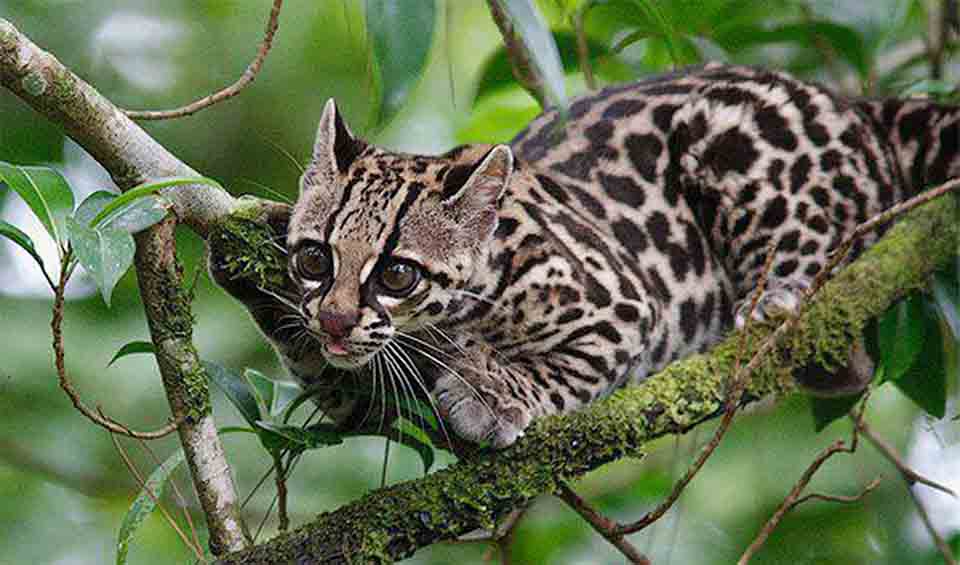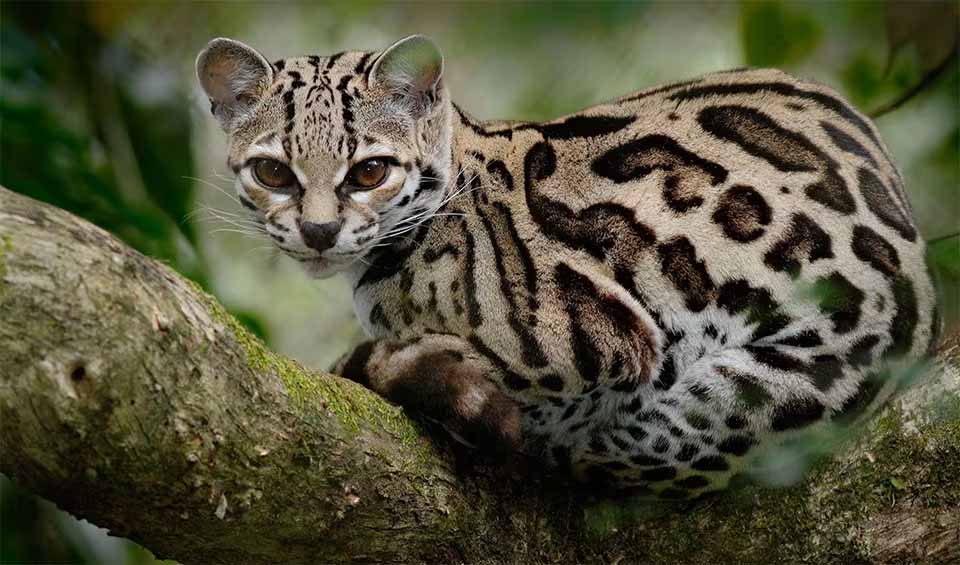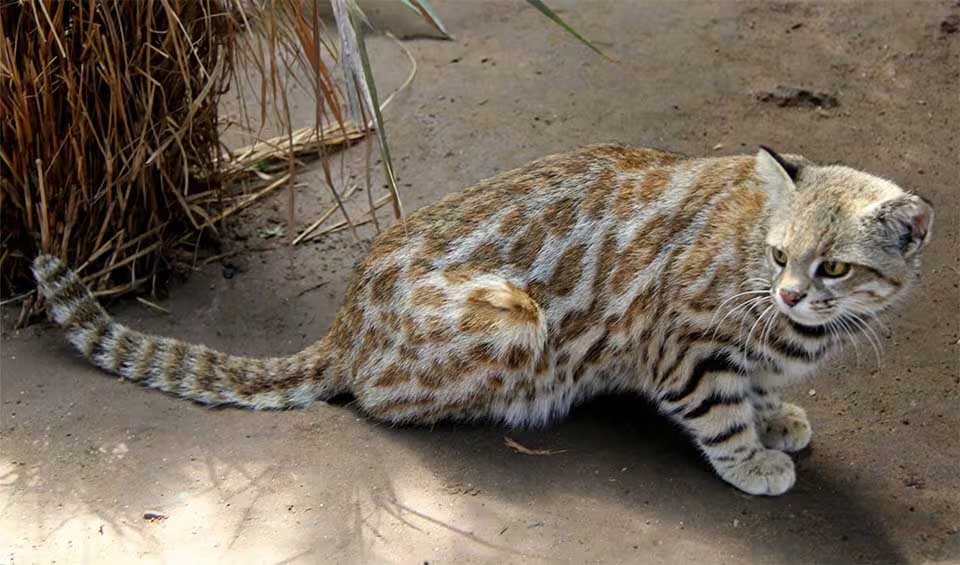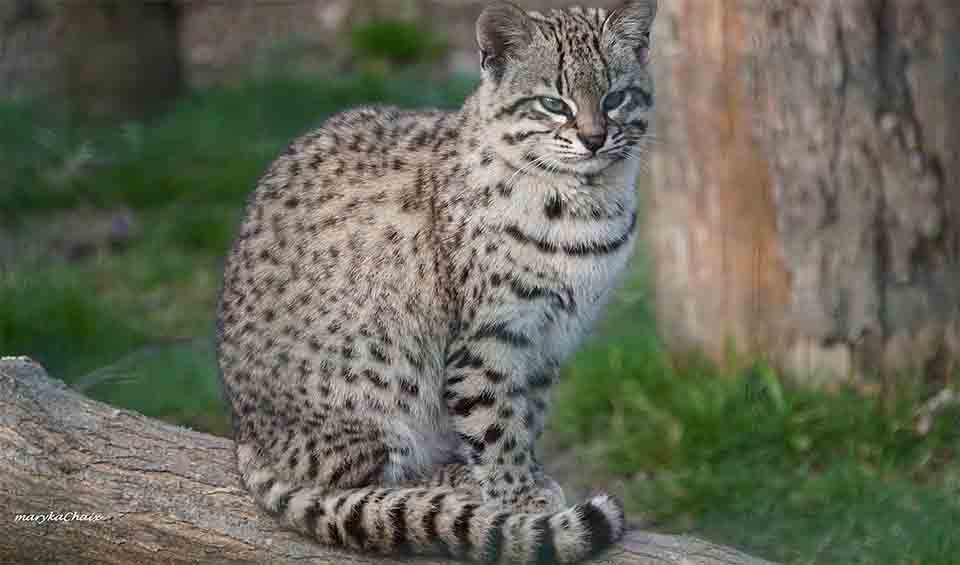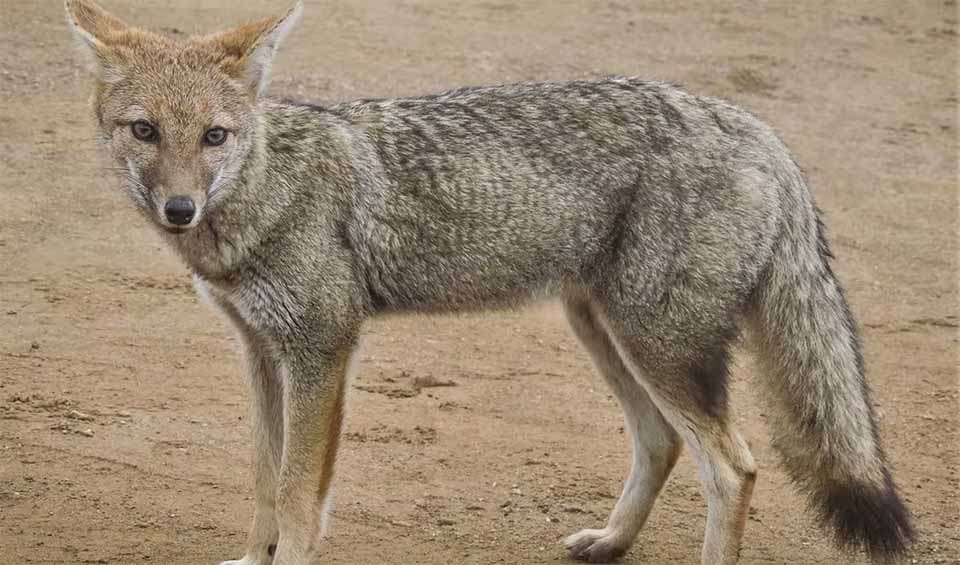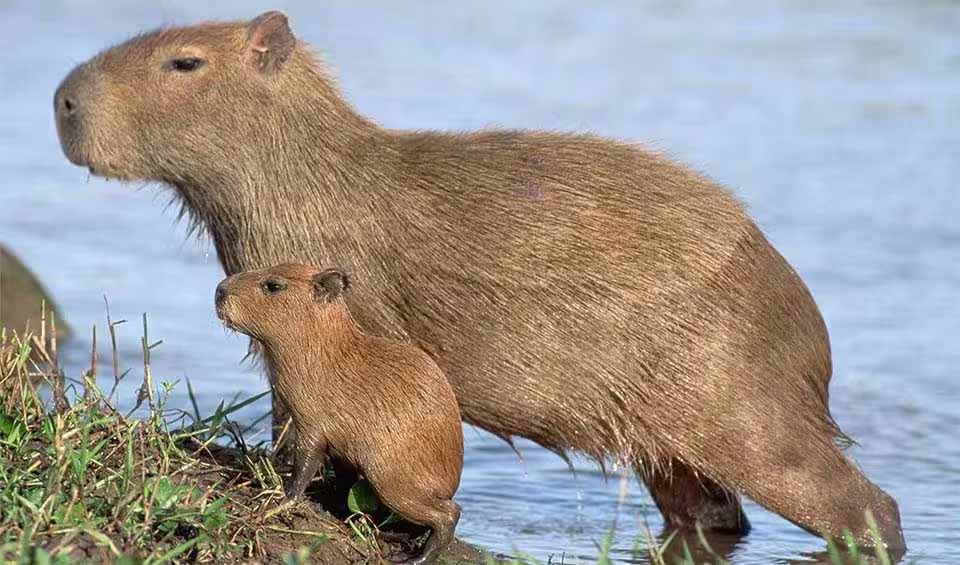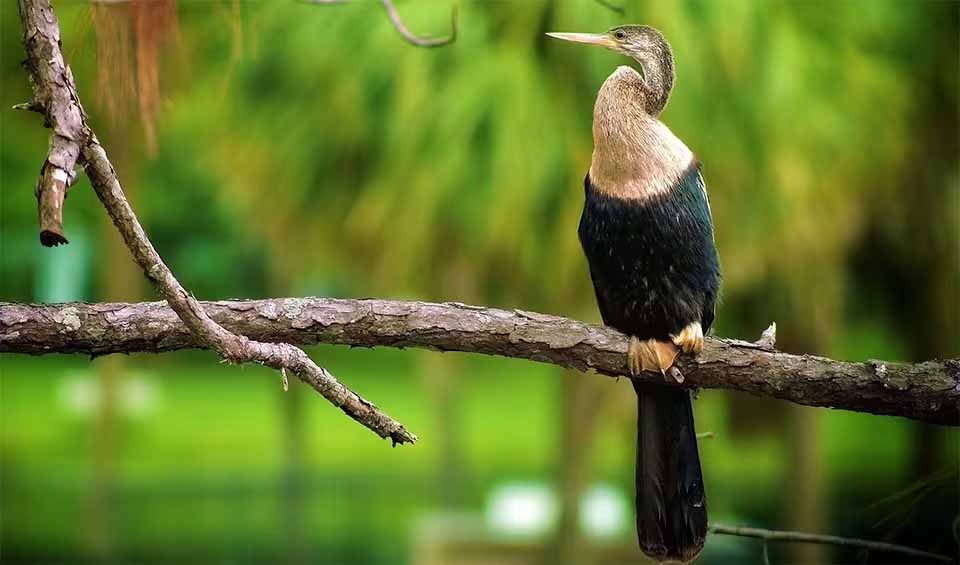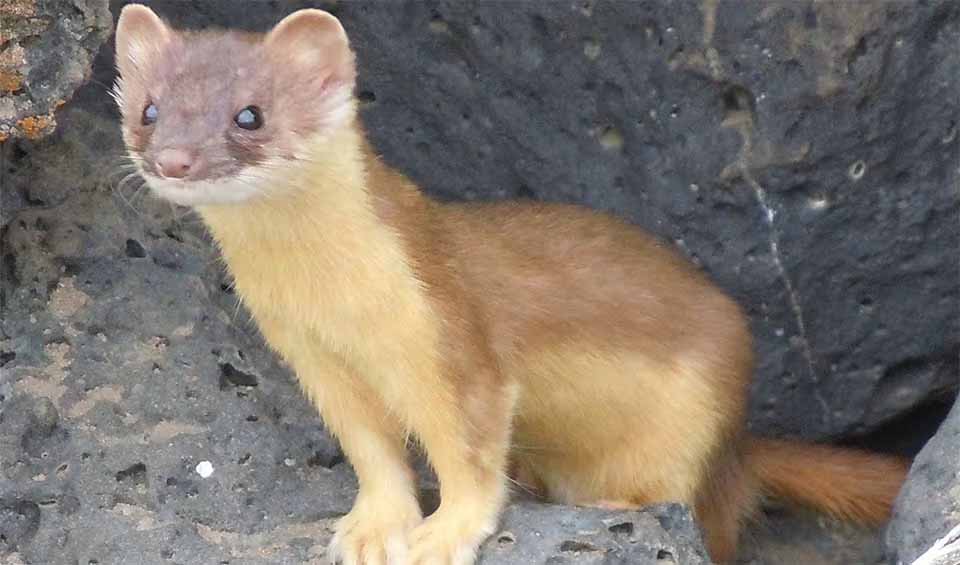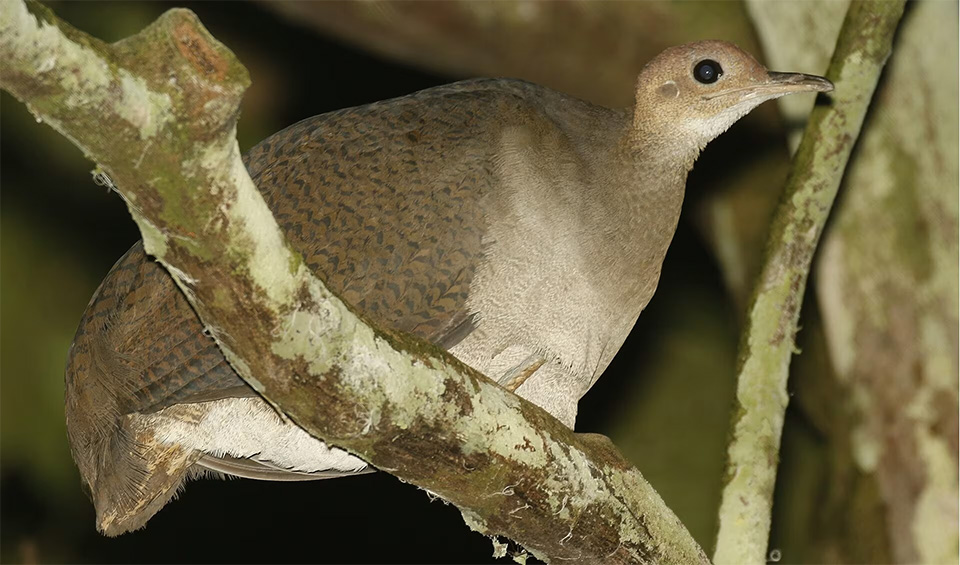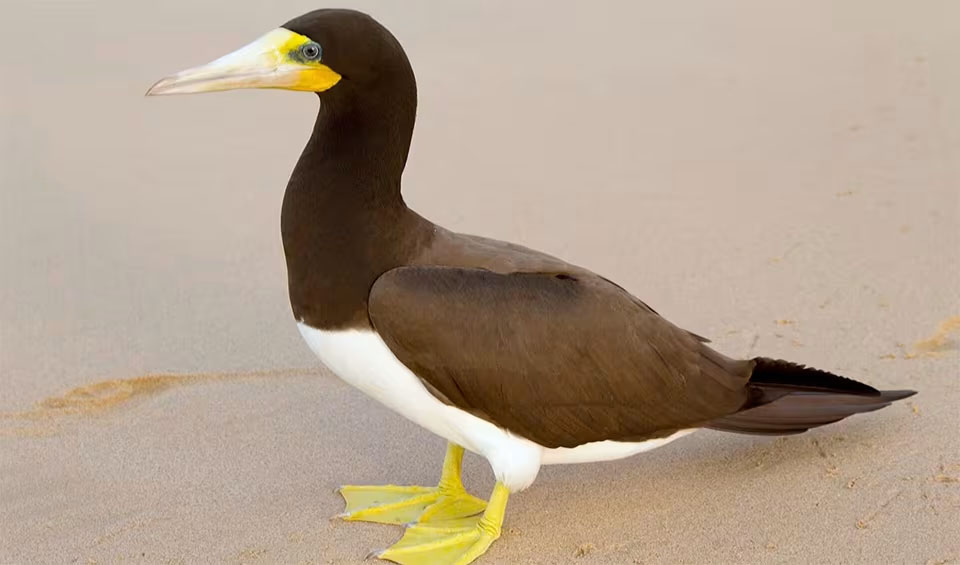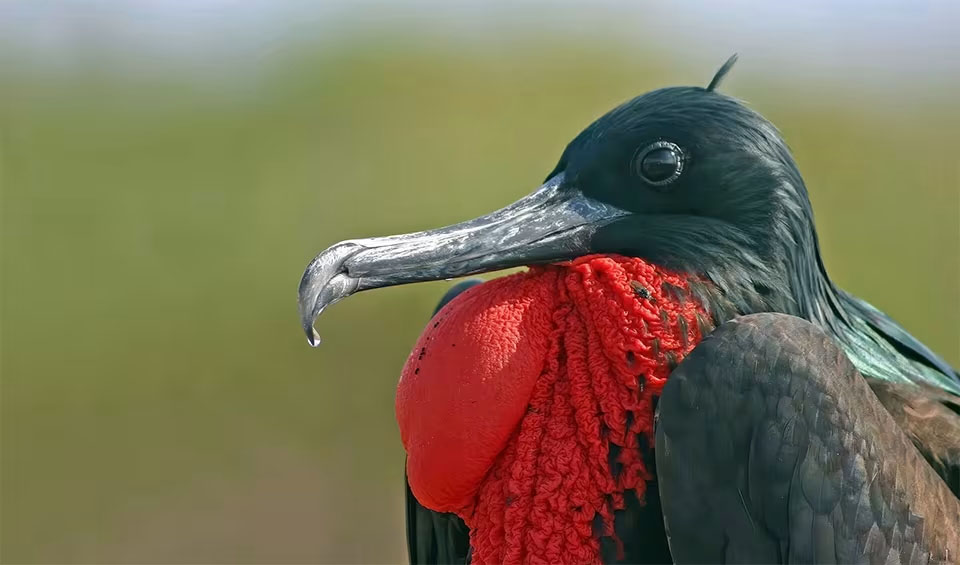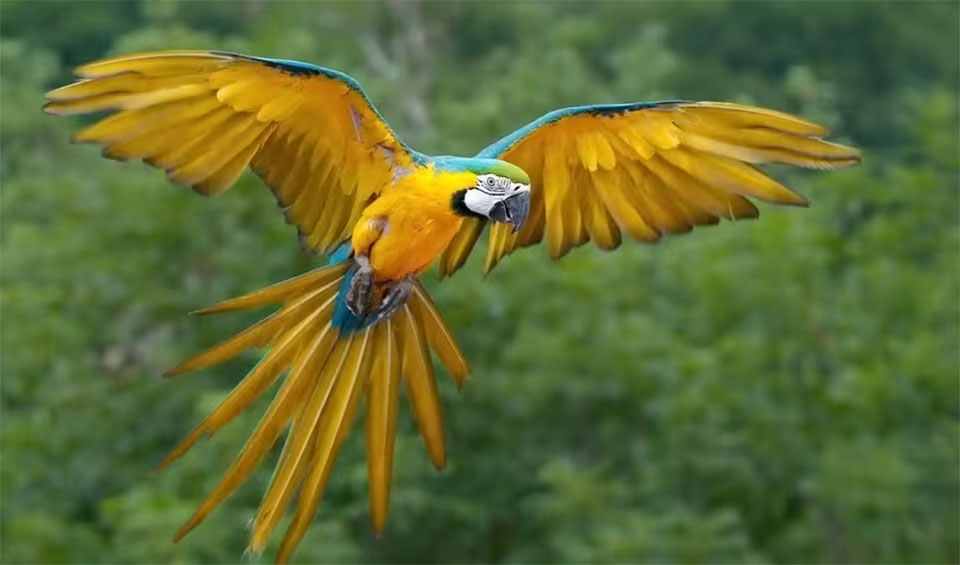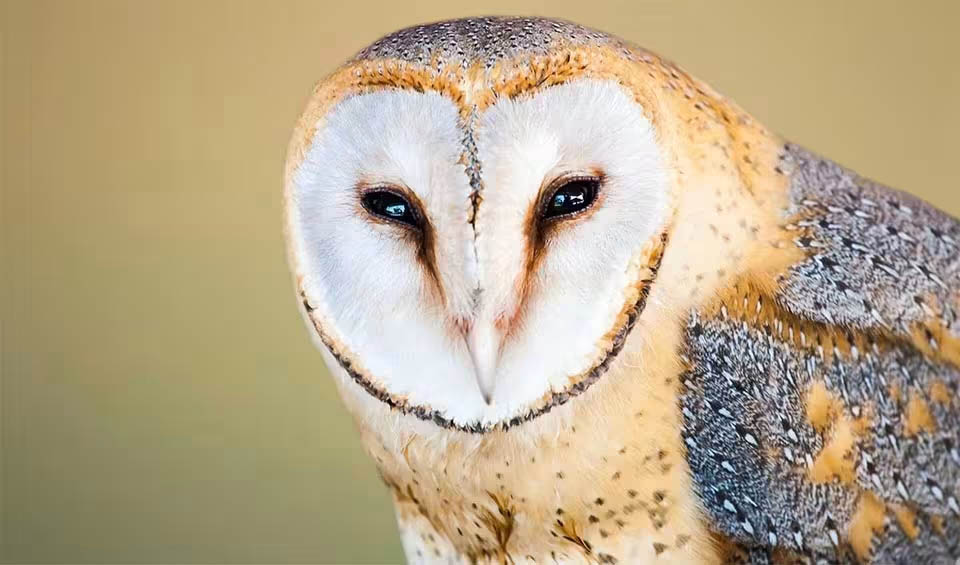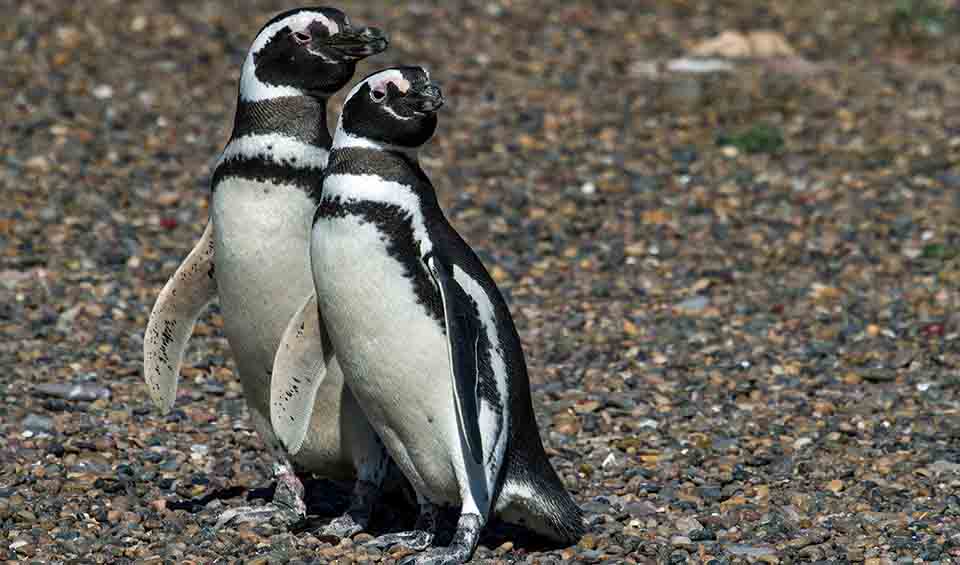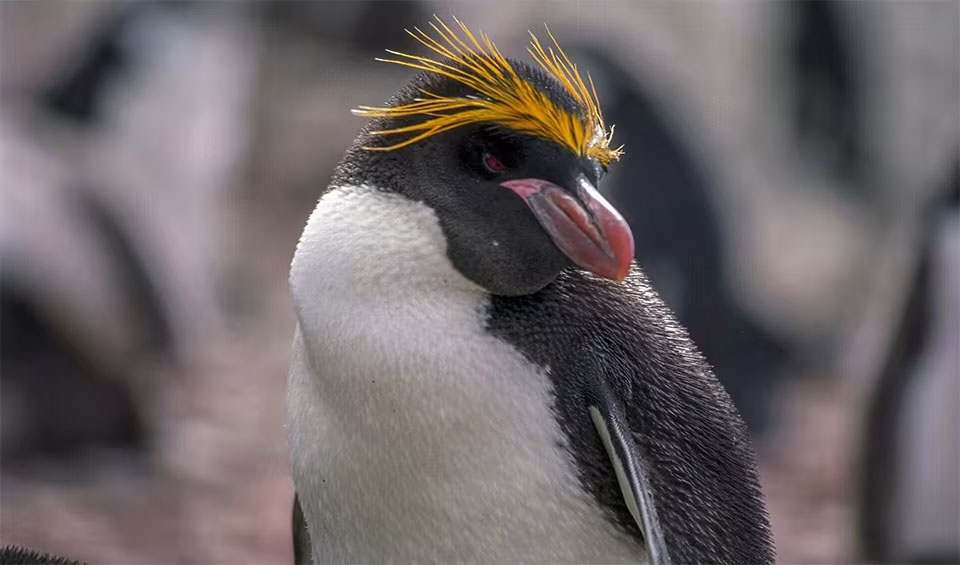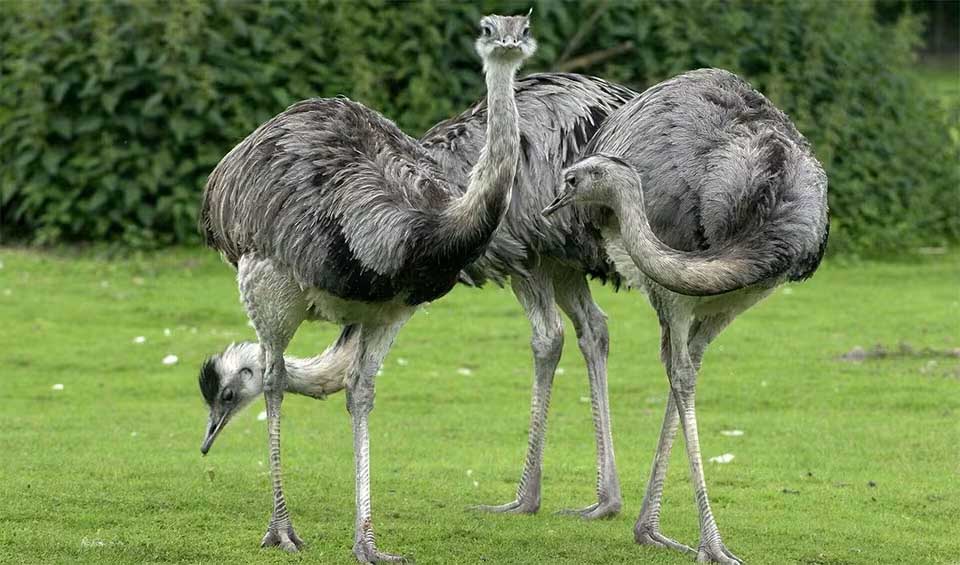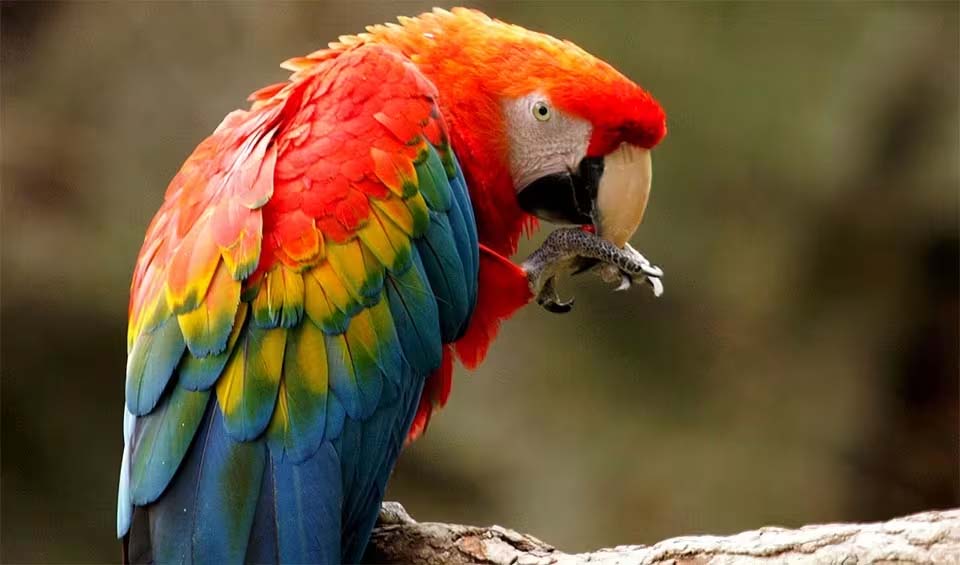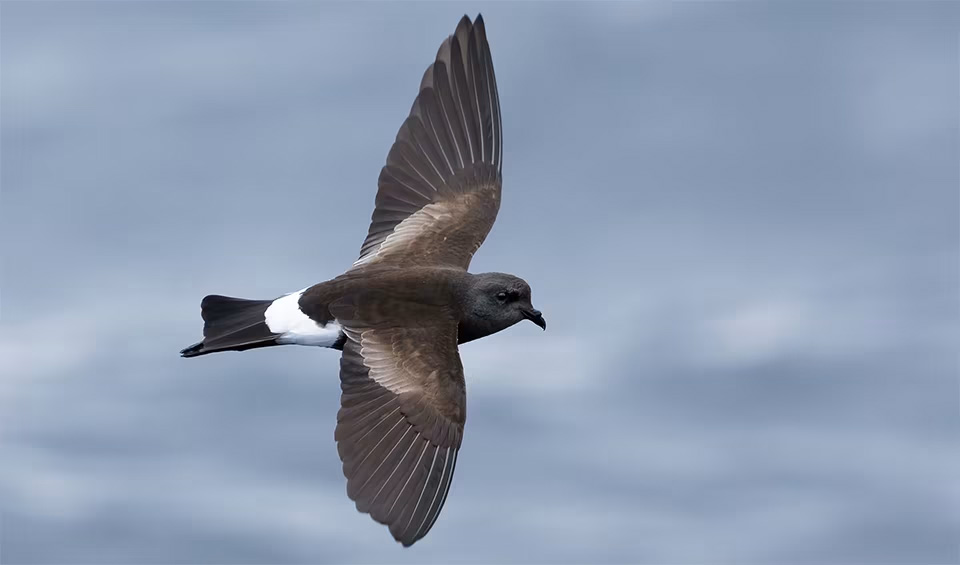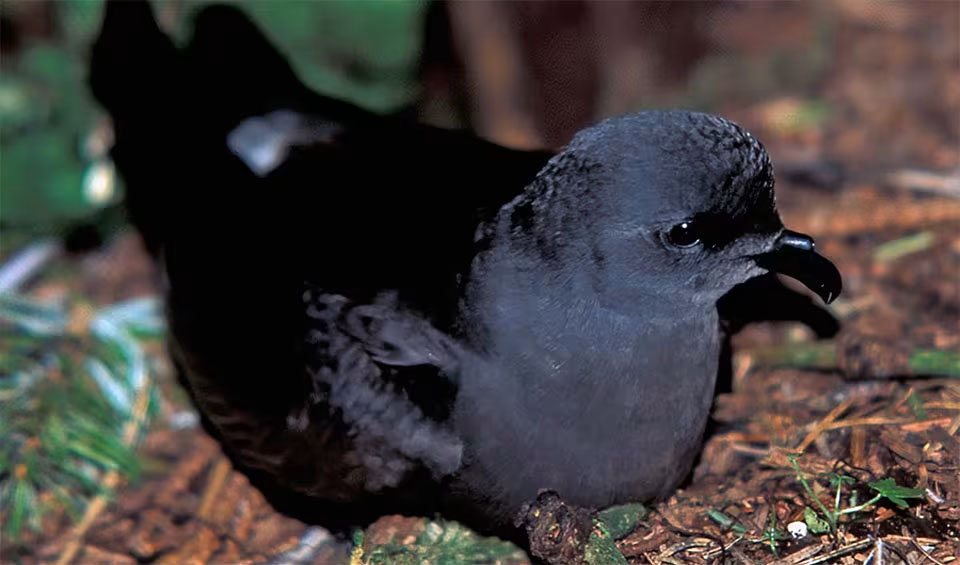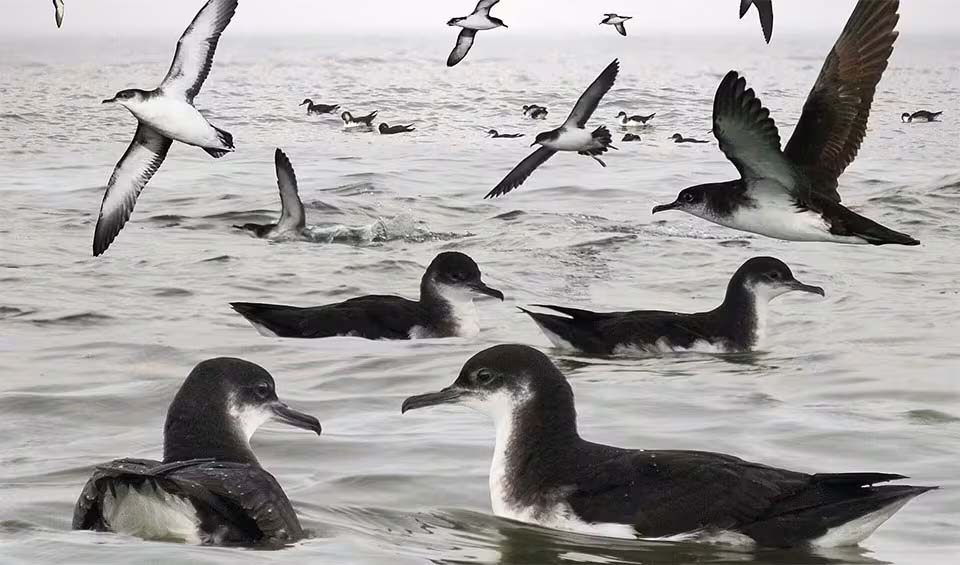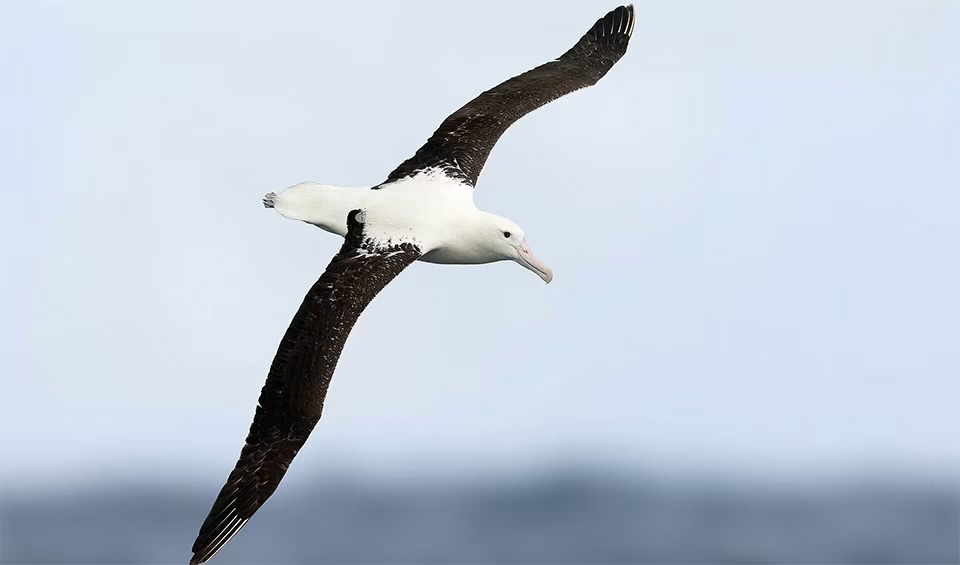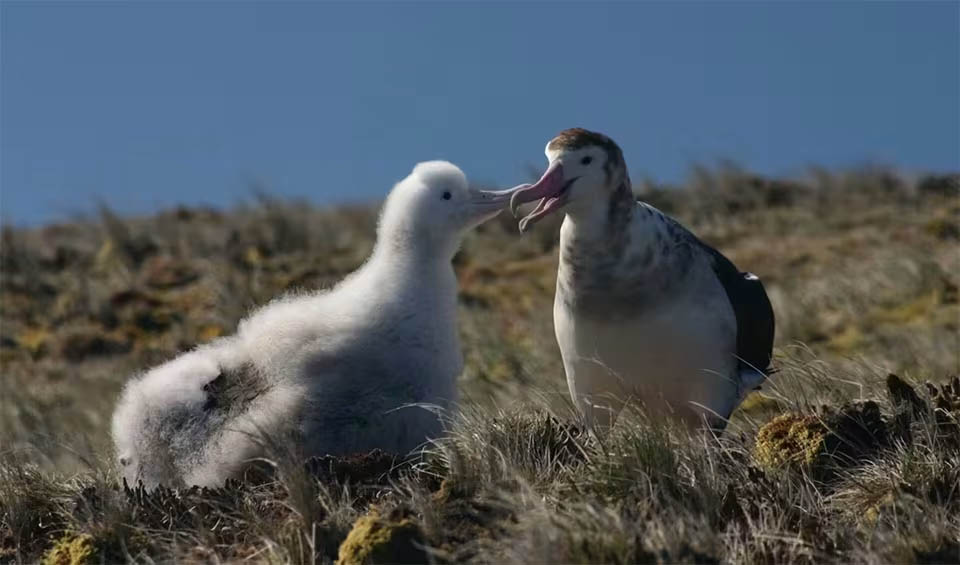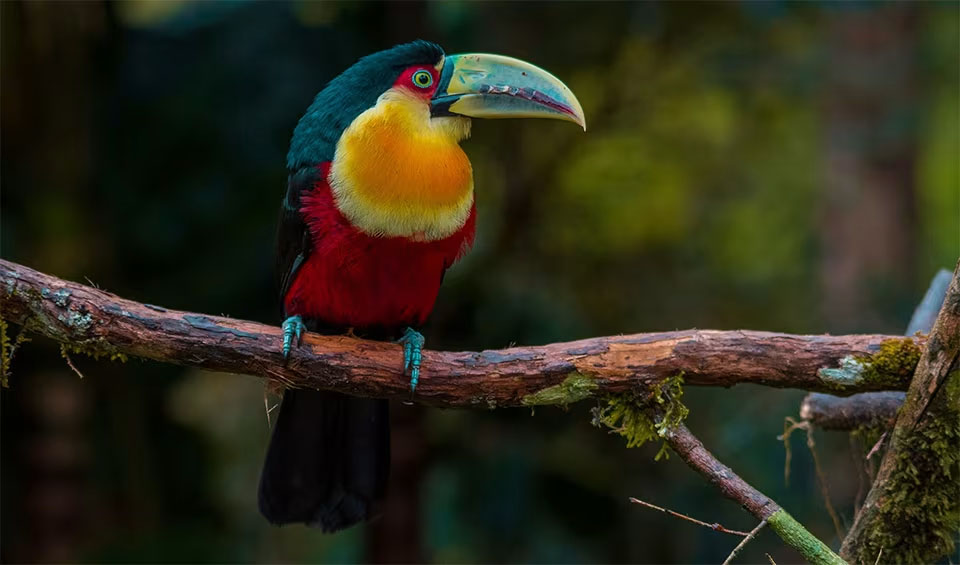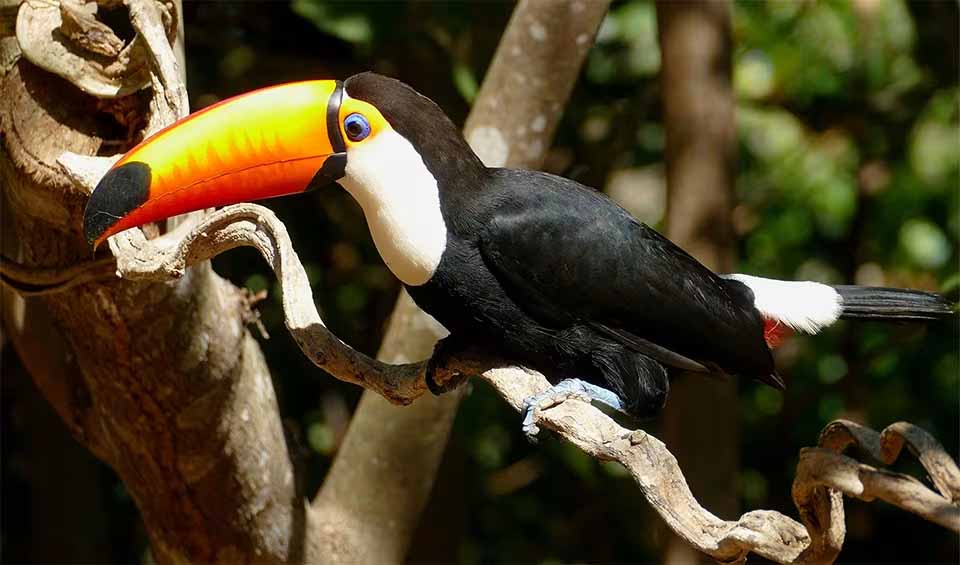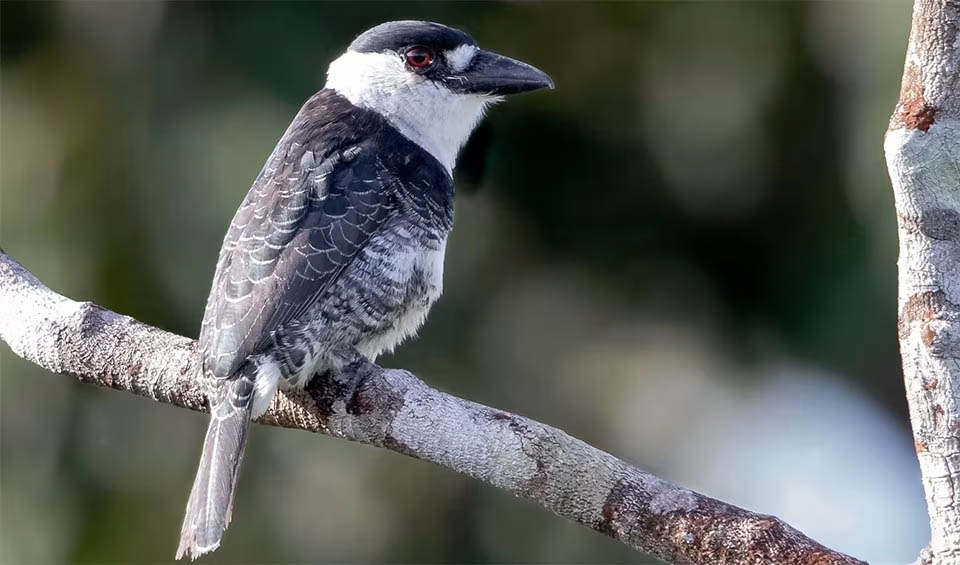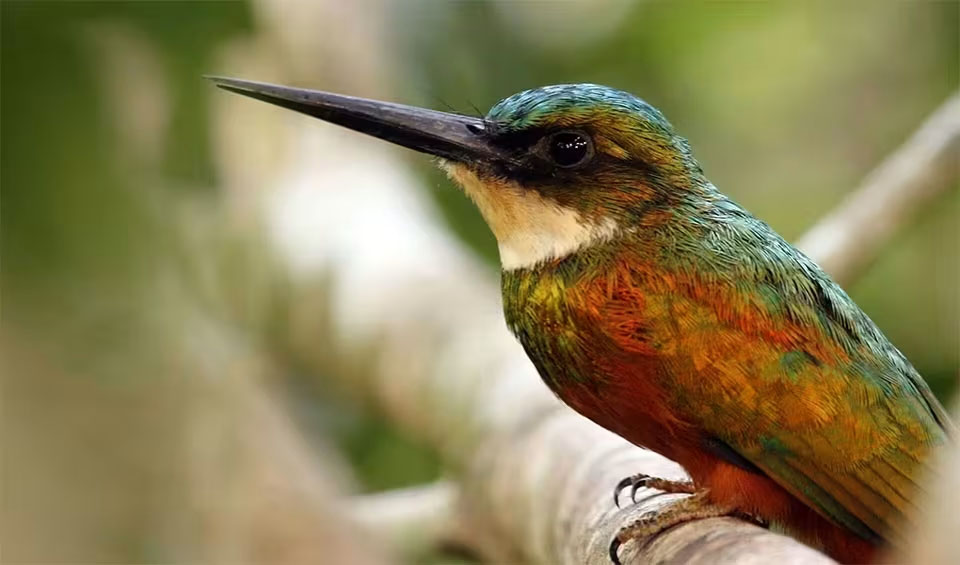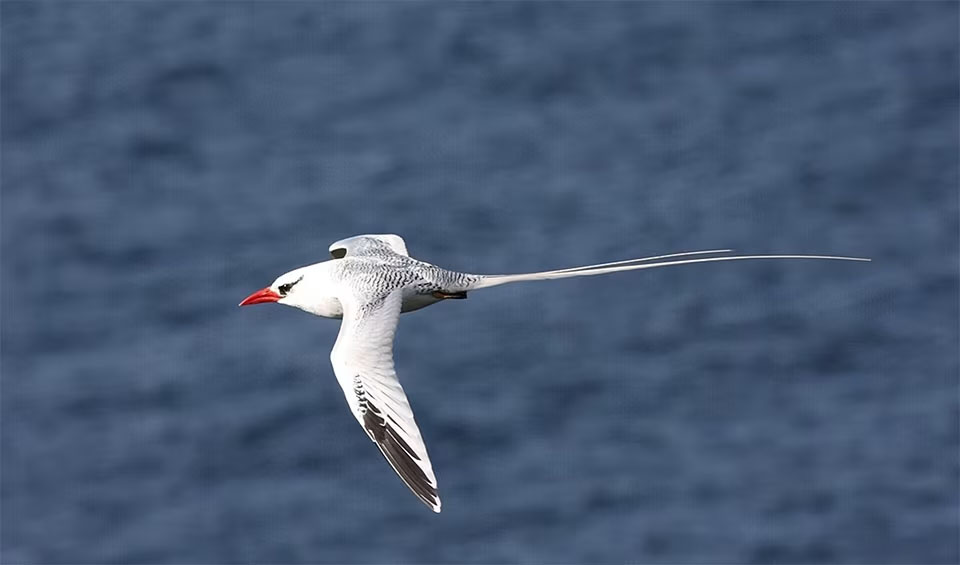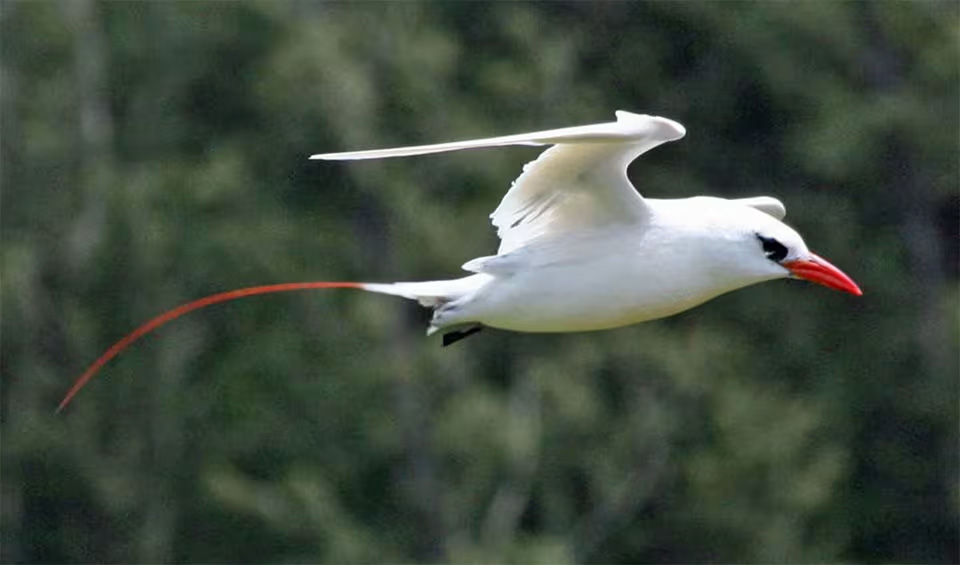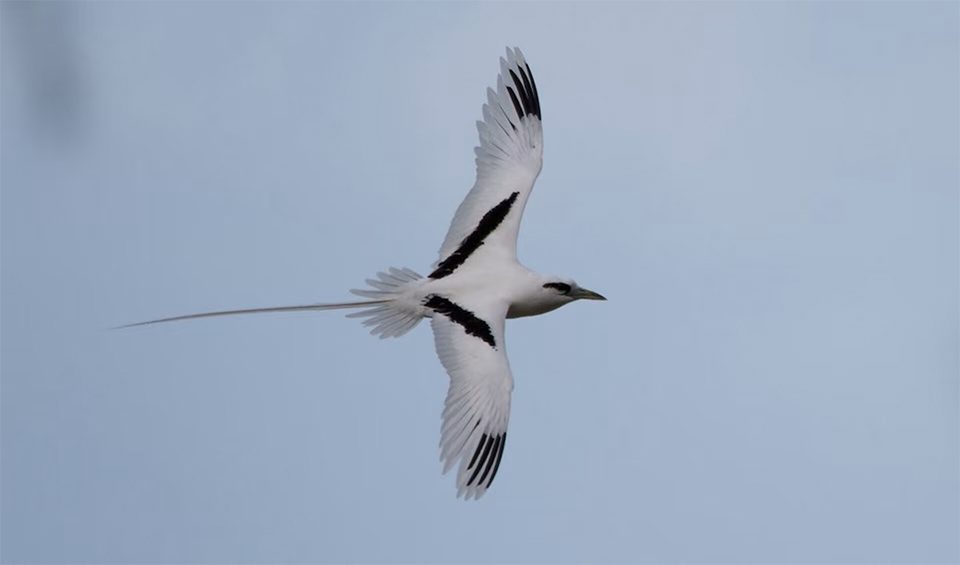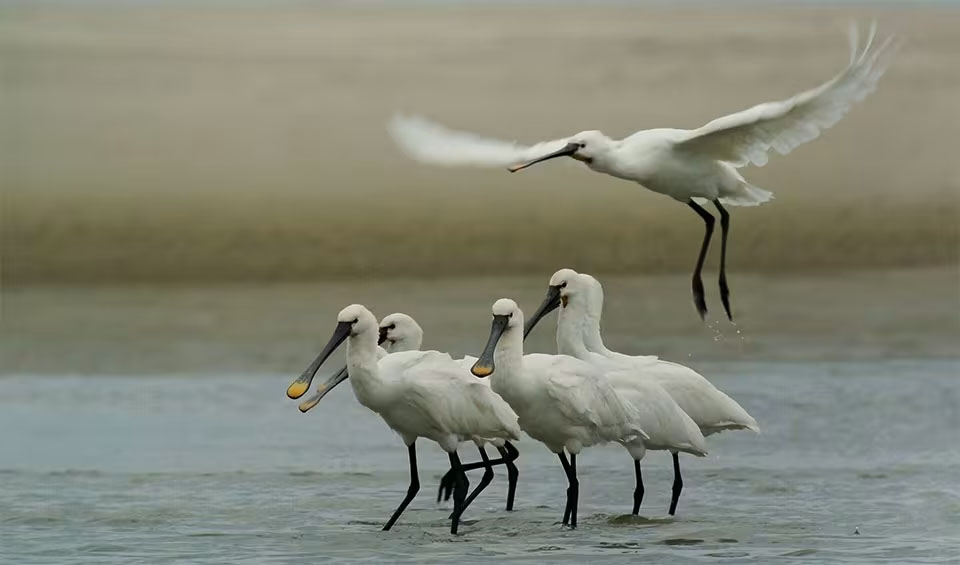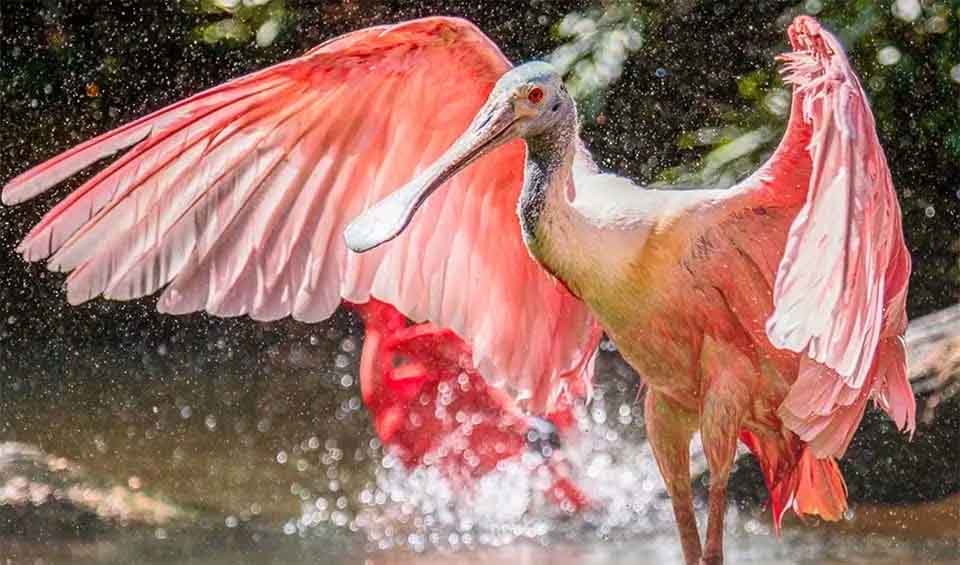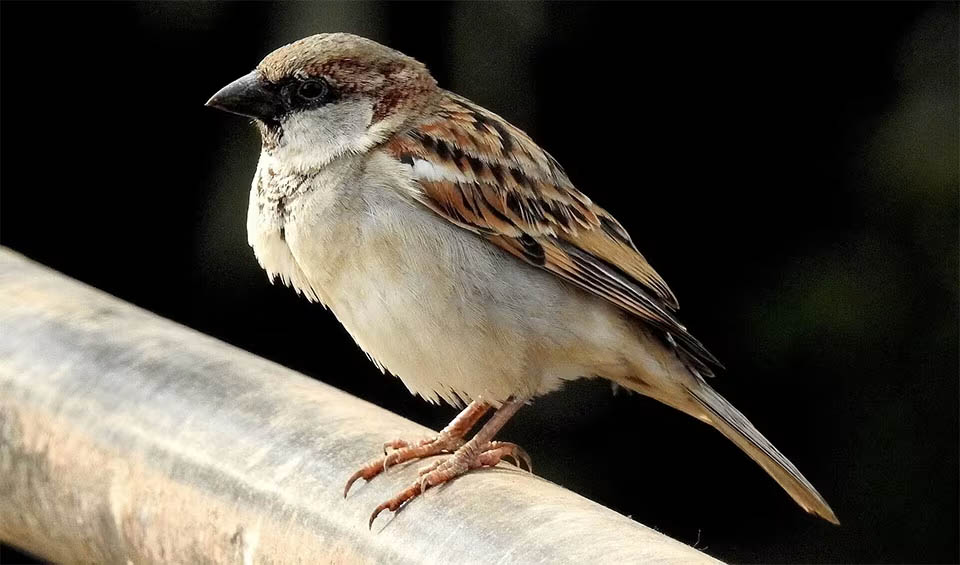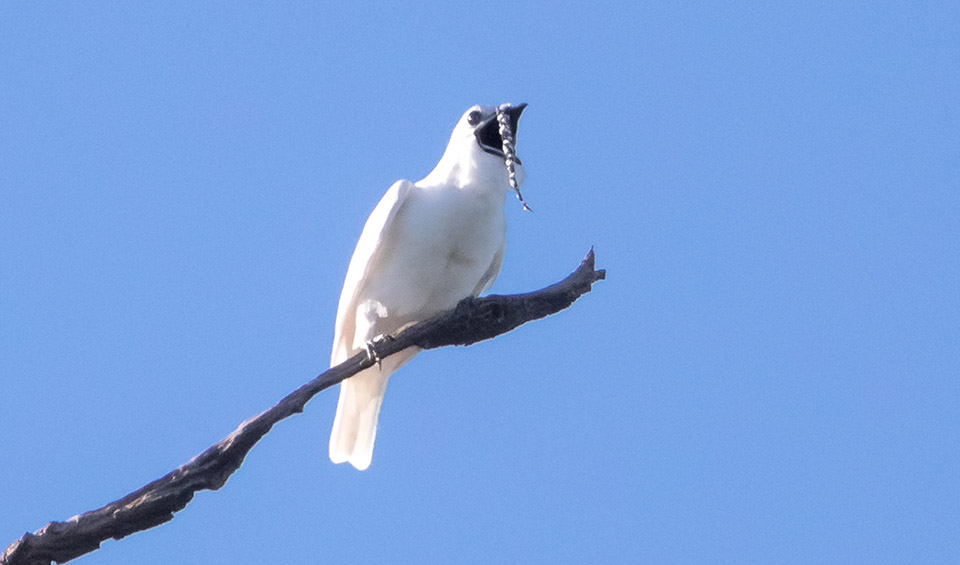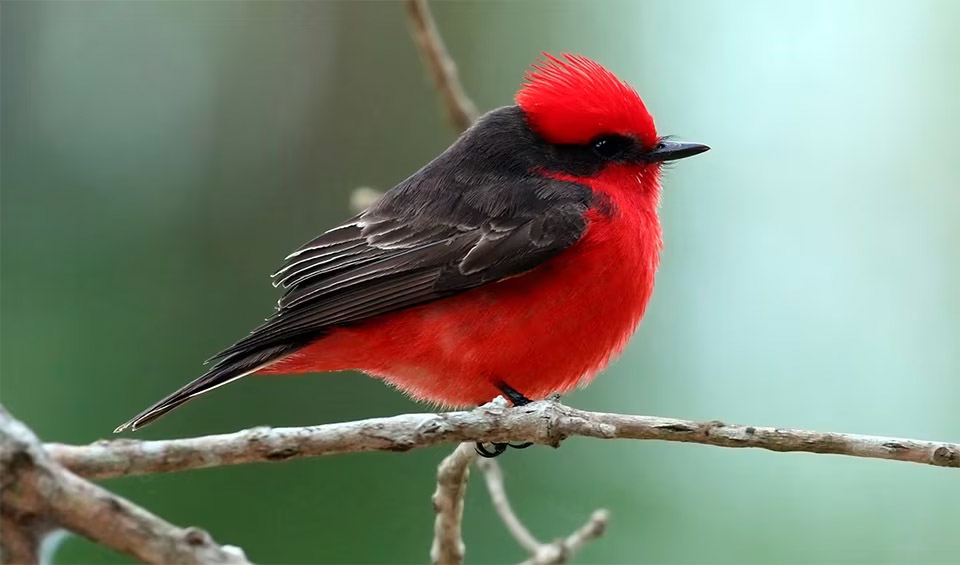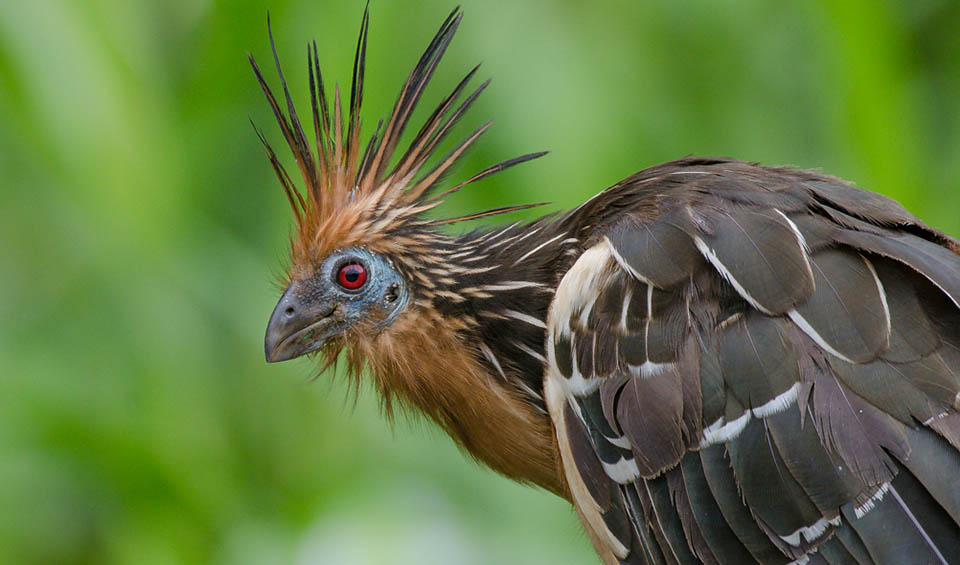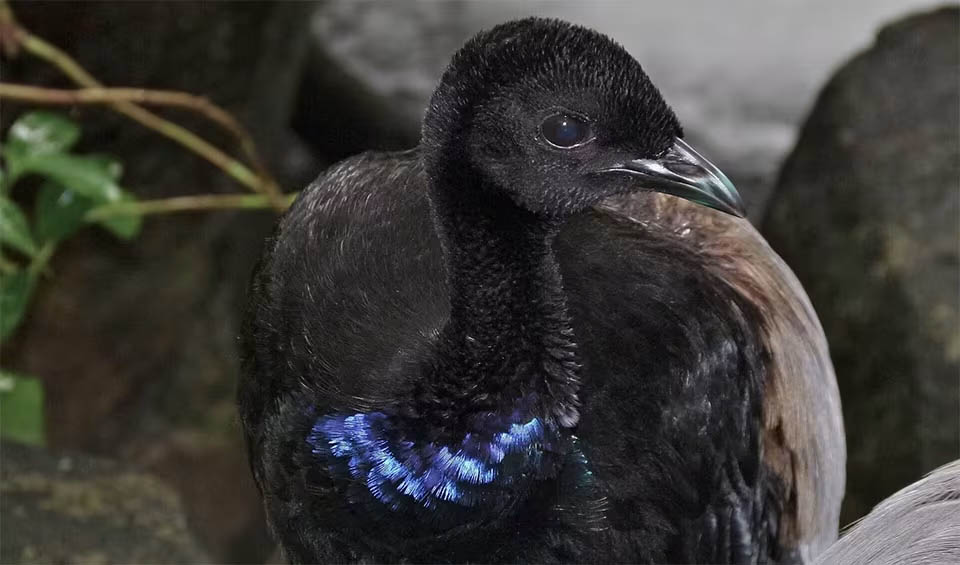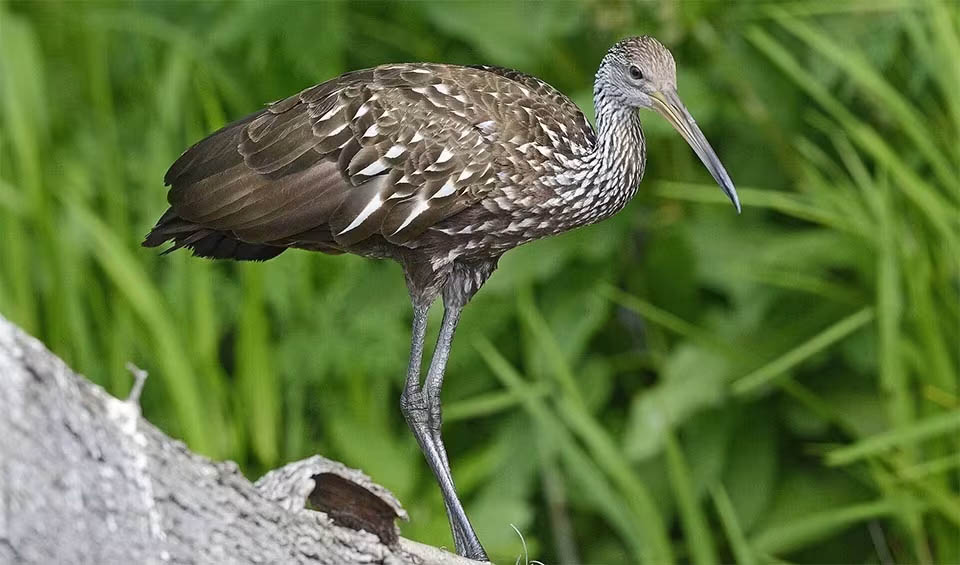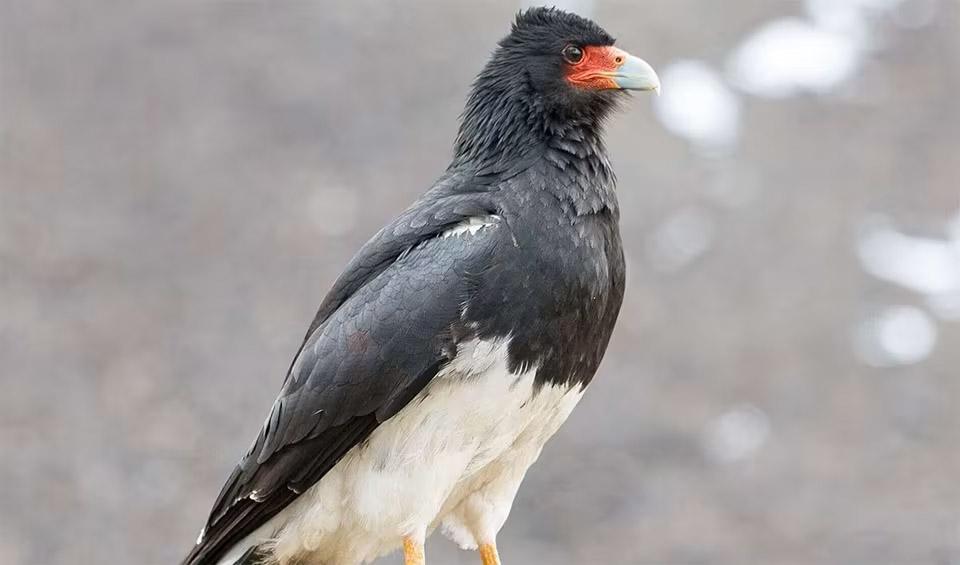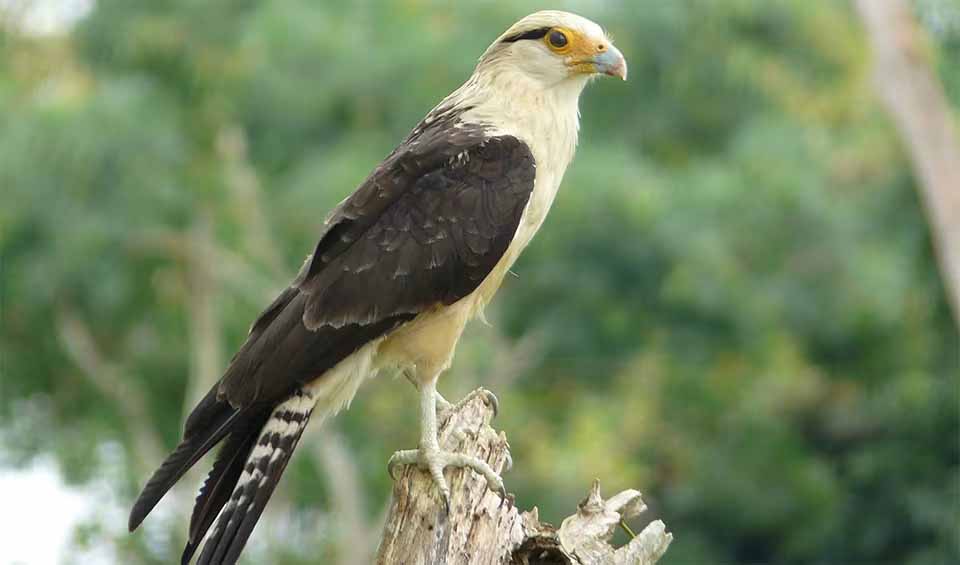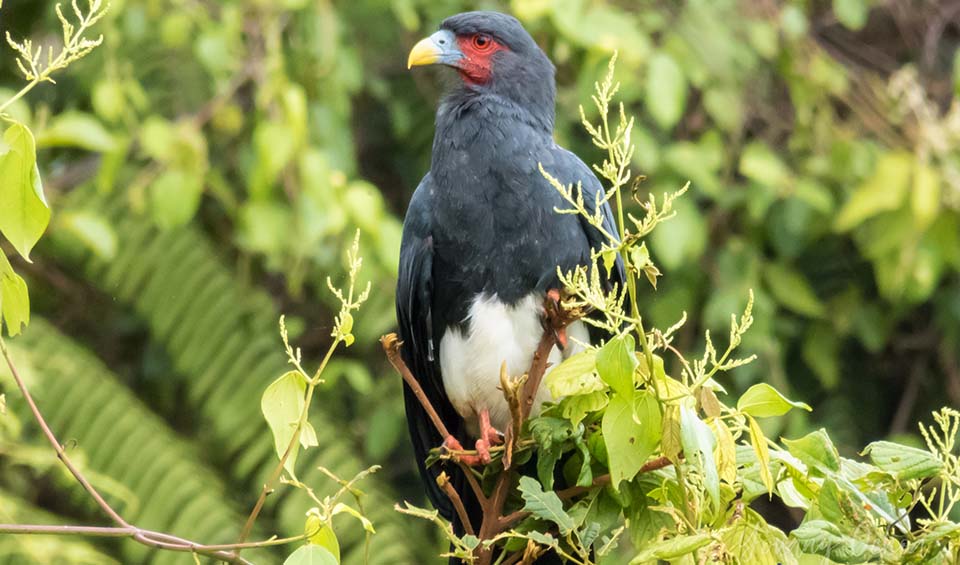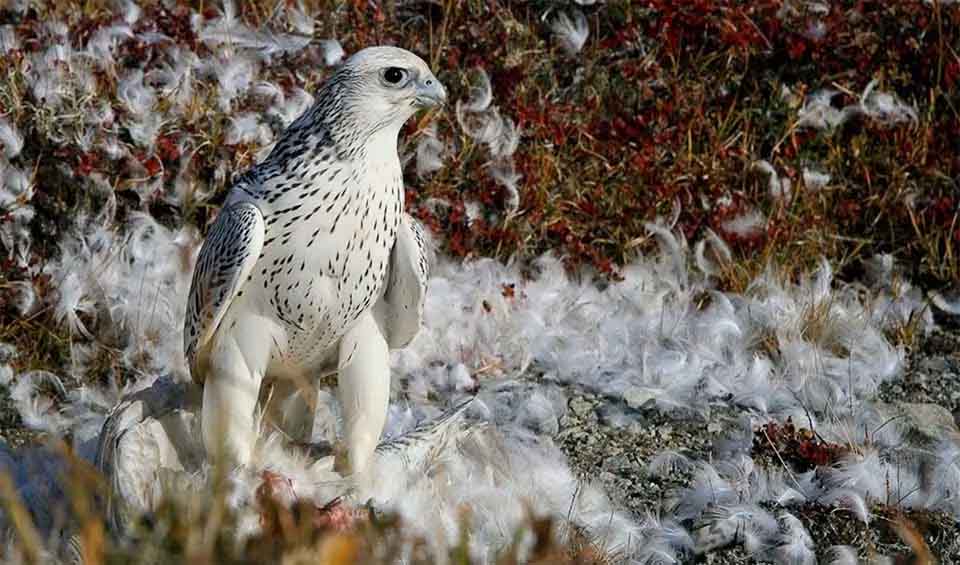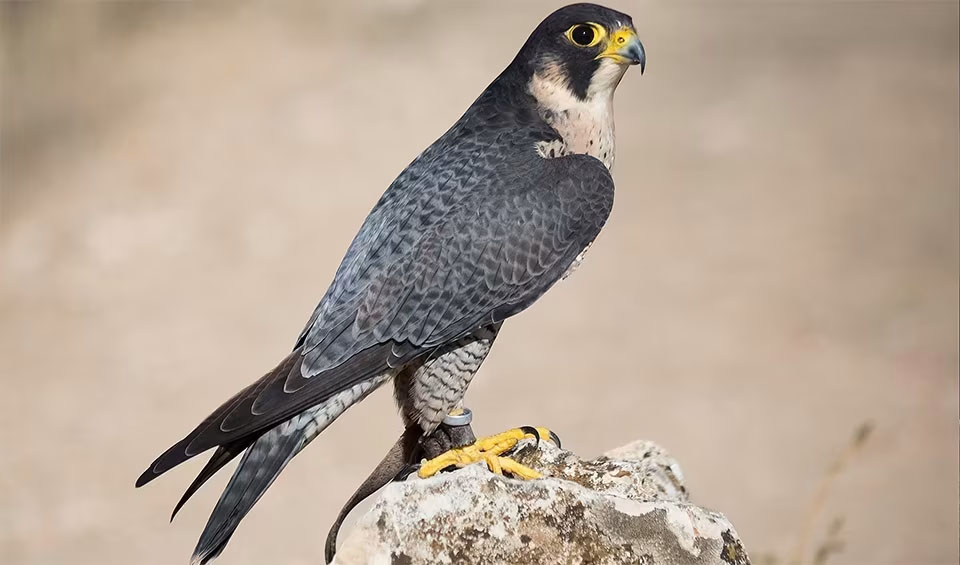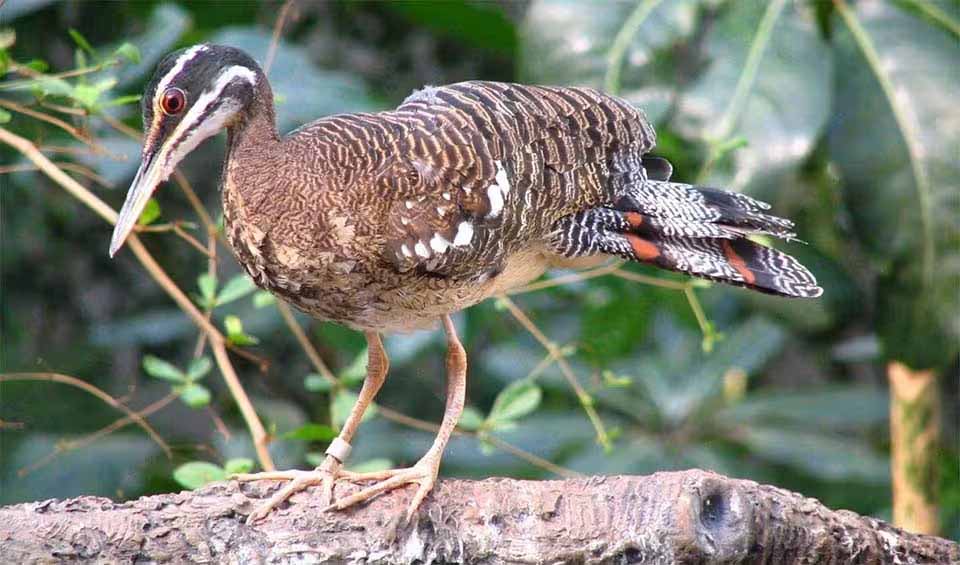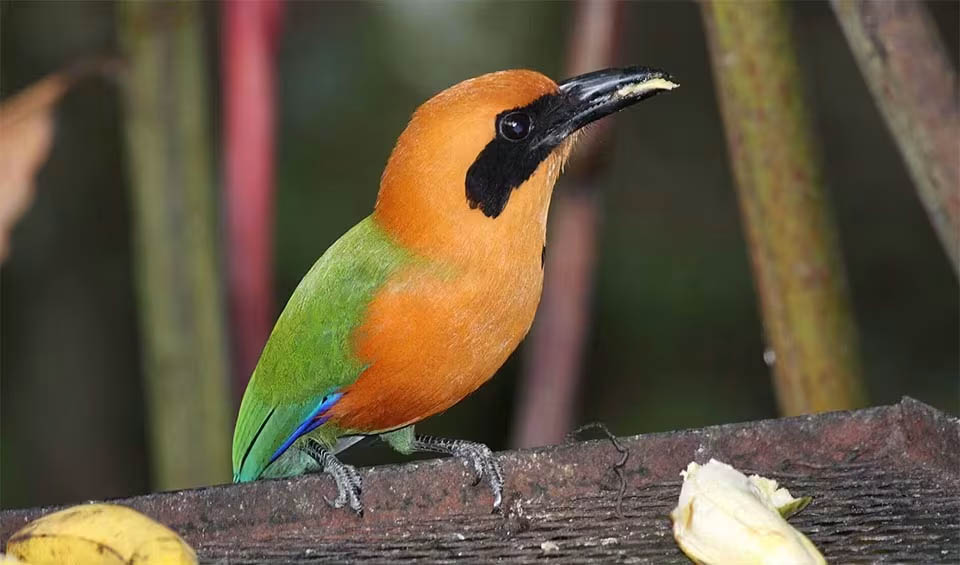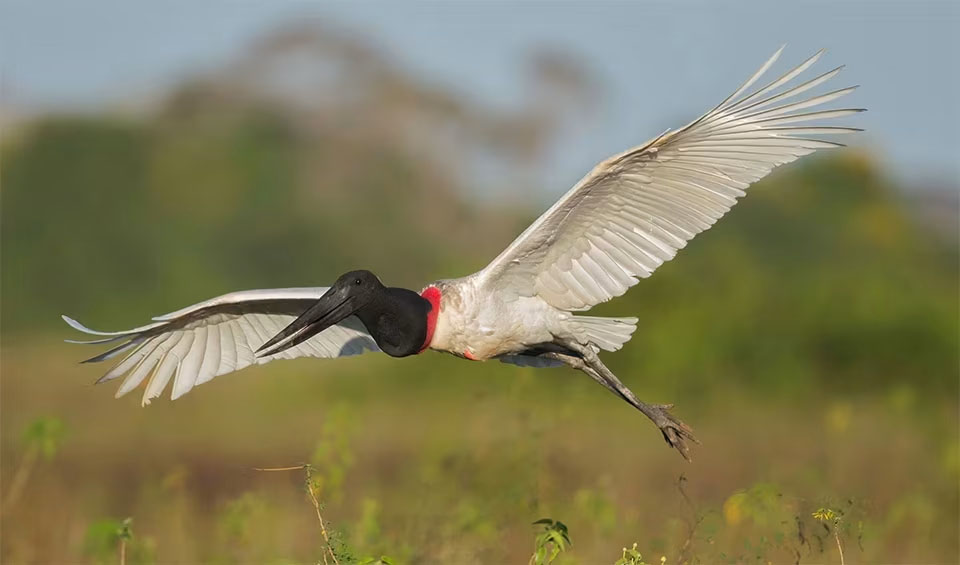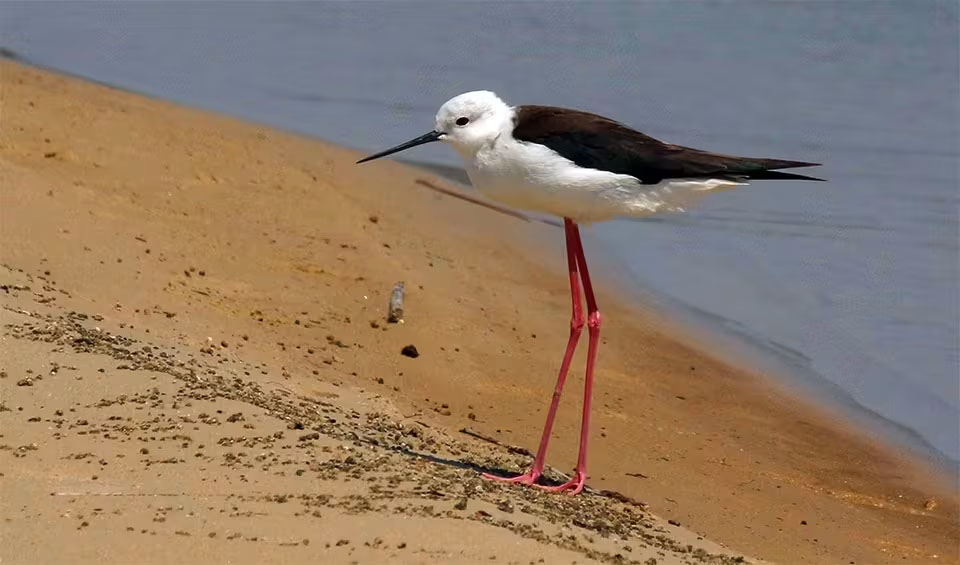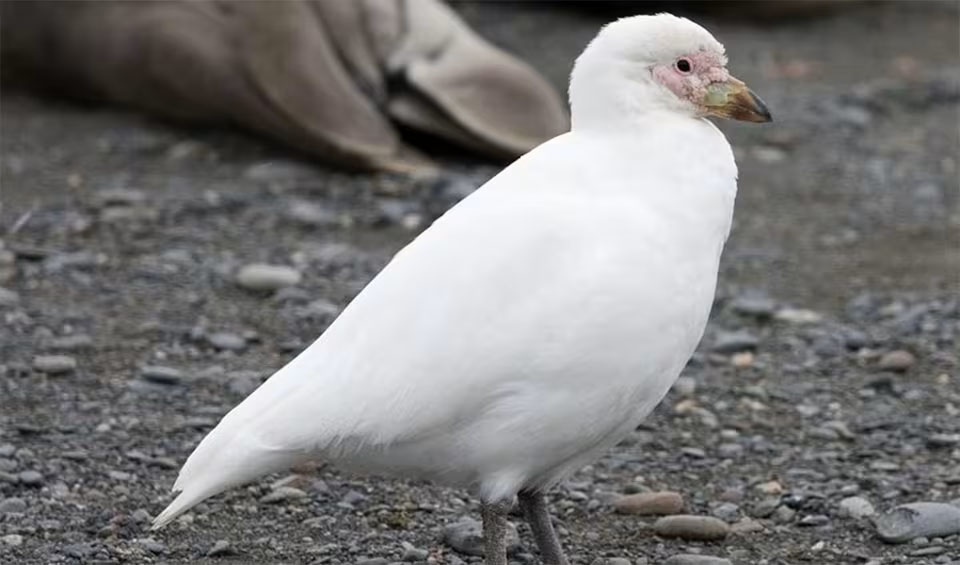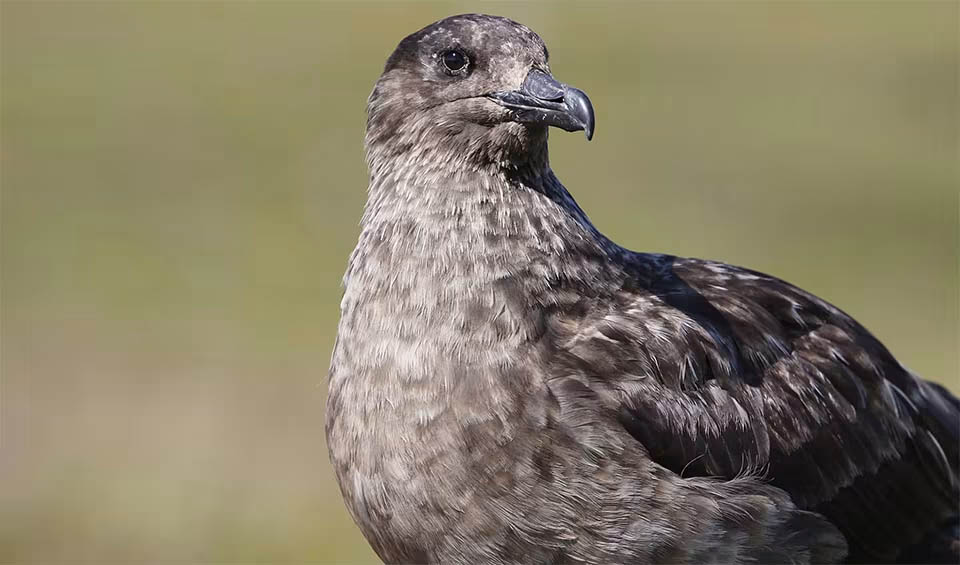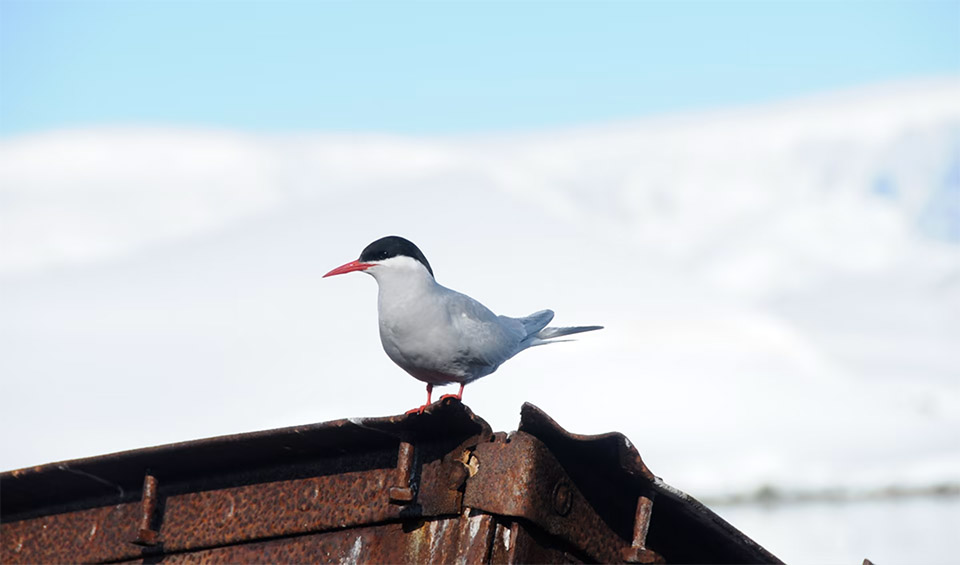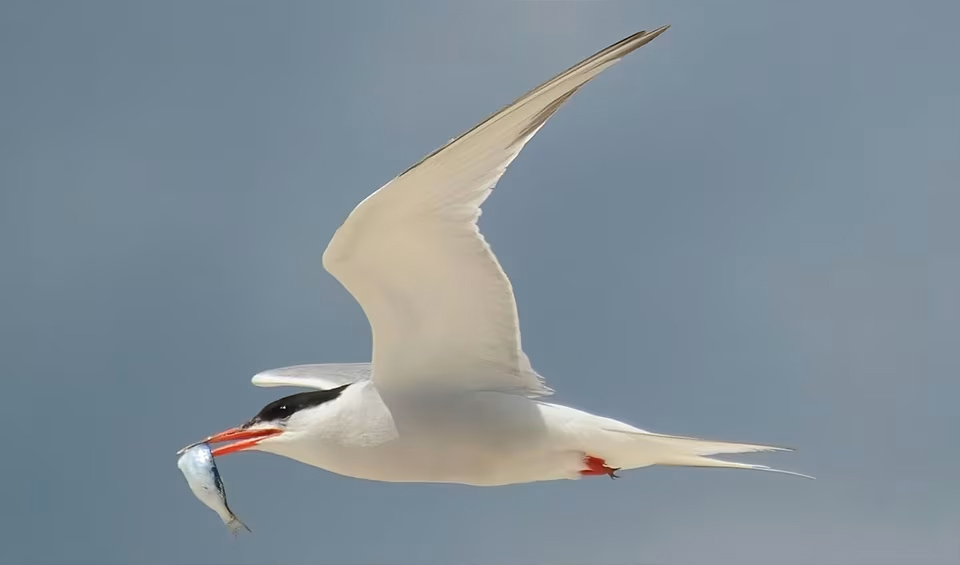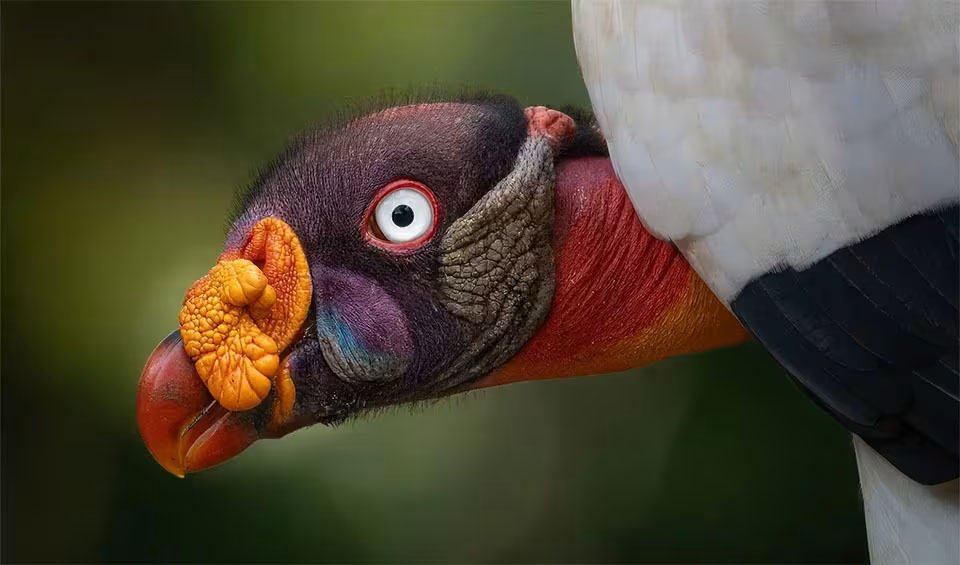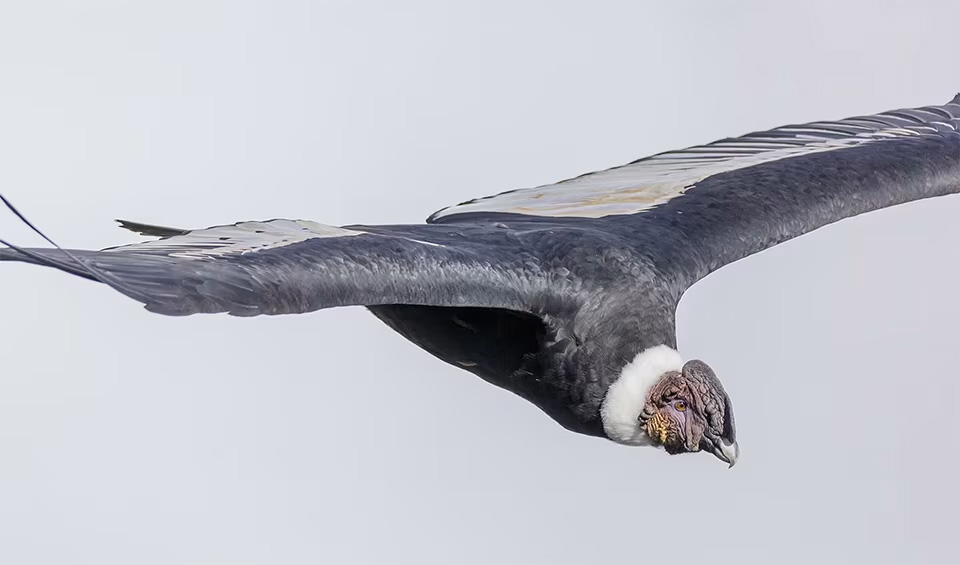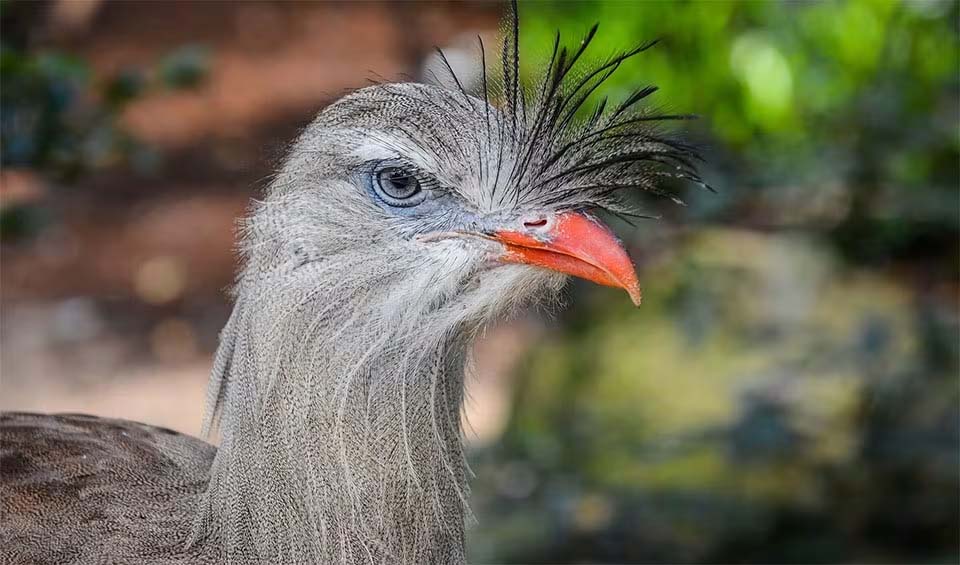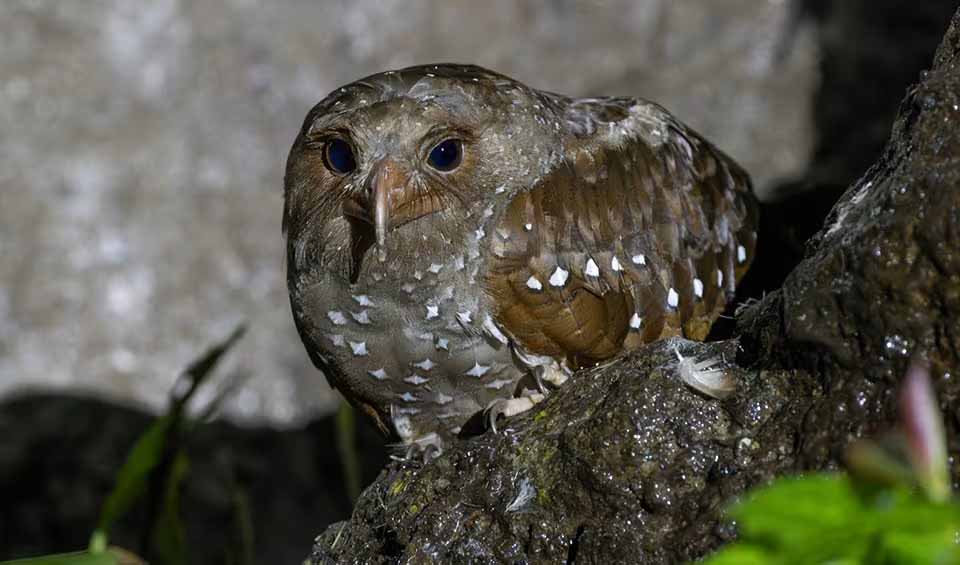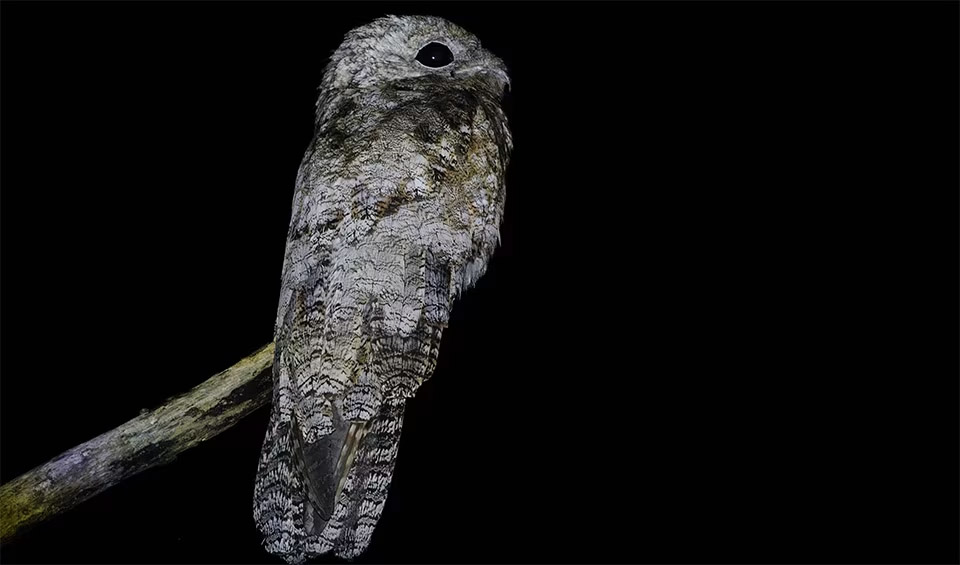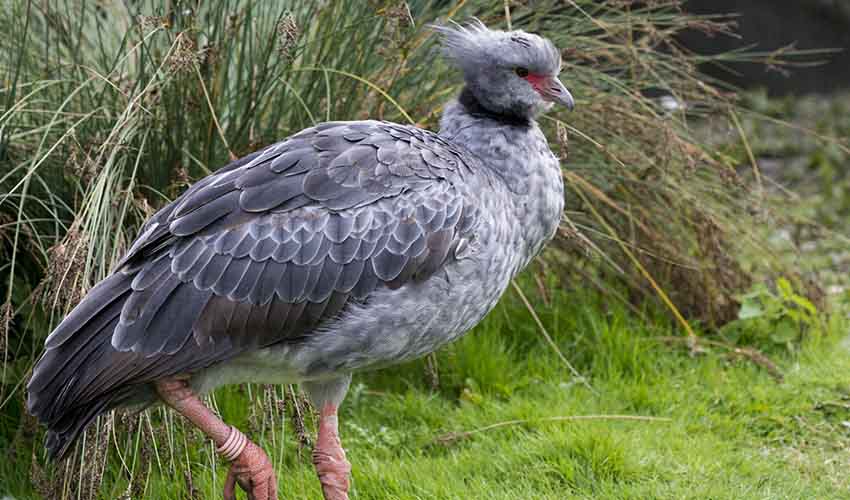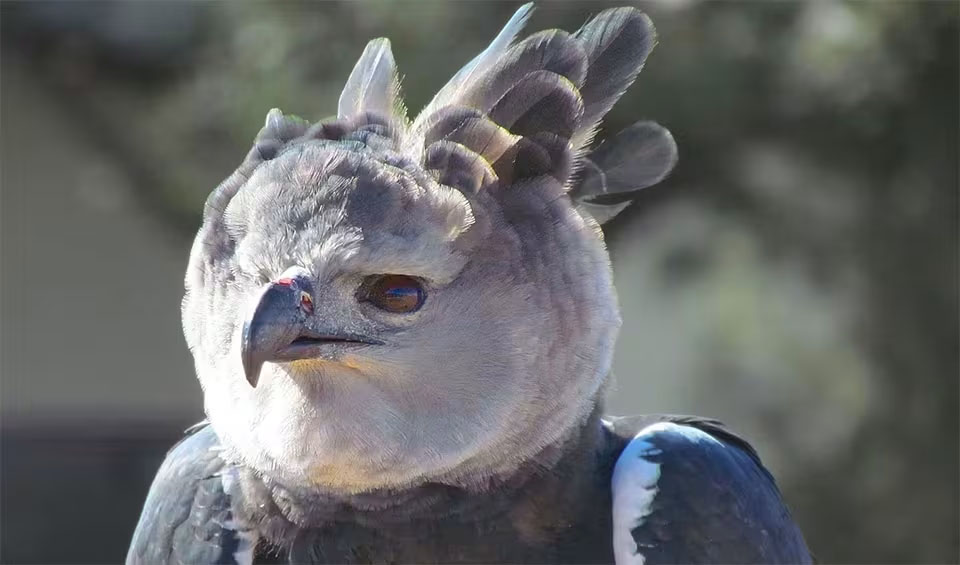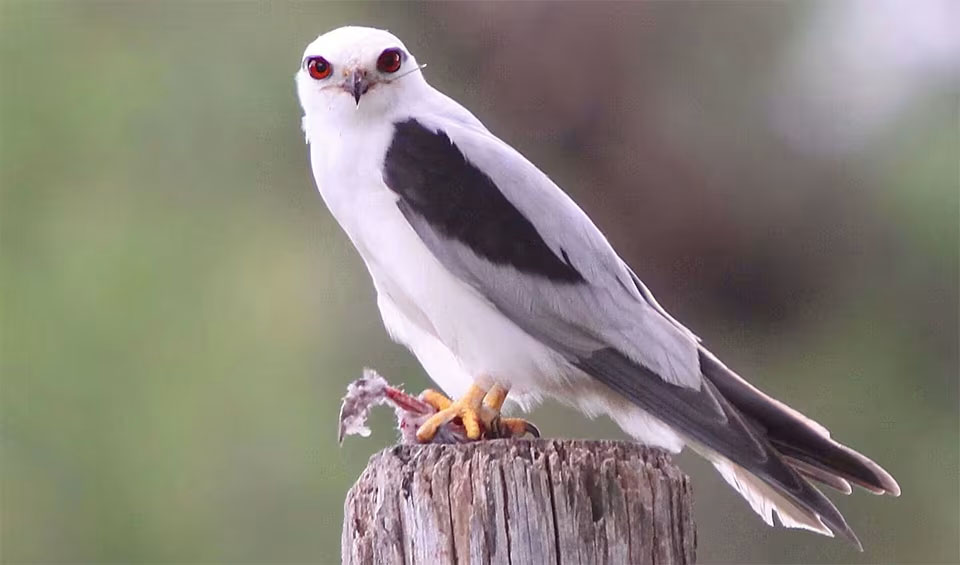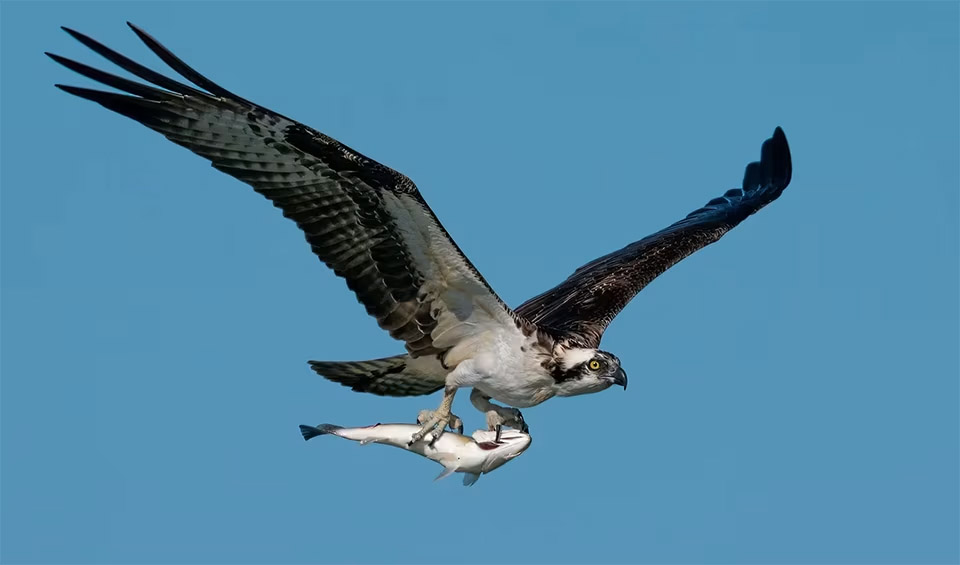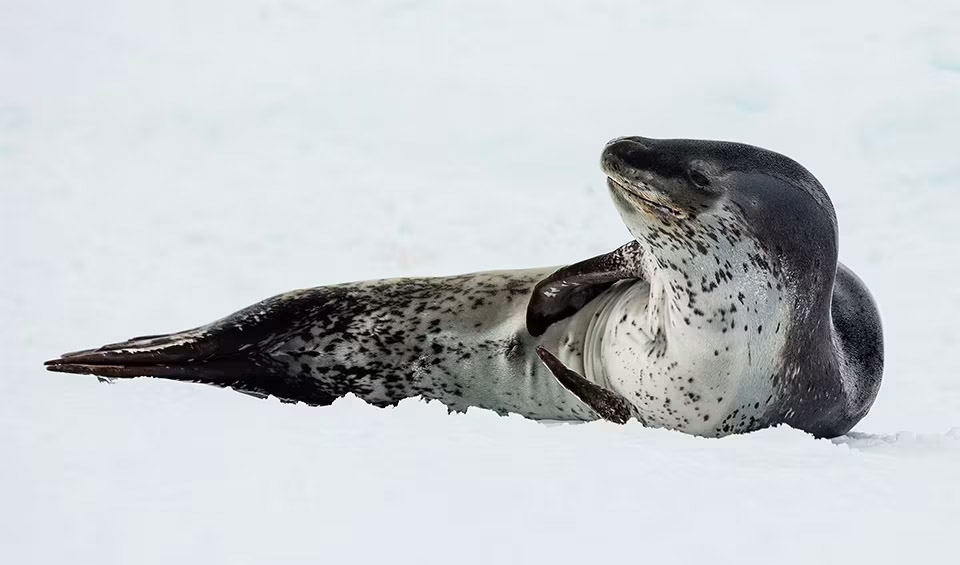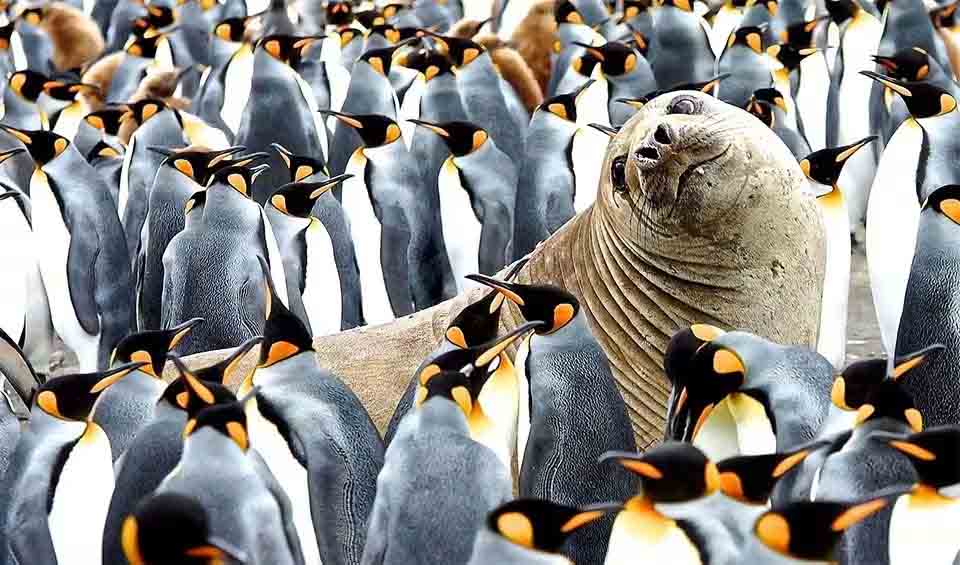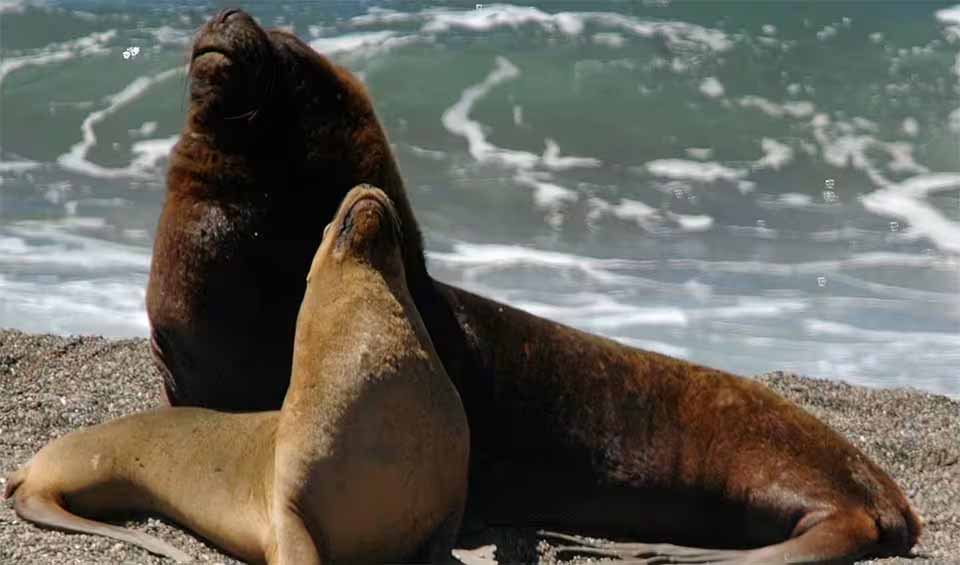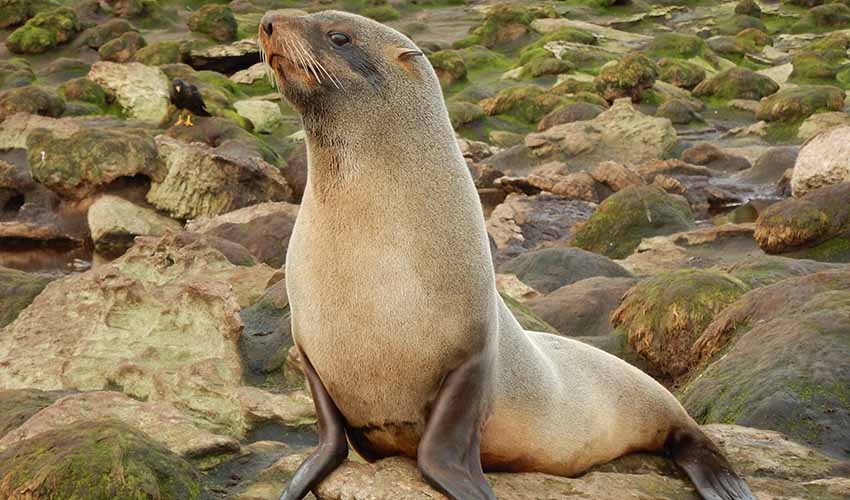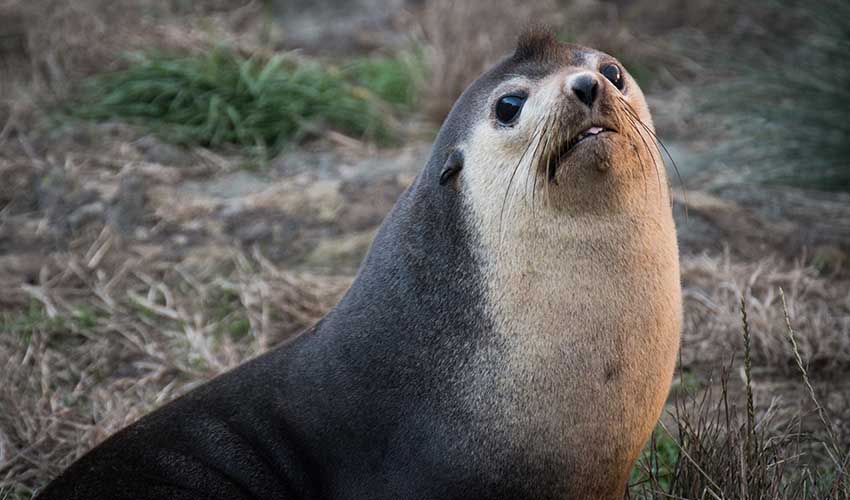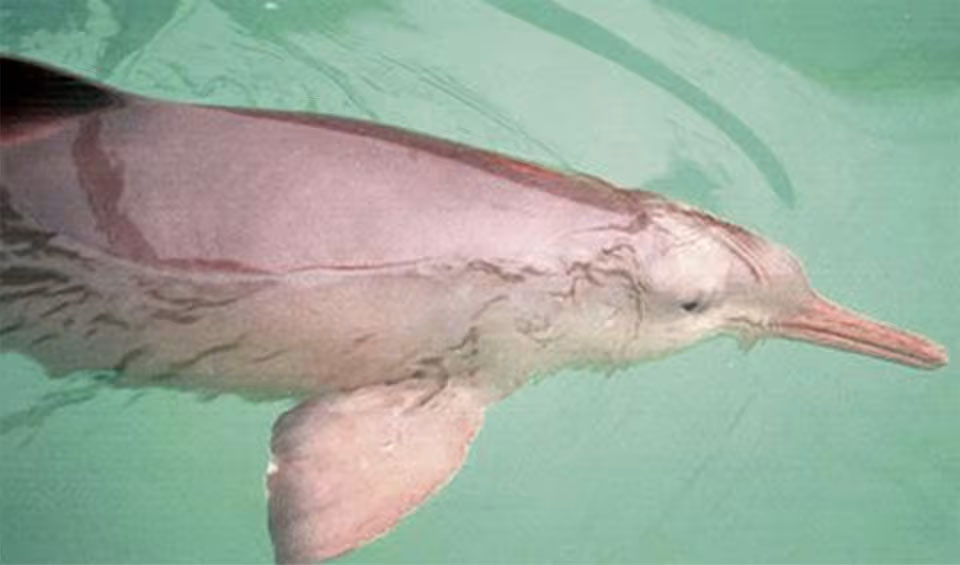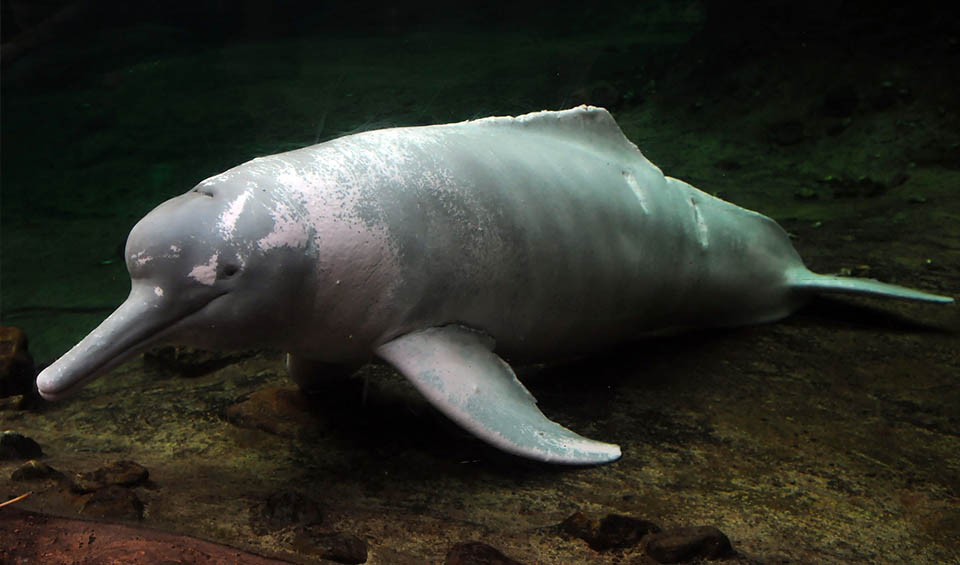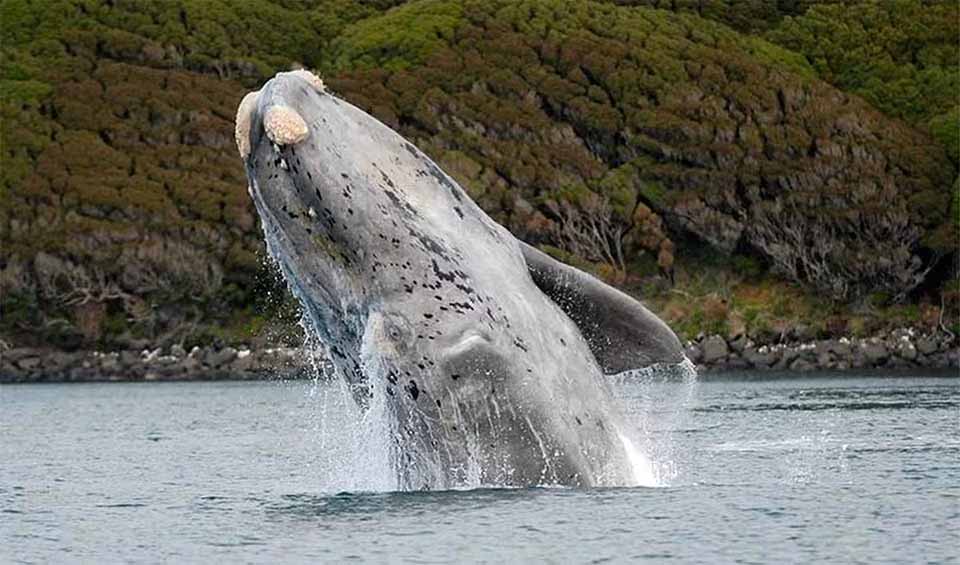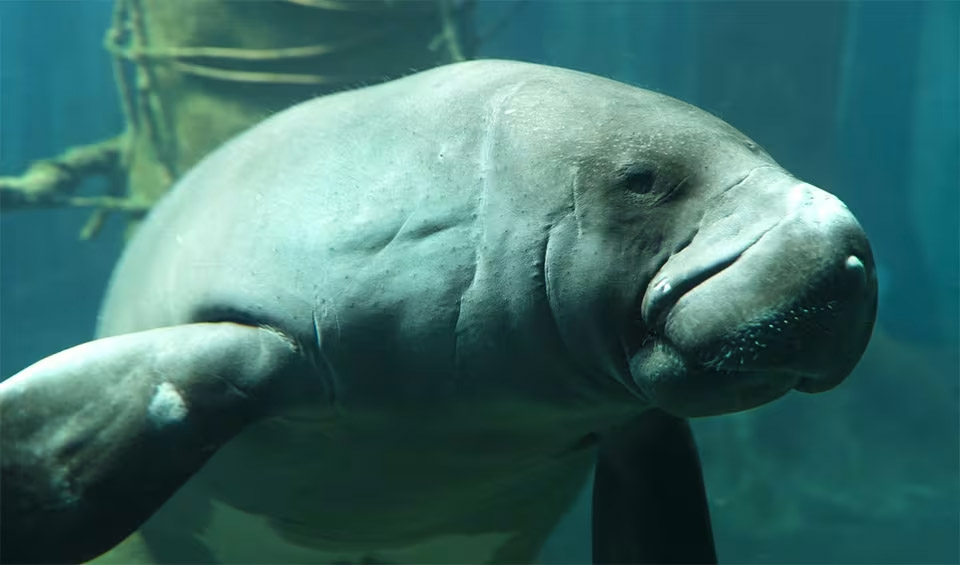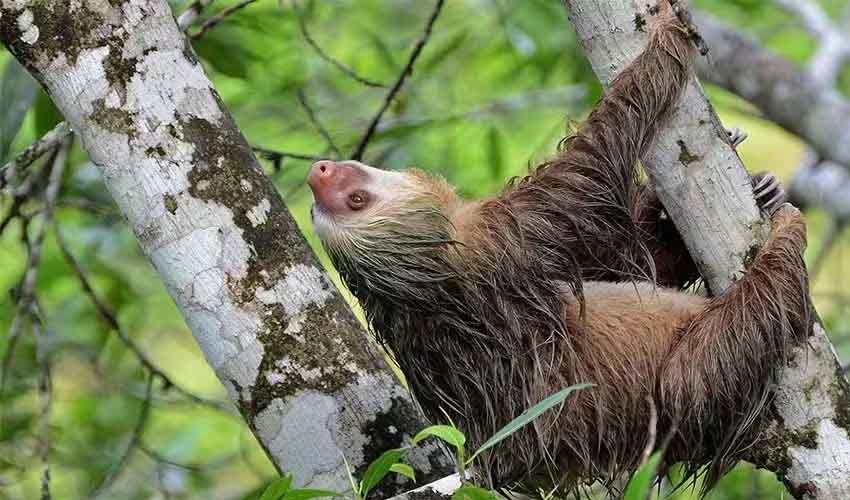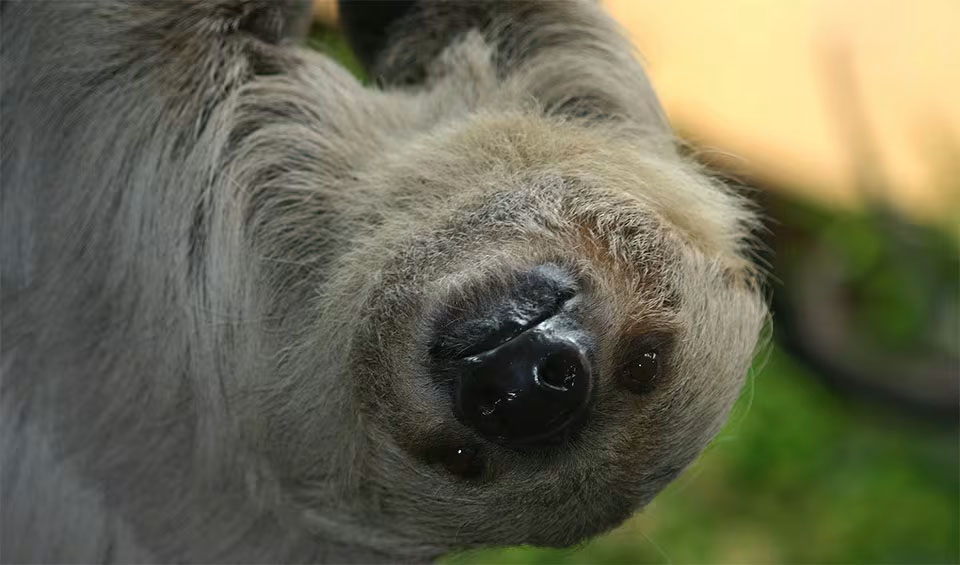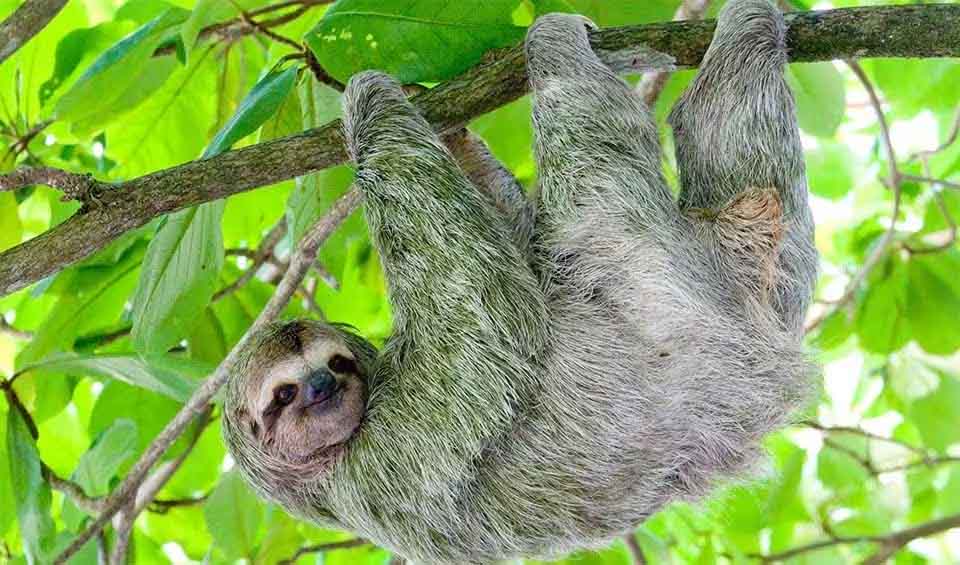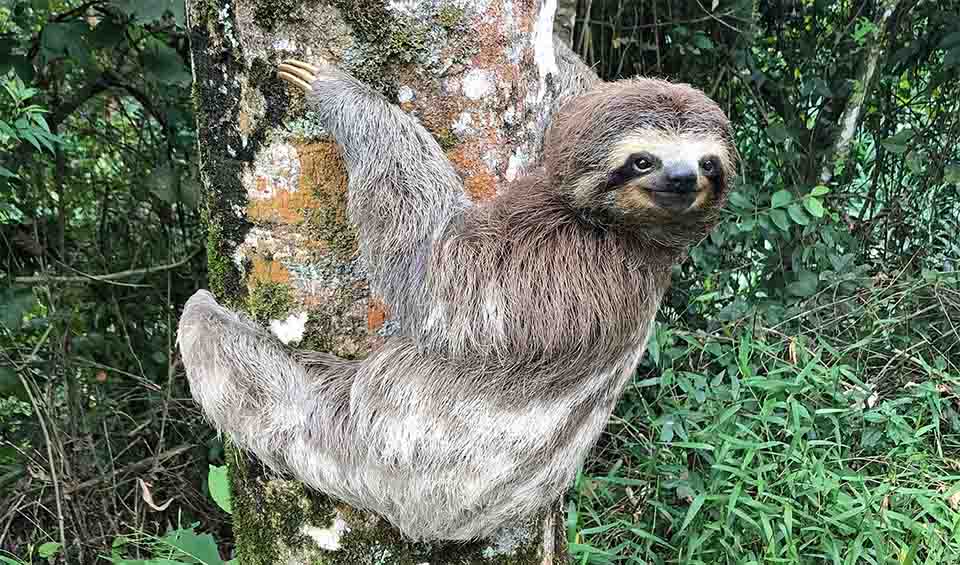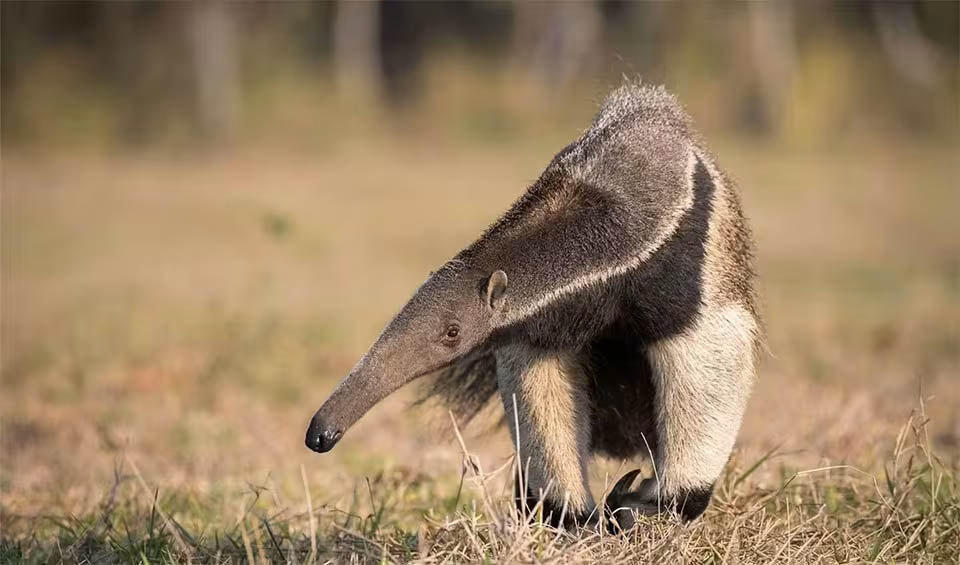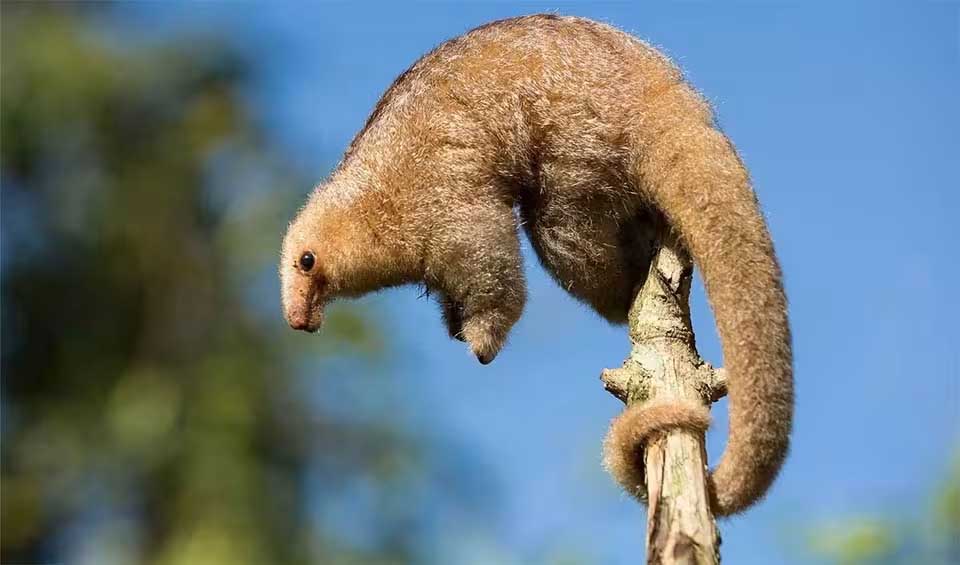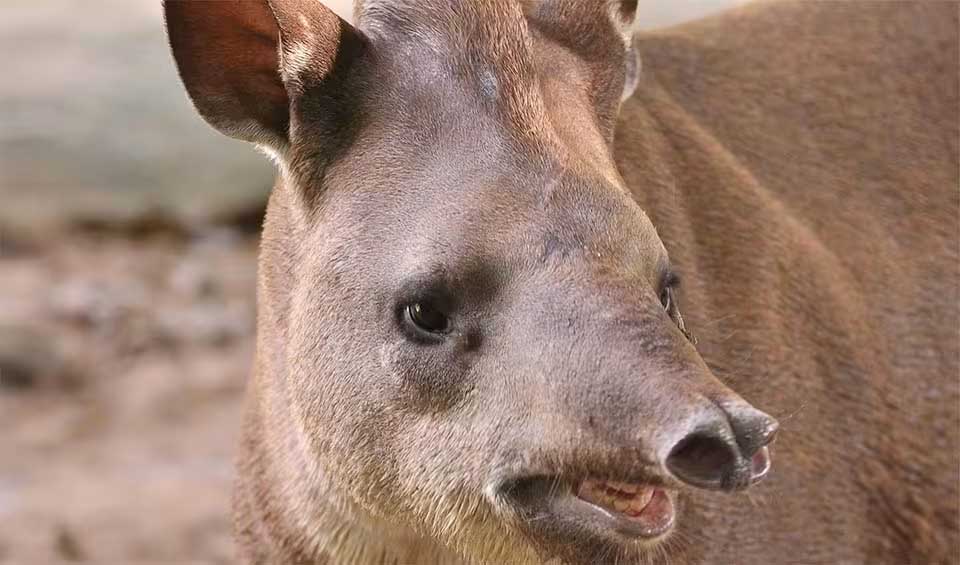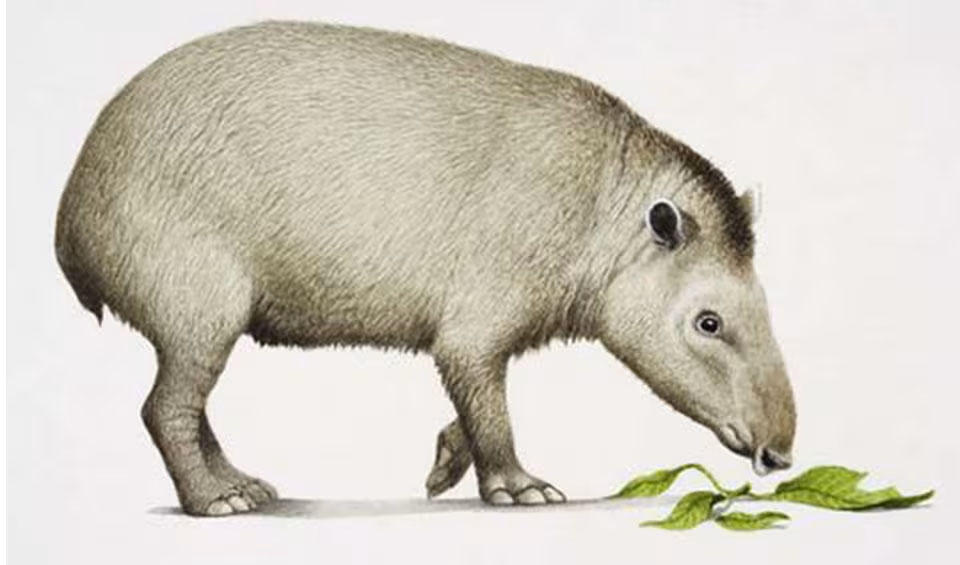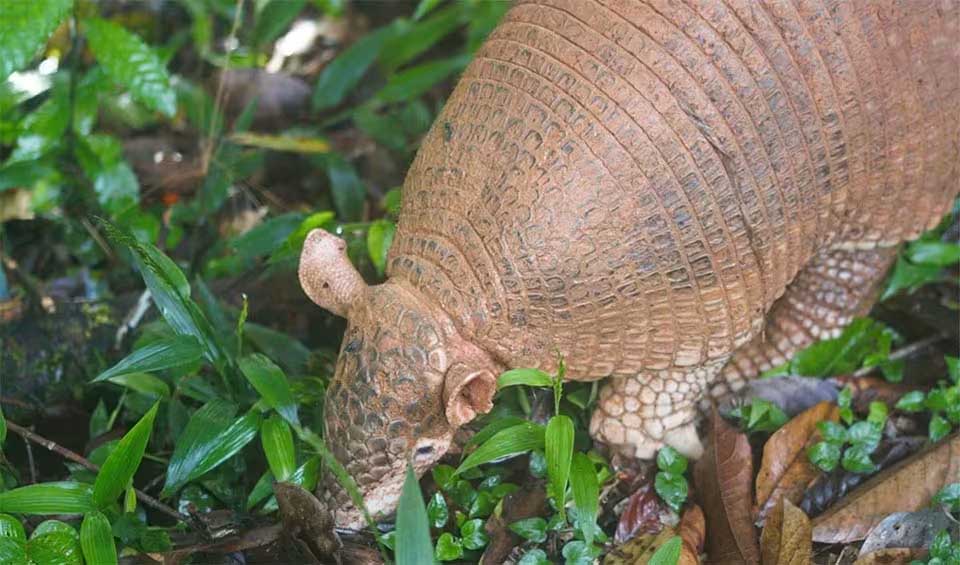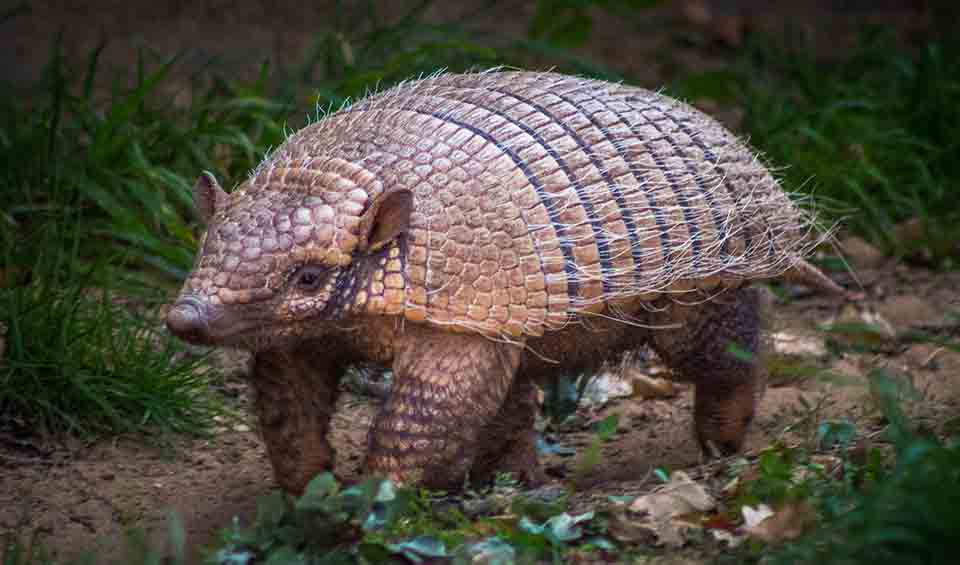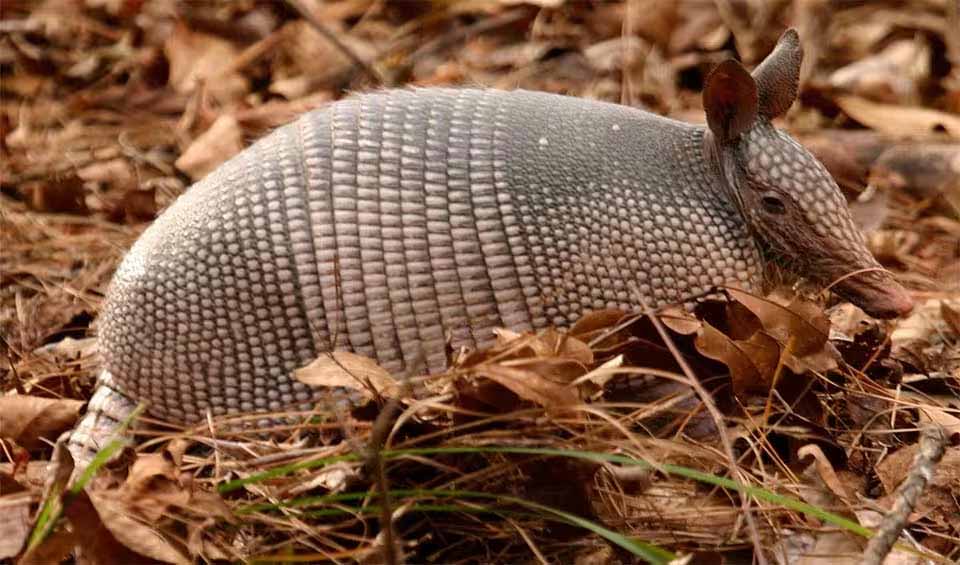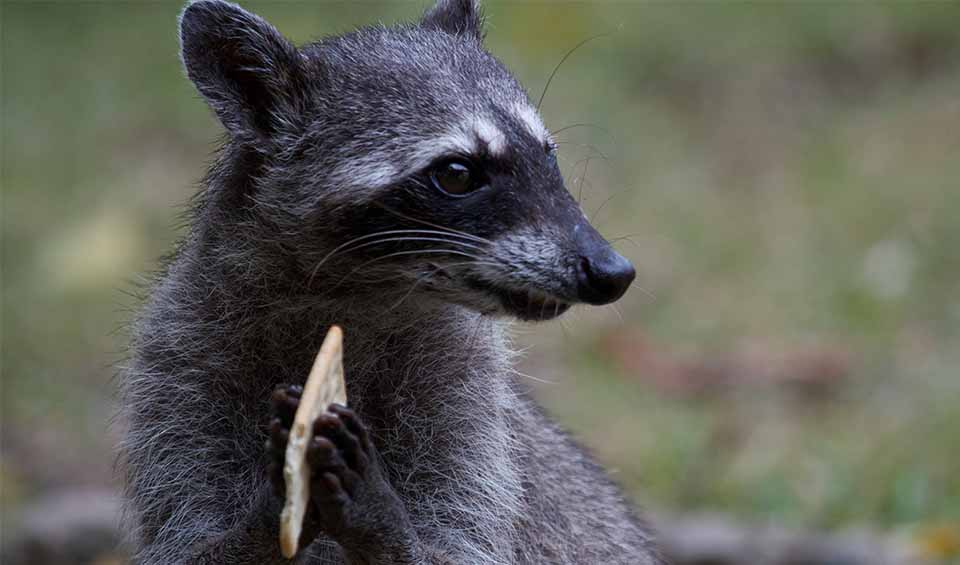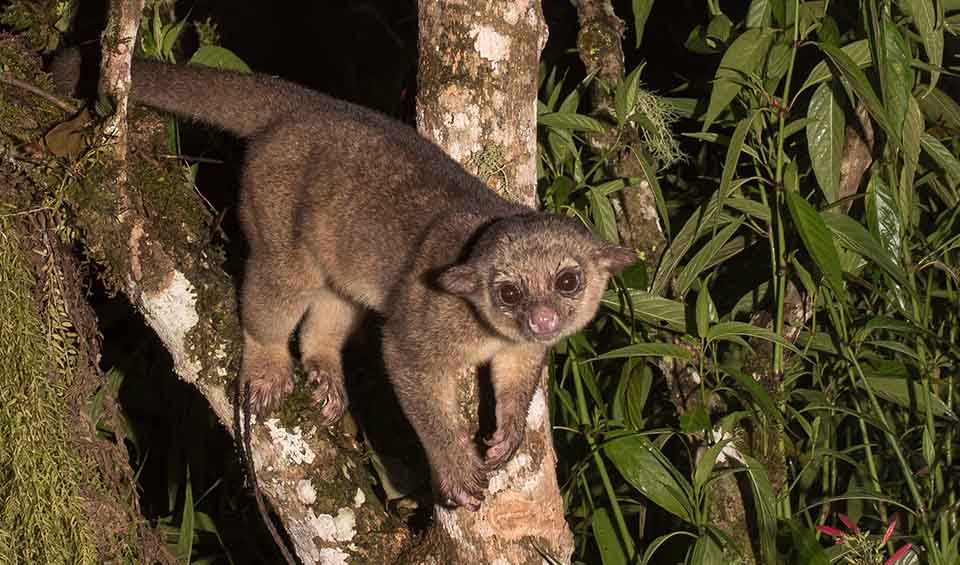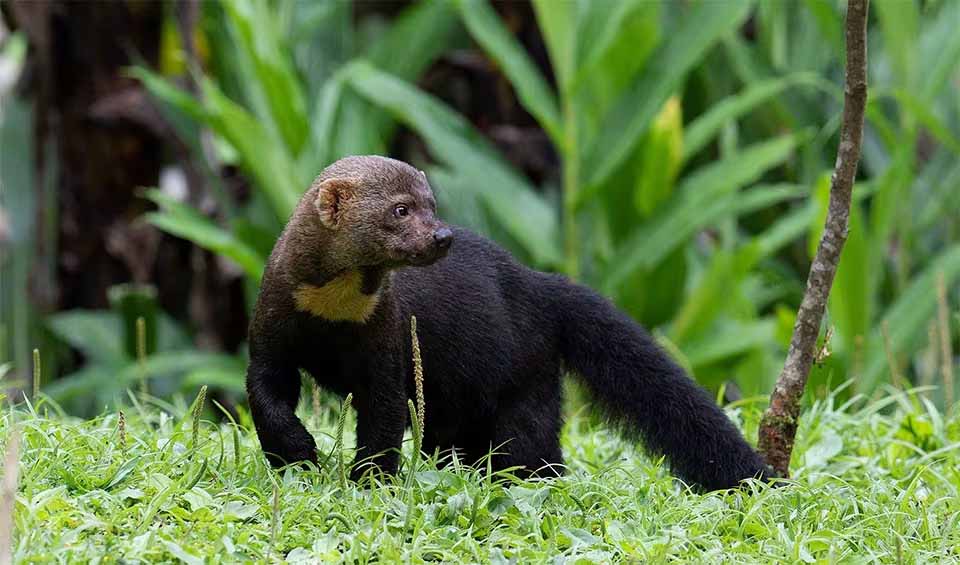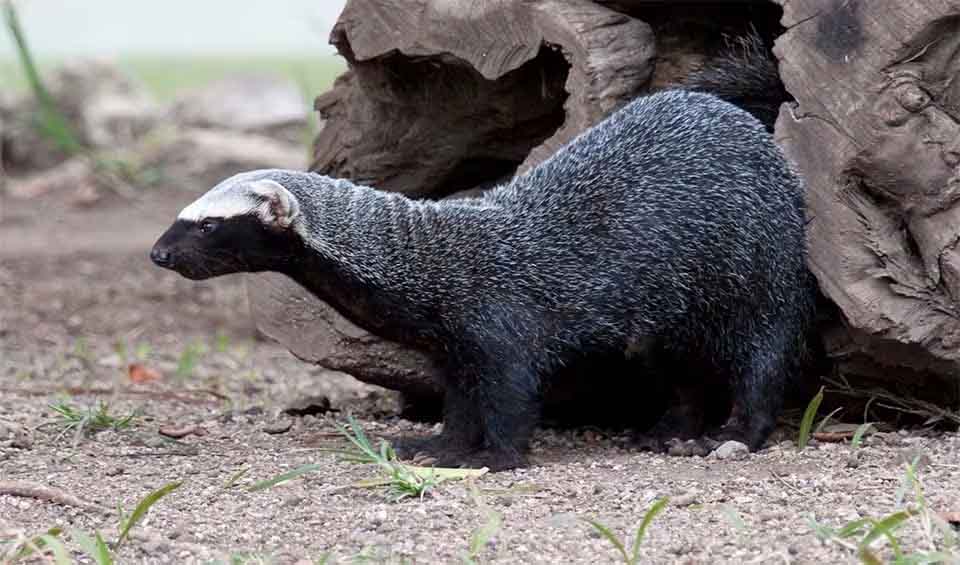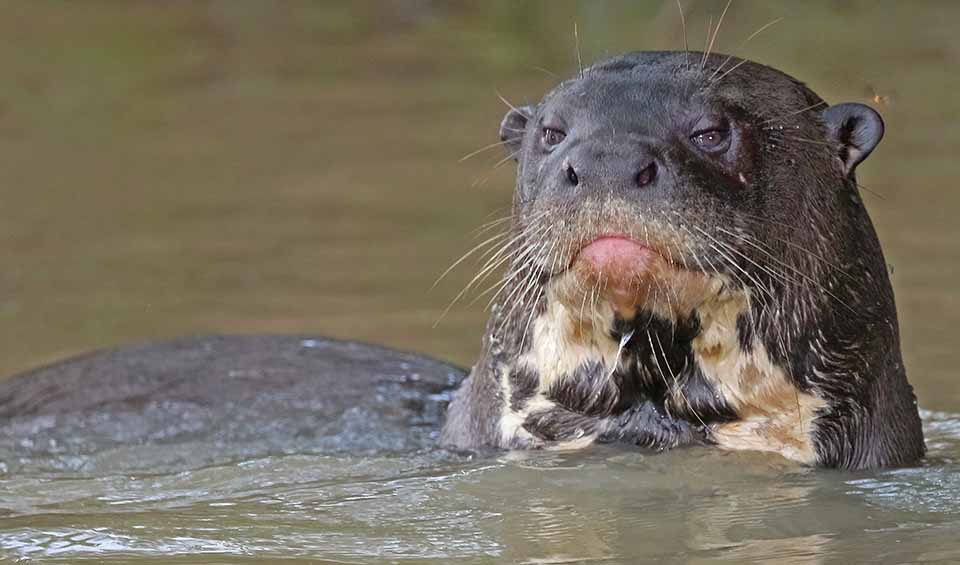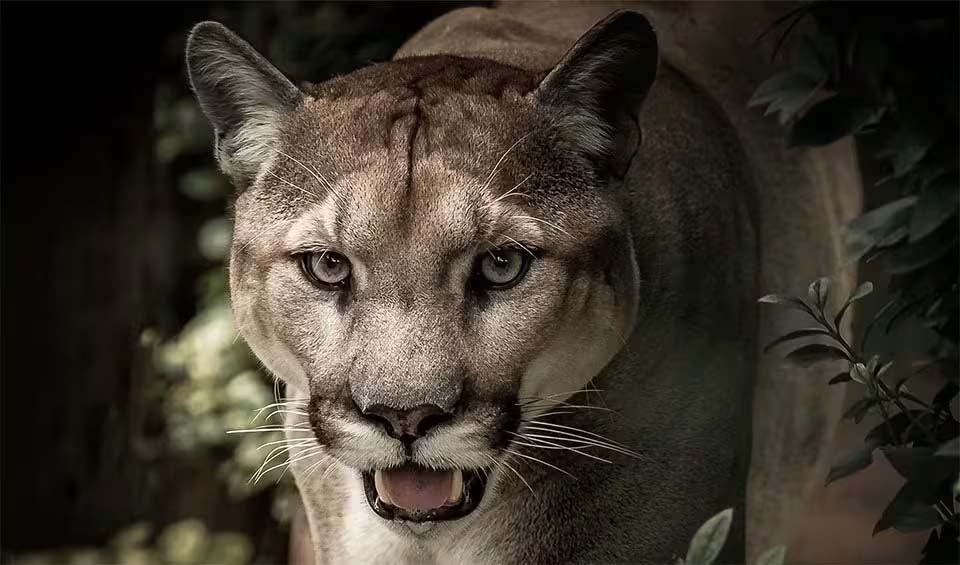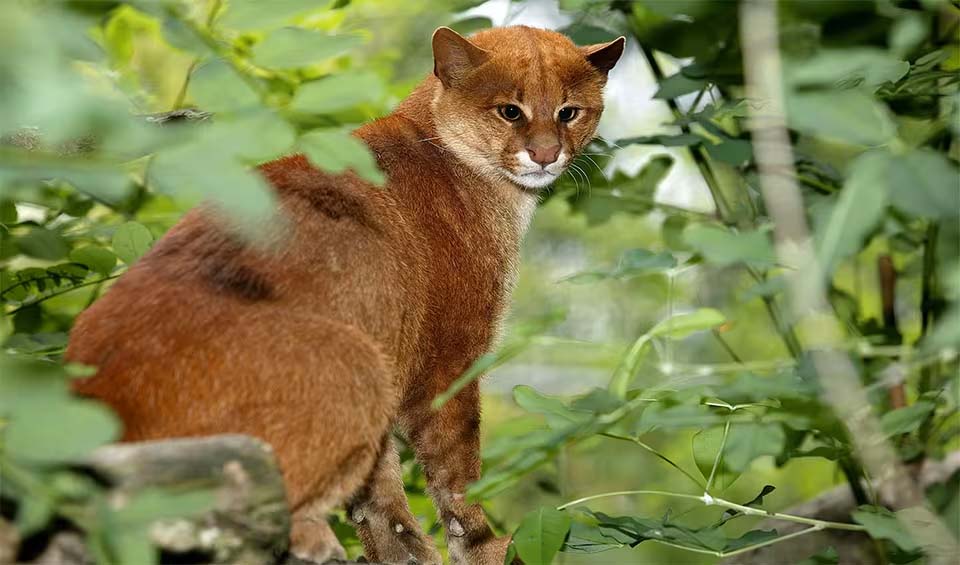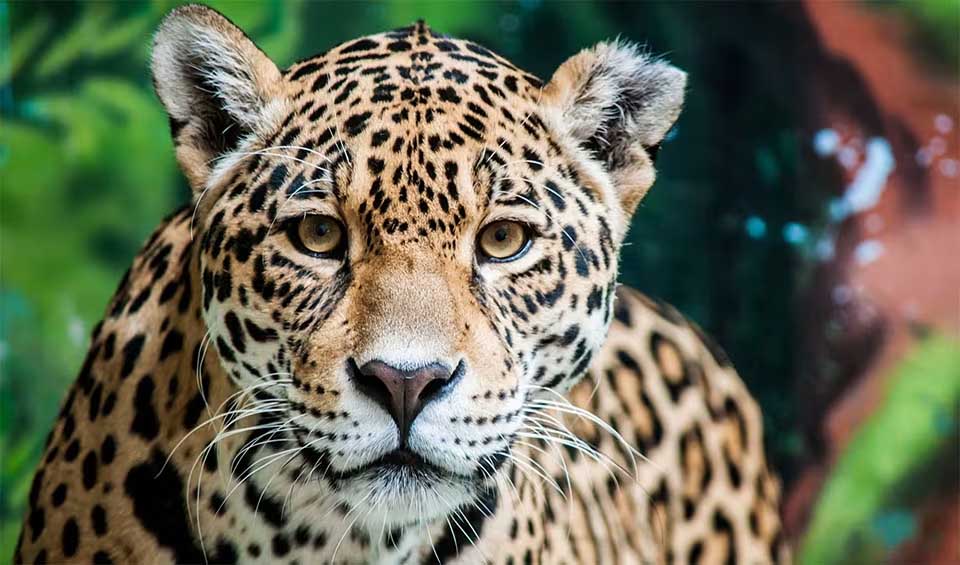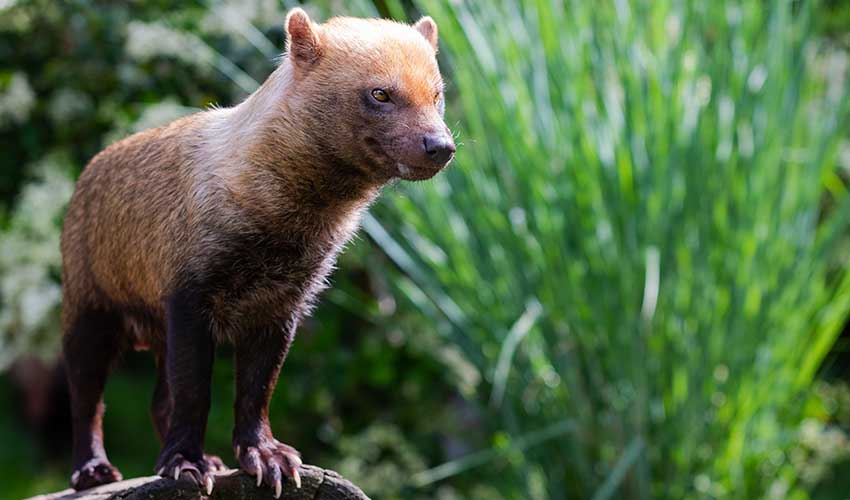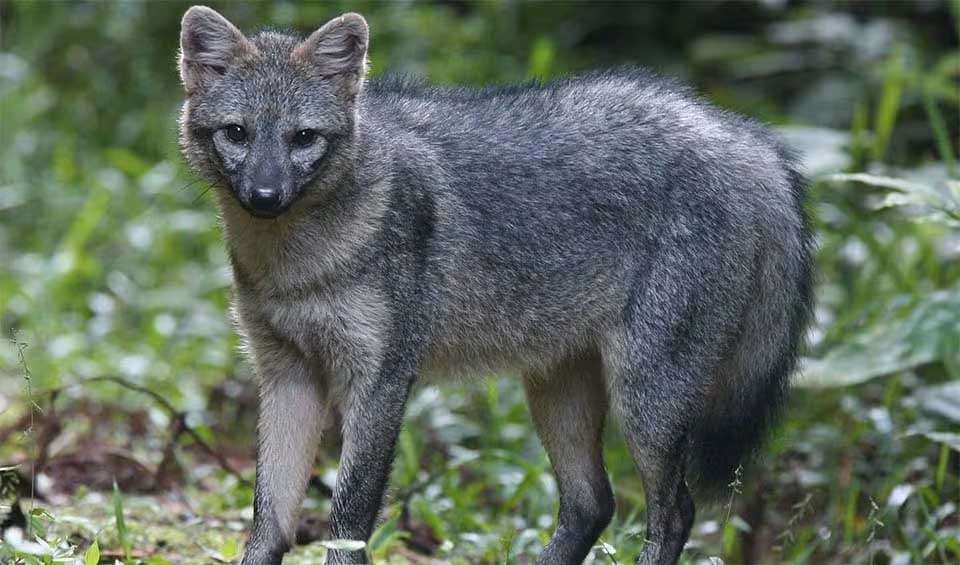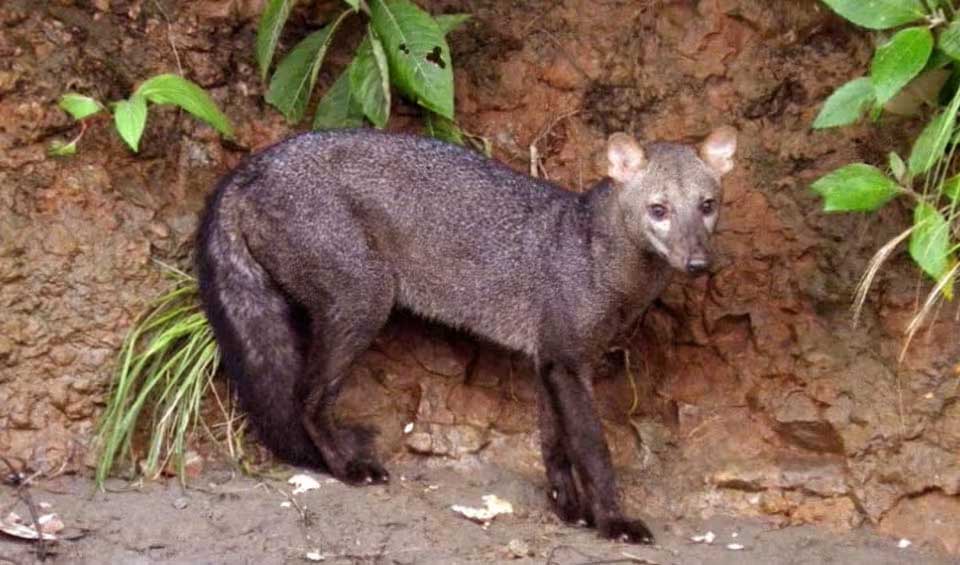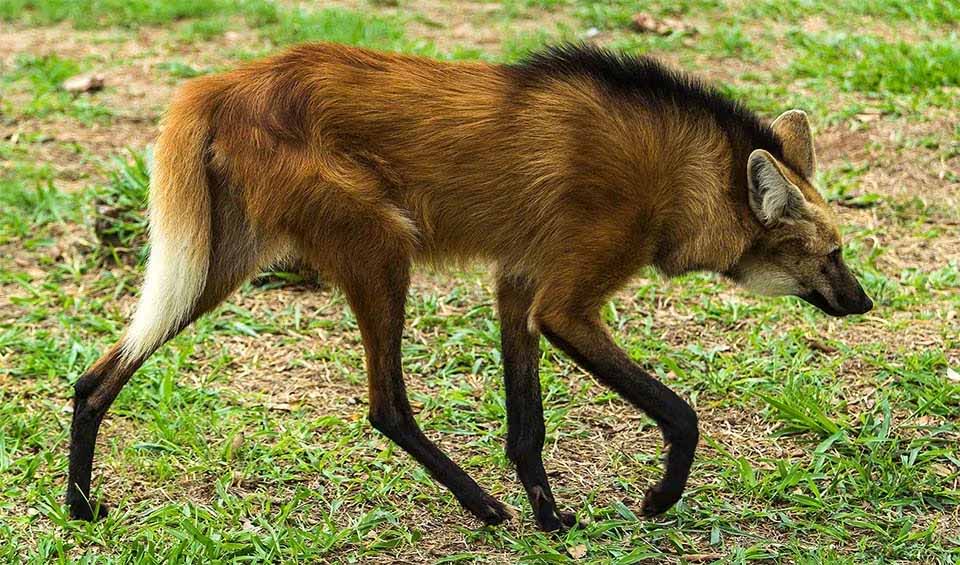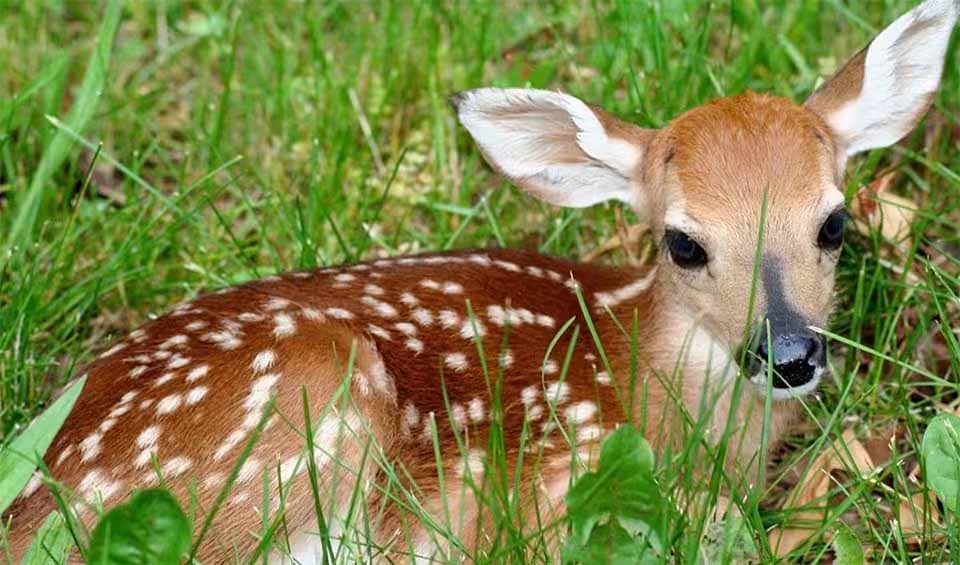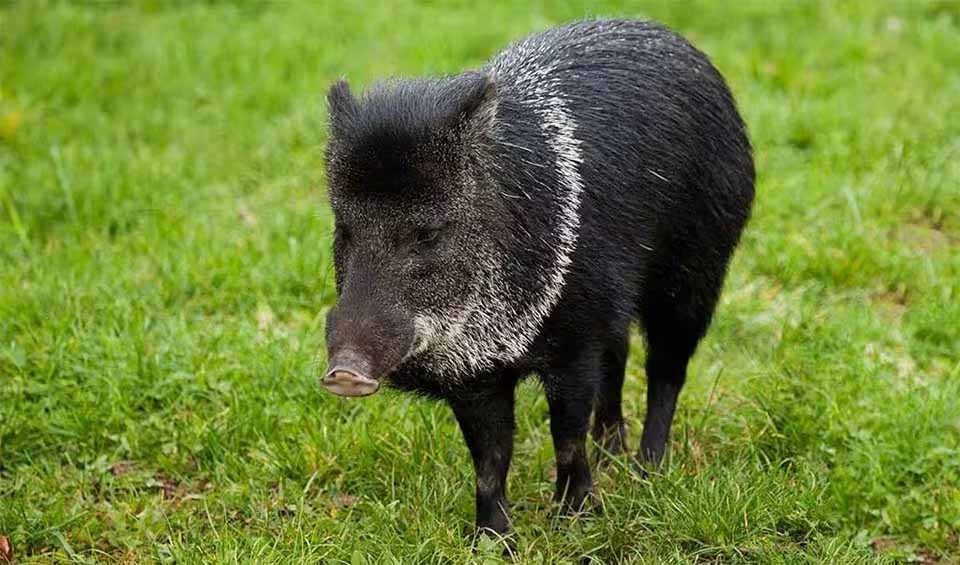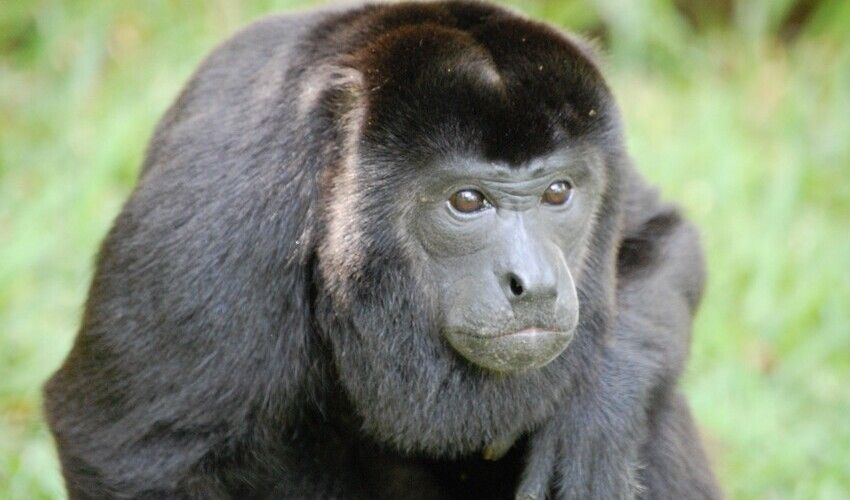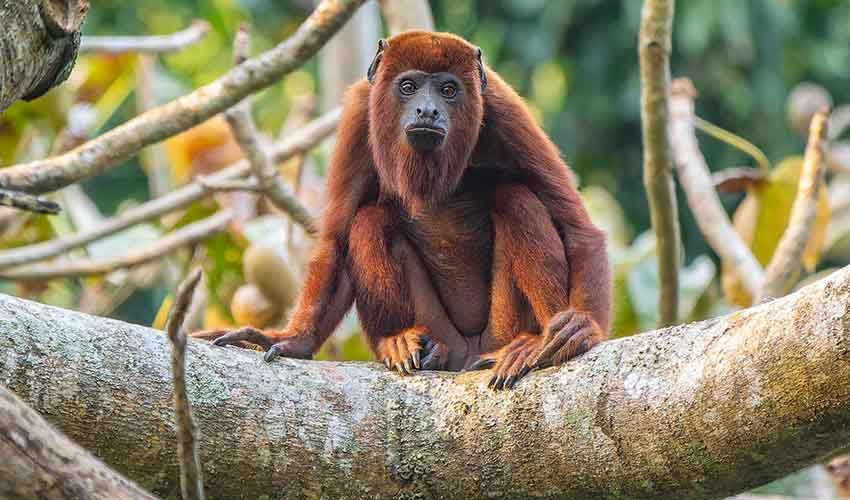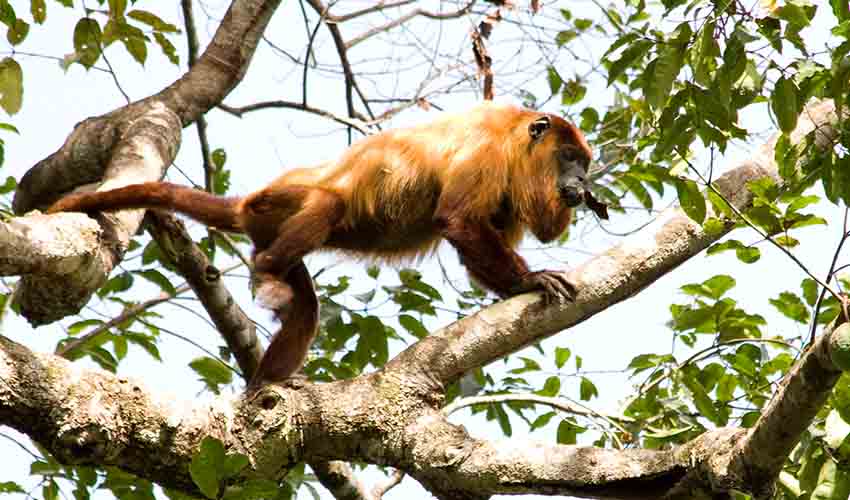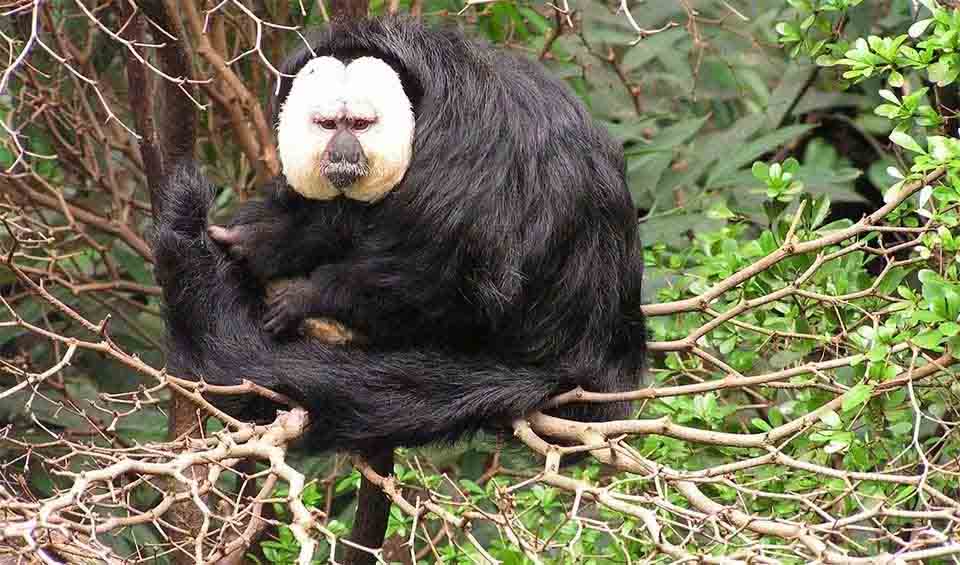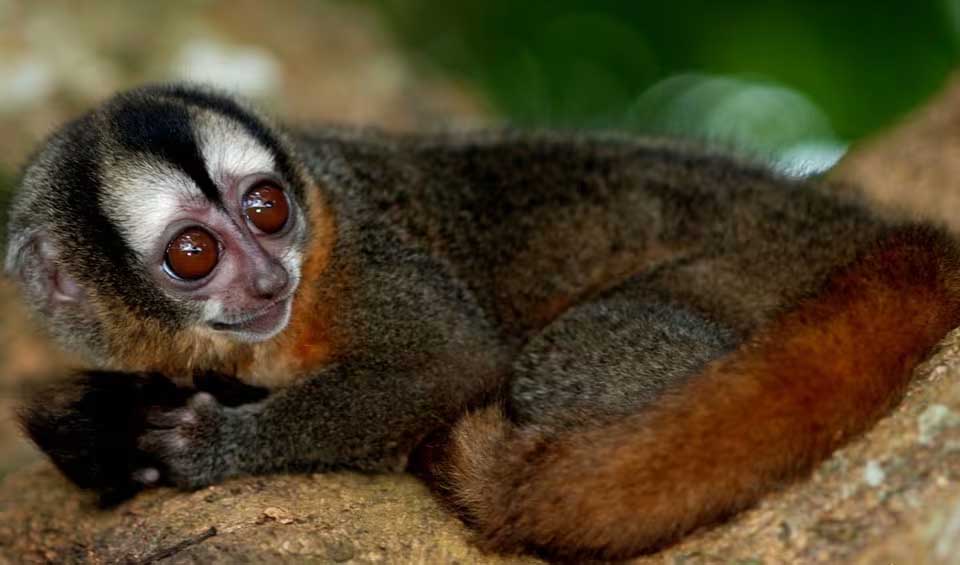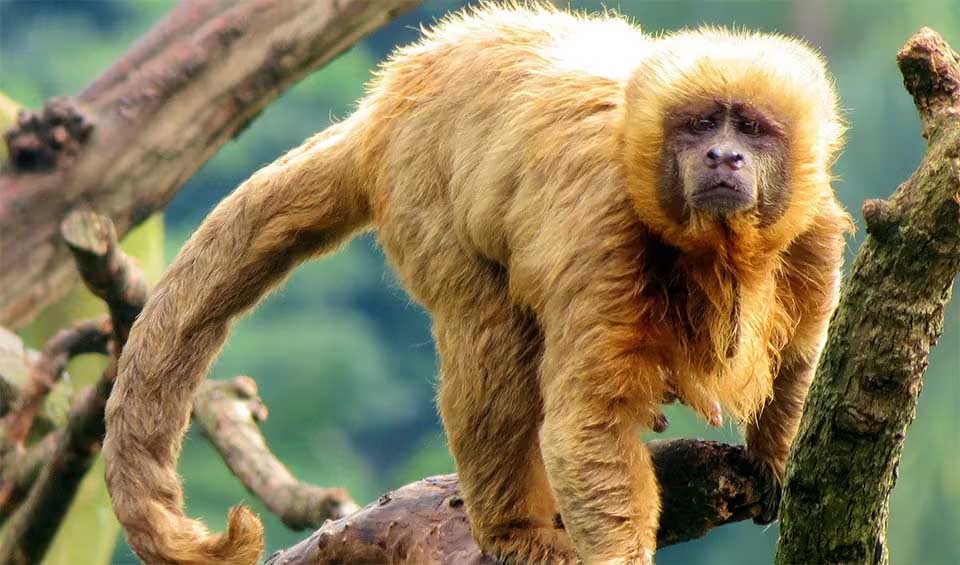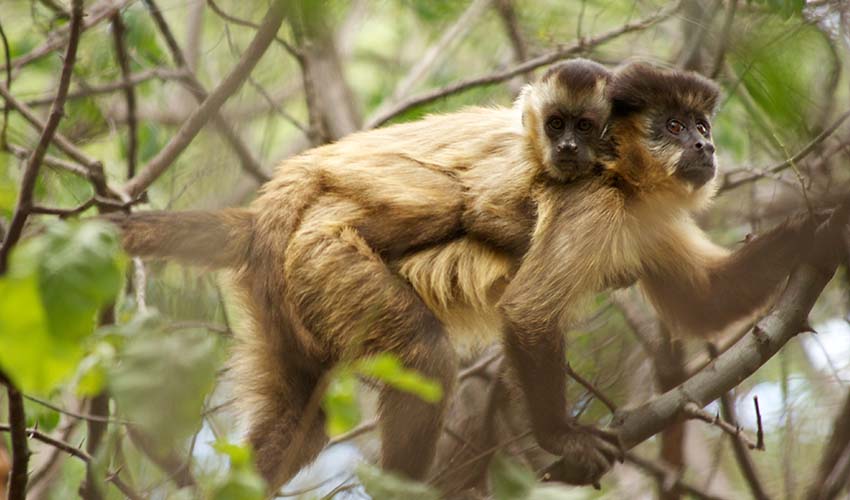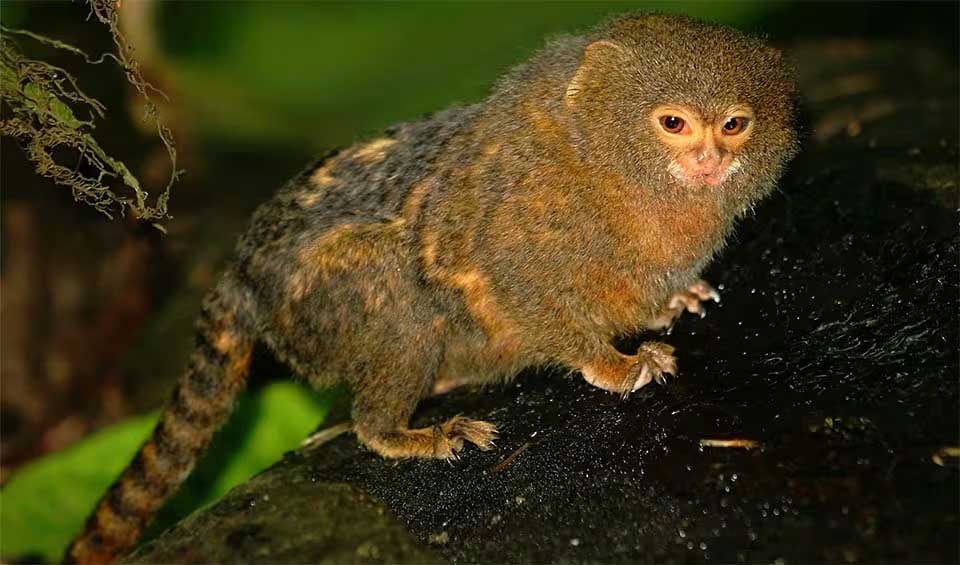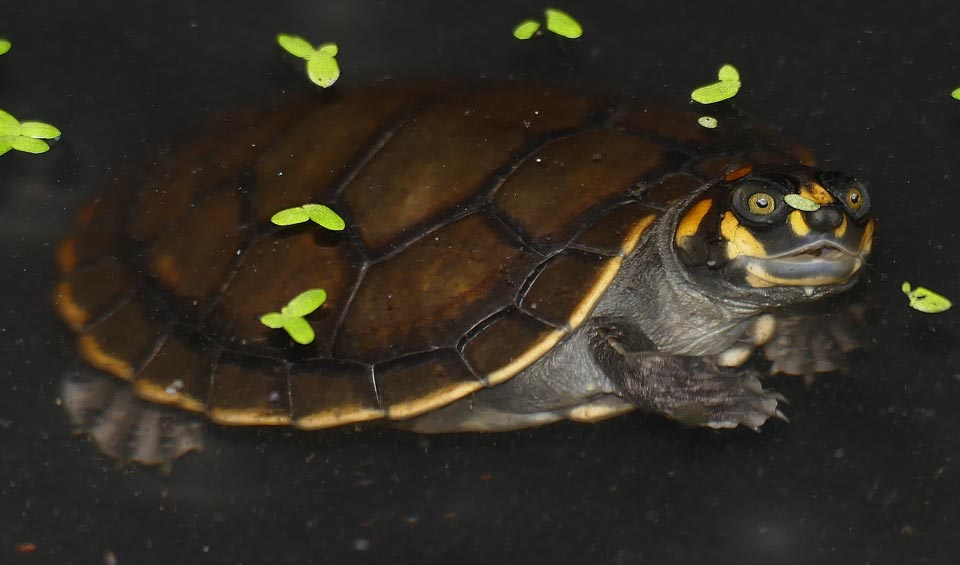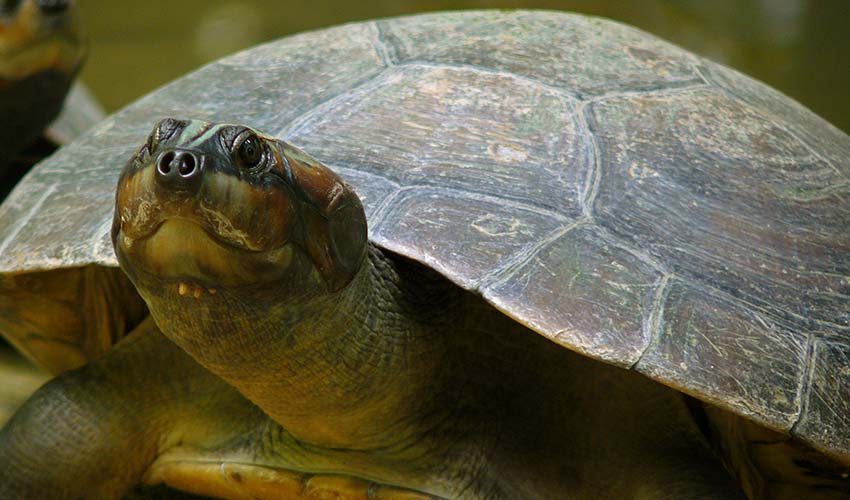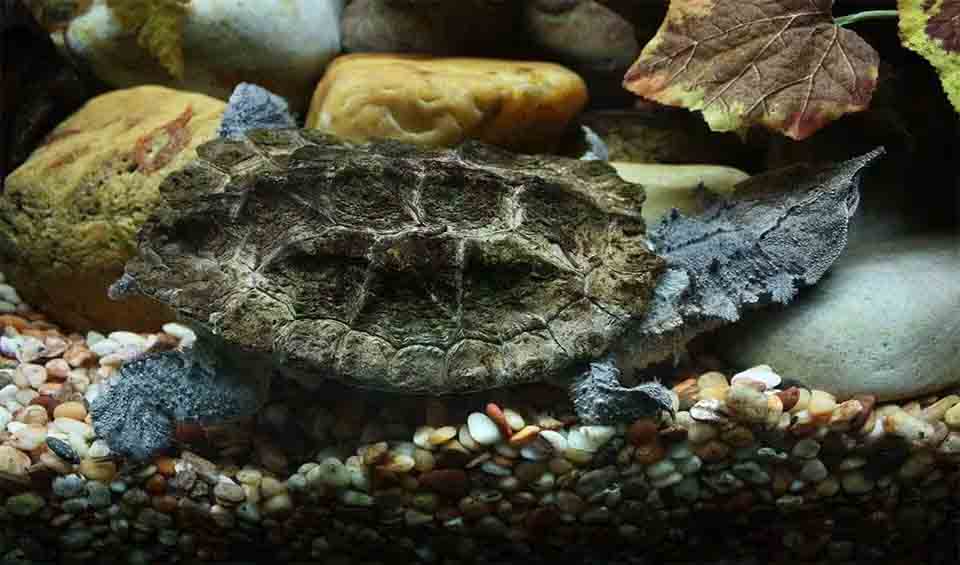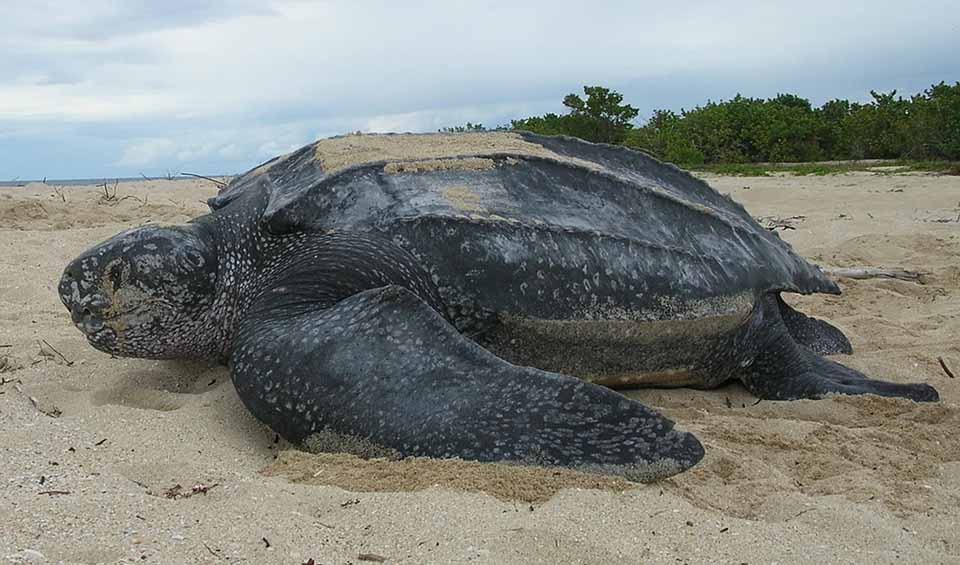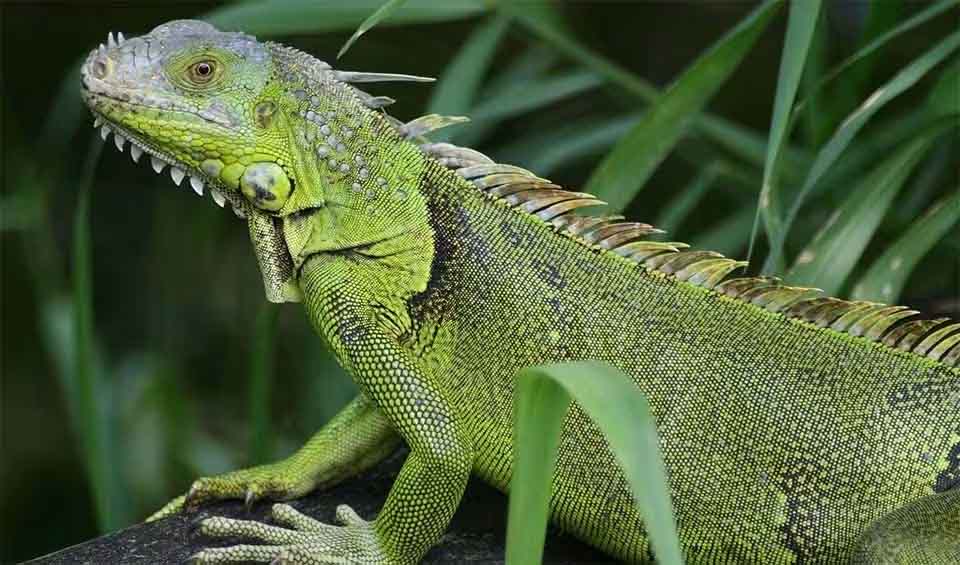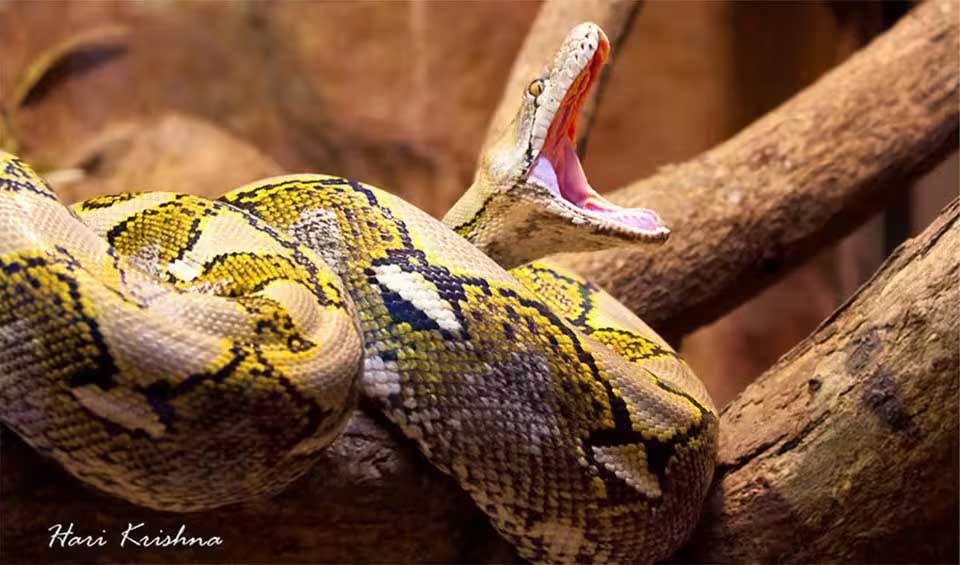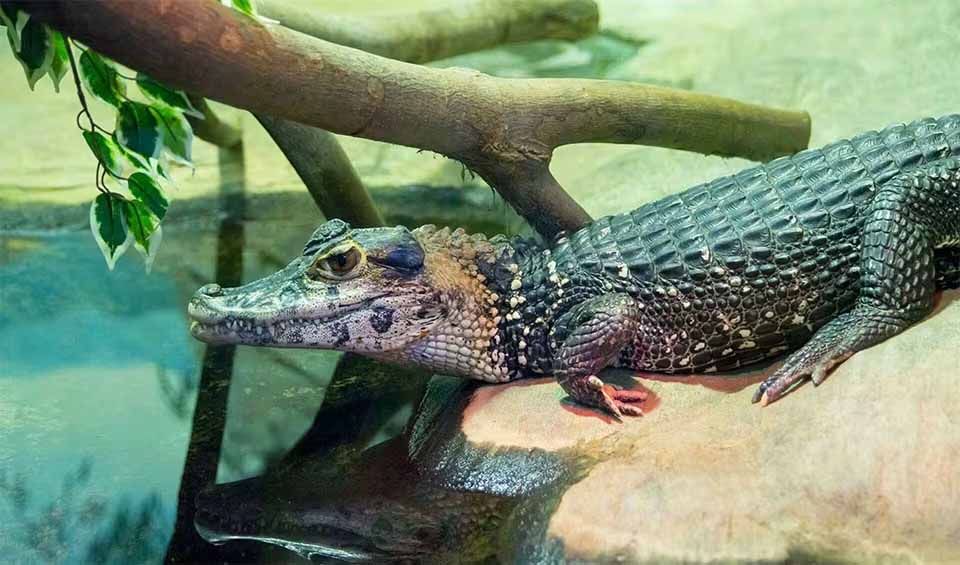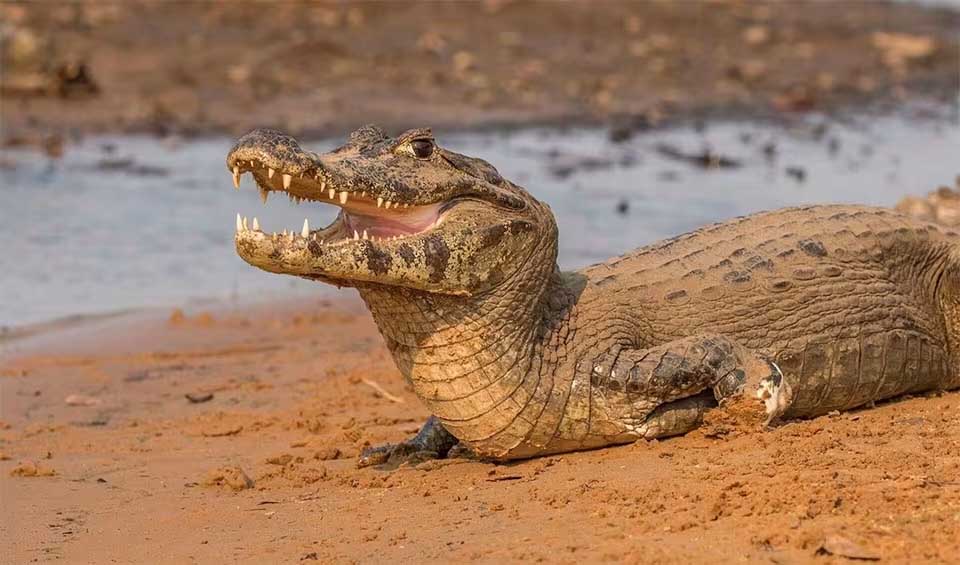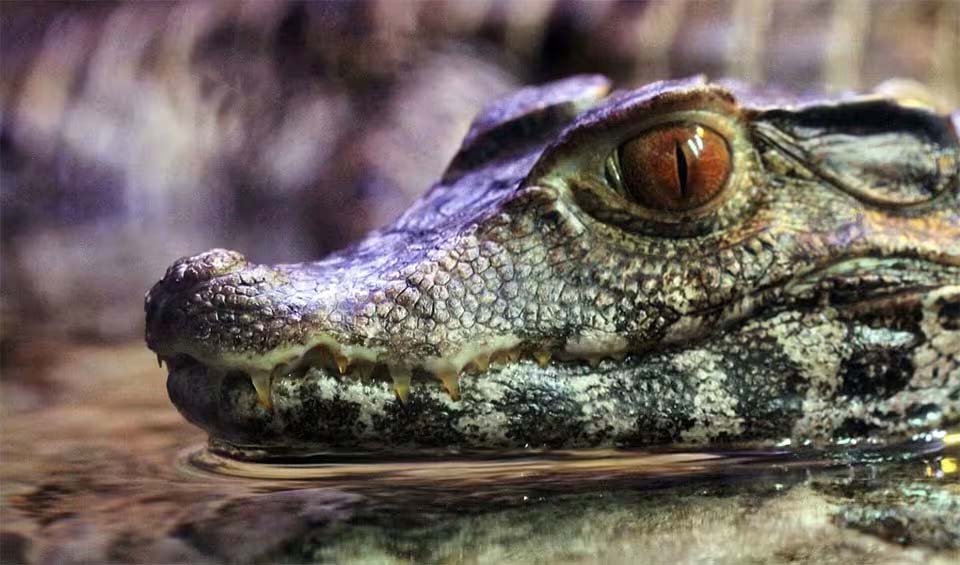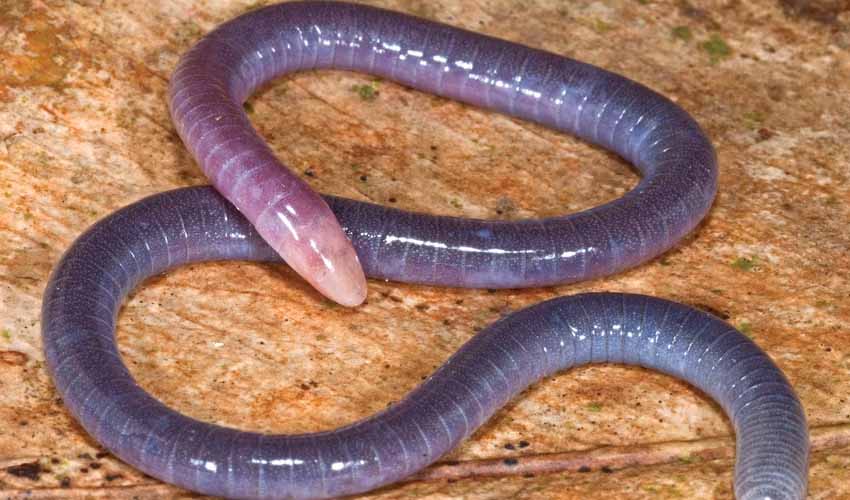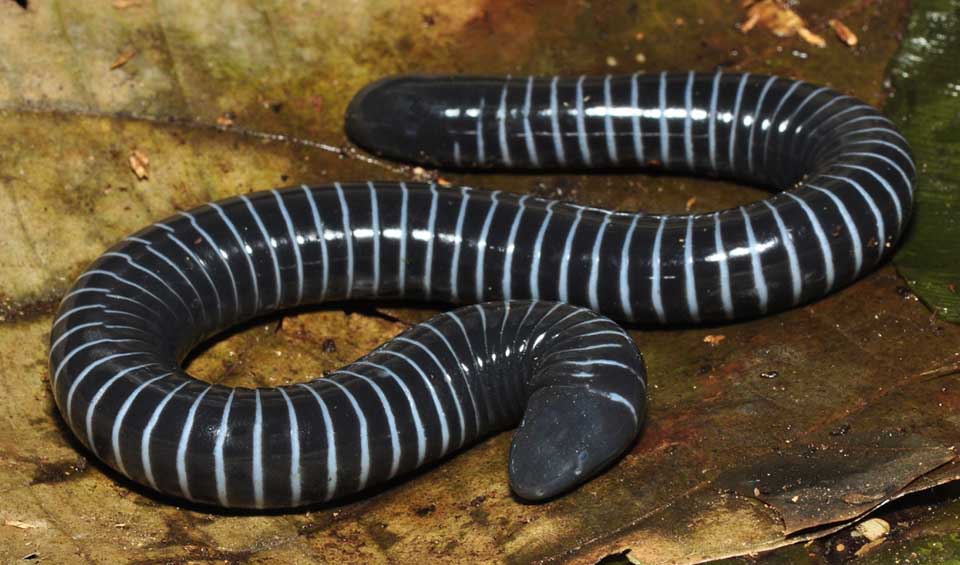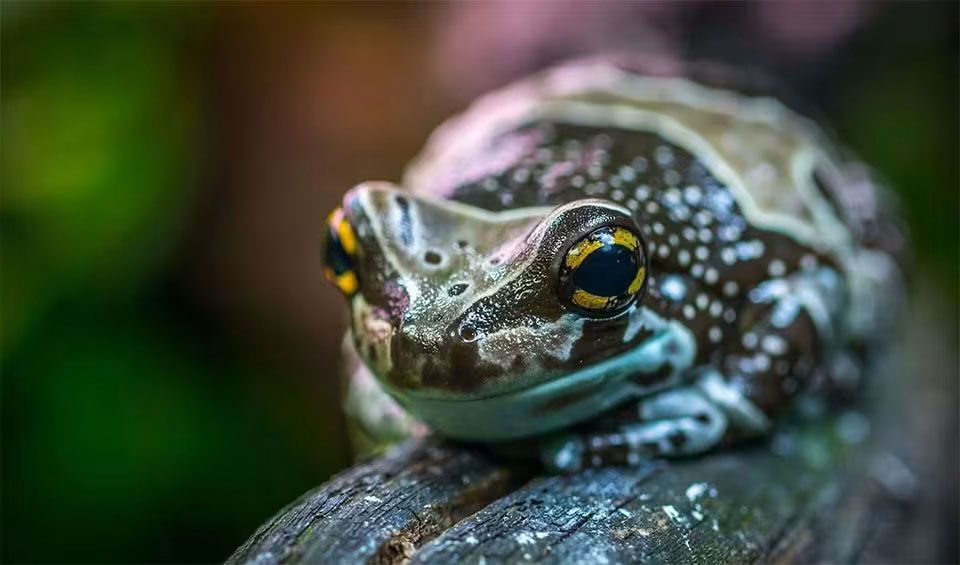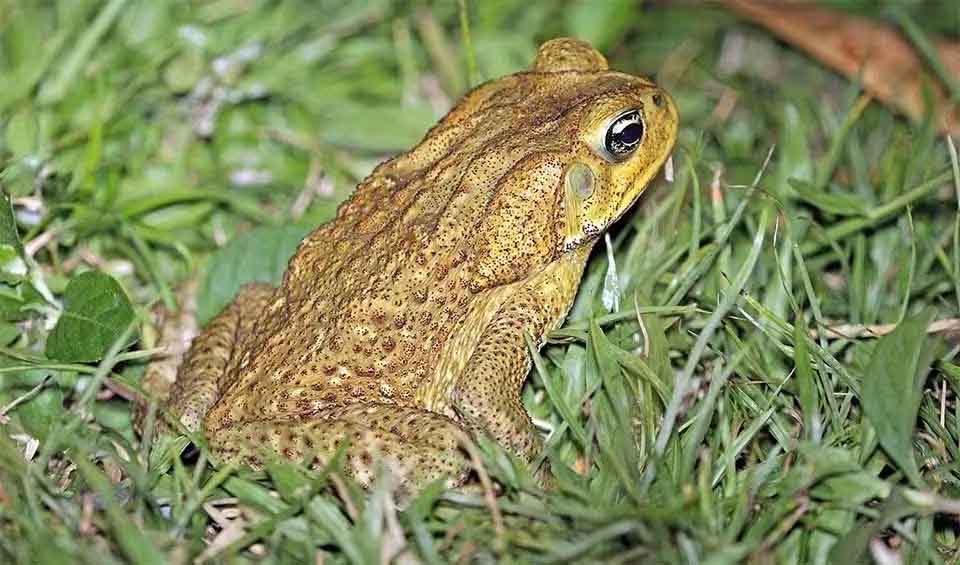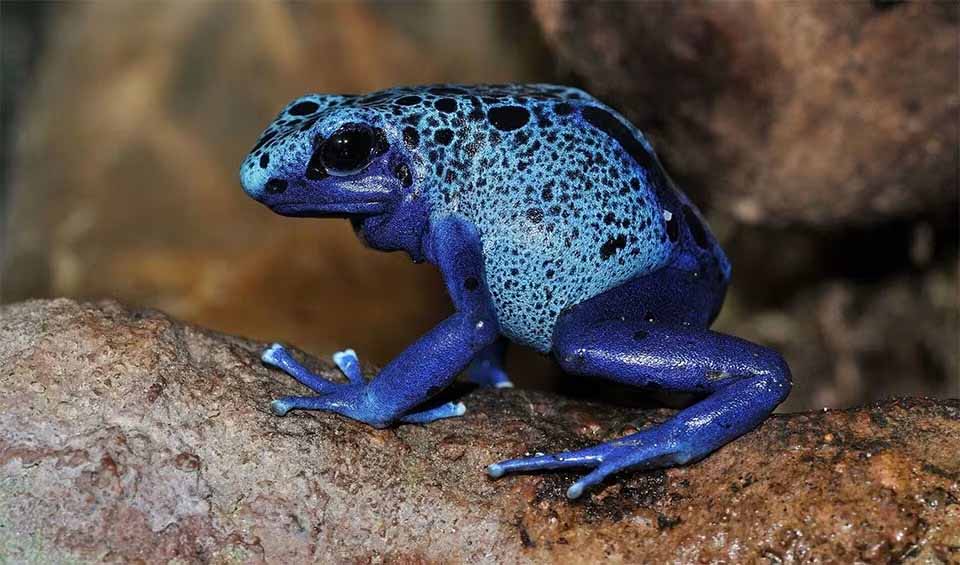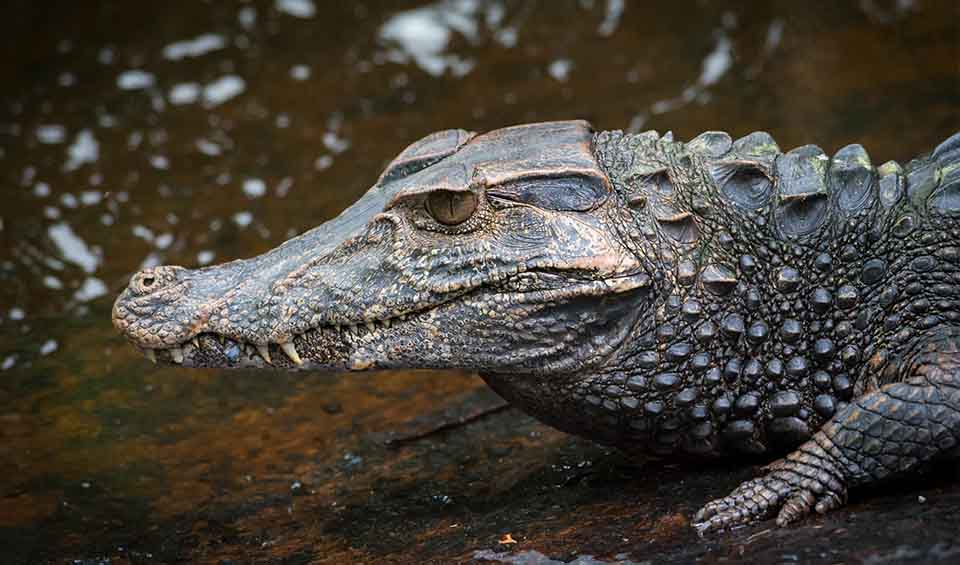Search for Brazil
Ruff
Looks ordinary—but transforms into one of the most extravagant birds during breeding season
Crabeater seal
Their misleading name comes from early explorers who mistakenly thought they fed on crabs
Sand tiger shark
May look like villains, but in truth, they’re peaceful giants of the sea
Common tapeti
Much harder to spot than other rabbits
Lowland paca
The spotted rabbit of the jungle—though they are rodents, not rabbits!
Brazilian porcupine
Their long, fleshy noses give them a comical, almost cartoonish look, especially when sniffing around for fruit
Southern tamandua
One of the most effective—and quirky—pest controllers in South America’s wild landscapes
Pygmy killer whale
One of the lesser-known members of the dolphin family, despite its dramatic name
Rufous-crowned elaenia
A master of understatement—until it pops its crest
Southern bluefin tuna
One of the fastest and deepest-diving tunas
Largetooth sawfish
The only sawfish known to spend long stretches of its life in freshwater lakes, not just rivers or coasts
Uta Hick’s bearded saki
A rare, intelligent, and ecologically important monkey that most people have never heard of
Red-backed bearded saki
Sometimes called “the philosophers of the forest” because of their bearded, thoughtful expressions
Kaapori capuchin
One of the rarest, most elusive, and most endangered monkeys in the world
Ruddy ground dove
One of the tiniest doves in the Americas
Green ibis
Sometimes called the “Whispering Ibis”—not because it whispers, but because it’s so quiet and elusive compared to other ibises
Chaco chachalaca
A bird with a voice you won’t forget
Rufescent tiger heron
Doesn’t put its nest near the water’s edge like many of its relatives
Wood stork
The “giant of the swamp”
Green kingfisher
Have eyesight that is exceptionally keen—so much so that they can easily spot tiny fish swimming just beneath rippling water
Yellow-faced parrot
One of the few parrots that thrive in open, seasonally dry habitats
Giant ameiva
Can move startlingly fast, often vanishing in a blur of motion when startled
Amazon tree boa
Can “see” the body heat of animals even in total darkness
Red-footed booby
Goofy-looking yet evolutionarily refined for life above the waves
Masked trogon
Often tame and unafraid of humans
Common vampire bat
Most famous — and misunderstood — of all vampire bats
Razor-billed curassow
Looks a little prehistoric — like a mini dinosaur
Gold tegu
A rugged, resourceful lizard with a bold look and a wild streak
Pampas deer
Known to be quite tolerant of human presence compared to other wild deer
Greater sac-winged bat
A scented, singing, socially savvy insect hunter
Turkey vulture
A bird that quietly keeps the environment clean
Amazon kingfisher
Despite its name, it is not limited to the Amazon Basin
Ladder-tailed nightjar
A nighttime hunter extraordinaire
Great black hawk
One of the largest hawks in the Americas
Gray brocket
Known to freeze in place when startled, relying on camouflage rather than flight until the last moment
South American coati
Known to investigate campsites, rummage through backpacks, and even figure out how to open containers
Marsh deer
Elegant, elusive, and finely tuned to life in waterlogged wilderness
Scalloped hammerhead
Their skin actually darkens, just like a sunburn!
Great horned owl
Often called the “tiger of the sky” because of its fierce hunting skills and bold personality
Ruddy turnstone
They flip the script — literally!
Javan deer
Featured in Indonesian national parks and conservation symbols, making them a wildlife ambassador for the country
Emerald tree boa
Often confused with the green tree python but they aren’t closely related at all
Barred forest falcon
The ghost of the rainforest — more often heard than seen
Spectacled owl
Easily recognized by its bold facial markings that resemble a pair of white spectacles
Agami heron
One of the most beautiful and secretive herons in the world
Blunthead tree snake
Looks more like a living vine or a character from a fantasy novel than a typical reptile
Cloudy snail-eating snake
Unlike many snakes that rely on speed or venom, this snake depends on stealth and precision
Black-crowned night heron
One of the most widespread and adaptable herons in the world
Yellow-crowned night heron
Crabs make up over 90% of their diet
White-eared opossum
One of the most widespread opossum species on the continent
Molina’s hog-nosed skunk
Its pig-like nose is sensitive and flexible, helping it locate underground prey like grubs and worms
Common marmoset
With its curious eyes, soft fur, and fluffy white ear tufts, it resembles a tiny monkey crossed with a forest sprite.
Green anaconda
When most people say anaconda, they mean the green anaconda, the largest of all snakes!
Nutria
Look a bit like a cross between a beaver and a rat
Maned sloth
So good at staying hidden that even scientists had difficulty studying it for years
South American rattlesnake
Both feared and respected, often appearing in traditional stories and as a symbol of danger and power
Red side-necked turtle
Generally calm and not aggressive, but they can be quite shy
Common Surinam toad
Got trypophobia? You might want to avoid looking at this froggy!
Laughing gull
Once you’ve heard them laugh, it’s hard to forget!
Galapagos shark
Believed to use Earth’s magnetic field to help them navigate vast ocean distances
Reticulate leaf frog
Even though they’re small, they can jump many times their own body length
Burnished saki
Sometimes called “seed predators” because they often eat seeds rather than dispersing them
Black titi monkey
One of their cutest habits is sitting close and wrapping their tails around each other—it’s their version of cuddling!
Brown titi monkey
Well-adapted to life in the trees, rarely descending to the ground
White-coated titi
One of the few primates known to “tail-twine”
Atlantic petrel
A dark flyer of the South Atlantic, faces a tough fight against invasive mice
American kestrel
The smallest of falcons in the entirety of America, but you would be mistaken to take this bird lightly
Saffron toucanet
They have a unique habit of storing excess food by hiding it in tree crevices, which they may return to later
Black lion tamarin
Believed to be extinct for 65 years until it was rediscovered in 1970
Brown howler
Their howls can be heard up to 5 km (3 miles) away!
Yellow anaconda
While it’s one of the largest snakes in the world, it’s smaller than its green cousin
Chital
Also known as “barking deer” because of their loud, barking alarm calls
Boat-billed heron
Got its name from its distinctive, boat-shaped bill, which is wider than it is tall
Curl-crested aracari
Beautifully colorful bird with unique curly feathers on its head
Antarctic fur seal
Has one of the warmest fur of any mammal
Northern giant petrel
Well-adapted to the cold Arctic climate and can withstand temperatures as low as -50°C (-58°F)
Goblin shark
Its appearance is what really sets it apart—it looks like something straight out of a science fiction movie
White-faced whistling duck
Loud birds with a distinct three-note whistling sound
King penguin
With their stately waddle and regal demeanor, they are the undisputed monarchs of the Antarctic ice
Blue-and-yellow tanager
Known for their bright plumage and lively behavior, making them some of the most recognizable birds in the tropics
Hyacinth macaw
This amazing creature is the largest parrot in the world and one of the most beautiful birds on Earth
Black-tufted marmoset
As its name suggests, it has distinctive black tufts of hair sticking out from its ears, making it look like it’s always wearing party hats
Lineated woodpecker
With its strong, sharp beak, it’s a master at pecking holes into trees to find tasty bugs hiding inside
European goldfinch
Can hang upside down while feeding!
Brown pelican
The smallest of the eight pelican species
Bald uakari
Scientists think this red color might indicate good health, so a brighter red face might mean a healthier one!
European hare
Unlike rabbits, they don’t live in burrows, instead, they make shallow nests in the grass called forms
Barn swallow
Most common and widely distributed swallow globally
Pied tamarin
A tiny monkey with a striking two-tone coat living high up in the branches of the Amazon rainforest
Northern muriqui
Unlike their close relatives, the spider monkeys, they have a secret weapon – a partially opposable thumb
Araripe manakin
The dazzling red crown the males wear takes years to develop!
Cherry-throated tanager
A bird as dazzling as a jewel and as rare as a hidden treasure about the size of a tennis ball
Great hammerhead
The biggest of all the hammerhead sharks, with a massive head that looks like a giant, flat hammer
Crested caracara
Got the looks of a hawk with the scavenging habits of a vulture
Yellowfin tuna
Popular food fish, prized for its mild flavor and firm texture
Southern lapwing
Fearless defenders of their nests and chicks, often taking on much larger animals or humans if they perceive a threat
Great kiskadee
This bird is a real chatterbox, constantly announcing its presence with its loud, three-part call – “kis-ka-dee!”
White tern
Often called “Fairy Terns” or “Angel Terns” Because of their pure white plumage and graceful flight
Pantropical spotted dolphin
A champion swimmer and a social butterfly of the warm seas
Brown noddy
They bob their heads up and down as they fly, which is actually how they earned the nickname “Noddy”
Brown-throated parakeet
Charming little parrot with a personality as bright as its feathers
Burrowing owl
They don’t build their own nests – they cleverly take over burrows abandoned by prairie dogs, ground squirrels, or even tortoises!
Common bottlenose dolphin
Known for their acrobatic leaps, twisting and turning gracefully as they jump completely out of the water
American flamingo
Famous for its habit of standing on one leg
Blue-fronted amazon
Capable of learning dozens of words and phrases with remarkable clarity
Mealy amazon
Known to dangle upside down from perches, perform little dances, and invent games with simple objects
Rufous hornero
Remarkable architects that construct domed nests from mud and straw
Rufous-bellied thrush
Its song is often associated with the arrival of spring and is a symbol of joy and renewal
Argentine black and white tegu
A popular pet in the United States, but it is also considered an invasive species in Florida
Brazil-nut poison frog
Named for its habitat in the Brazil nut tree forests of the Amazon
American bullfrog
Introduced to many regions where it is now considered an invasive species
Wattled curassow
Frequently detected through their vocalizations rather than being visually observed
Eurasian kestrel
Adaptable raptor known for its hovering hunting technique and striking appearance
Tucuxi
In Northern Brazil, people sell their body parts as charms for good luck, love, and money
Tiger shark
They eat almost anything that comes their way – you name it, they’ll try to snack on it!
Buff-throated purpletuft
Its unique combination of a buff-colored throat and rich purple plumage distinguishes it as a true gem of the region
Bahia tyrannulet
Efforts to preserve and restore its habitat are crucial to ensuring the survival of this charismatic bird
Banded cotinga
These elusive birds prefer the uppermost layers of the rainforest, hidden amidst the dense foliage, making them a challenge to observe up close
Buff-headed capuchin
When they find a nut they can’t crack, they use a rock in the ground as a tool to break it open
White-lipped peccary
They can spend up to two-thirds of their day traveling and feeding
Golden-handed tamarin
One loud chirp from a scout, and the whole group vanishes into the canopy in seconds
White-bellied spider monkey
With its long limbs, thumbless hands, and graceful movements, this monkey gracefully resembles a spider in the tree canopy
White-cheeked spider monkey
A high-flying, fruit-loving, tailless-thumbless jungle ninja
Red-faced spider monkey
The red face is thought to signal good health—much like a natural status badge in the jungle
Shortfin mako shark
Speed and power embodied, they rule the seas with their sleek bodies and jaw-dropping leaping prowess
Basking shark
Majestic giants of the sea, they peacefully glide through the ocean with mouths agape, filtering the waters for sustenance
Oceanic whitetip shark
Opportunistic predators of the open ocean, their aggressive and persistent feeding behaviour strikes fear into the hearts of their prey
Bull shark
Fearless and formidable, these aggressive predators command respect in the waters they roam
Whale shark
Gentle giants of the sea, with mouths wide open to filter the ocean’s bounty
Great white shark
Majestic ocean predators, embodying power, speed, and precision in their pursuit of prey
Loggerhead sea turtle
One of the largest and strongest sea turtles in the world
Hawksbill sea turtle
Its slender frame and narrow head bear a beak curved like a hawk’s, earning this marine marvel its name
Golden lion tamarin
A tiny lion with a heart of gold, bringing sunshine to the rainforest canopy
Glyptodon clavipes
The Pleistocene armadillo with a car-sized shell and a lethal tail
Saber-toothed tiger
Despite its name, this animal was not a true tiger, nor was it related to any modern cat
Giant ground sloth
Discover the mystery of a prehistoric giant: an enormous herbivore with powerful claws and a tragic fate
Hoary Fox
Frosty, furry, and fabulous: Meet the Hoary fox – the silver fox of South America
Oncilla
Beneath its fierce exterior lies a tender heart, as it is also known for its loving nature toward its young
Southern tiger cat
A majestic predator that rules the jungle with its stunning stripes, fierce hunting skills, and impressive vocalization abilities
Margay
These wild cats are cute, intelligent, agile, and well-adapted to inhabiting tropical and subtropical forests
Pampas cat
Survival of the fittest? This cat takes it to a whole new level, always ready to pounce and conquer any habitat
Geoffroy’s cat
Small but mighty, this cat is a stealthy predator that swims, climbs and hunts with sass and style
Pampas fox
Small, sly, and swift – it may be pint-sized, but it packs a punch when it comes to survival in the grasslands
Capybara
Communicate using various vocalizations such as whistles, whinnies, and growls
Anhinga
Their neck vertebrae have a hinge mechanism that allows it to dart its long neck and pierce its prey quickly
Long-tailed weasel
Uses a hunting technique known as the Weasel War Dance that involves a series of frenetic turns, manic twists, and jumps to confuse the prey
Great Tinamou
A large bird with the tiniest heart and the highest percentage of skeletal muscles used for locomotion
Brown booby
An impressively acrobatic bird that can catch flying fish mid-jump
Great frigatebird
These birds spend weeks in the air and hunt, preen and even sleep while in flight
Blue-and-yellow macaw
The pale yet gorgeous face blushes when this bird is excited, revealing a sensitive and soft heart
Barn owl
The most cosmopolitan of owls with home ranges extending across the globe
Magellanic penguin
Their call, often compared to a donkey’s bray, is how they got their name in some regions
Macaroni penguin
The penguin with a cool tiara
Greater rhea
The largest native living bird of America
Scarlet macaw
One of the most colorful birds — effortlessly falls in love
Wilsons storm petrel
This species is found in all world oceans except the north Pacific Ocean
Leachs storm petrel
These petrels stylishly ride the ocean waves like they own the winds
Manx shearwater
Impressive flights but clumsy walking on the ground are observed in these birds due to awkward legs
Royal albatross
These mighty birds have the longest wingspan, second only to wandering albatrosses
Wandering albatross
The humongous bird with the largest wing span of 3.5 m (11.5 ft) – seems straight out of a fantasy movie
Red-breasted toucan
A small beaked toucan that looks like it came straight from a Halloween party
Toco toucan
The largest toucan there is with a long and serrated beak
Guianan puffbird
These puffy birds can eat poisonous prey for breakfast
Paradise jacamar
These agile hunters can catch butterflies and dragonflies mid-flight
Red-billed tropicbird
Professional marine forecasters to optimize breeding success and prey availability
Red-tailed tropicbird
They dance along with their gorgeous red tails to attract partners in a faithful courtship
White-tailed tropicbird
These ocean wanderers can be spotted from a distance showing awe-inspiring aerial tricks
Eurasian spoonbill
This bird is unmistakable for its namesake, spoon-shaped bill
Roseate spoonbill
An easily recognizable bird due to its pink body and spatulate bill
Scarlet ibis
The flocks of this striking self-descriptive bird are a sight to behold
House sparrow
The most widely dispersed wild bird
White bellbird
The loudest living bird
Scarlet flycatcher
The scarlet ambush hunter
Hoatzin
Only living representative of this order is the hoatzin, found only deep in the Amazon!
Grey-winged trumpeter
Before you ask – no, this bird doesn’t sound like a trumpeter; however, they do have distinct call
Limpkin
They don’t need salt, bamboo sticks, or forks to deshell a snail – they have a well-adapted bill to do the job
Black caracara
The Racoons of the bird kingdom who will eat almost anything to survive
Yellow-headed caracara
A common scavenger bird that cleans up the roads of Central and South America
Red-throated caracara
The largest species of the three species present in the Amazon
Gyrfalcon
Largest of falcons: can grow up to 60cm (2 ft) in height
Peregrine falcon
At the speed of over 321 km/h (200 mph), this bird outraces a Formula1 car
Sunbittern
The sole member of its entire family and the closest living relative to the Kagu
Rufous motmot
Second-largest and the most spectacular bird of the family
Jabiru
One of the tallest flying birds of Americas
Black-winged stilt
Elegant long-legged wader, common almost worldwide
Snowy sheathbill
Try playing hide and seek with this bird in snowy lands
Great skua
Jack Sparrow of the bird kingdom
Arctic tern
This bird can give any cross-country runner a run for their money
Common tern
This bird holds the record of the longest distance flown by any bird in recorded history
King vulture
The most colorful vulture, with the orange cruncle
Andean condor
The largest and heaviest raptor in the world
Red-legged seriema
Did someone say birds don’t participate in marathons? Wait, we have a worthy contestant here
Oilbird
This nocturnal species lives in caves and uses echolocation to navigate, and yes, it is a bird, not a bat!
Great potoo
These nocturnal birds live in solitary and can peek around even with closed eyes
Southern screamer
Its name is very accurate—these birds can be ear-splittingly loud!
Harpy eagle
The world’s most spectacular and most robust eagle species serves a critical ecological role in the ecosystem they live in
White-collared kite
Brazilian beauty – victim of deforestation reported as an endangered species
Osprey
One of only six land-birds with a cosmopolitan distribution habituating all continents except Antarctica
Leopard seal
The ends of the mouth are permanently curled upwards that look like a smile or a menacing grin
Southern elephant seal
The largest member of the order Carnivora, adult males, can be six times larger than polar bears!
South American sea lion
Unfortunately, they are commonly killed for their habits of damaging fishing nets and stealing fish from fishing and farming operations
South American fur seal
Its thick, luxurious fur was once heavily hunted for the fur trade
Subantarctic fur seal
Once nearly wiped out, it now thrives in great numbers
La Plata dolphin
The smallest of the river dolphins and the only one that swims in saltwater oceans
Amazon river dolphin
Playful, curious, and intelligent; the largest river dolphins in the world
Southern right whale
Most common of right whales, cruising the southern oceans
Amazonian manatee
The unique aspect observed in the species is that they can see or visualize underwater to navigate or avoid obstacles
Hoffmann’s two-toed sloth
Can camouflage itself in trees with the help of algae growth on fur
Linnaeus’s two-toed sloth
The digestion process of tough leaves is very slow; it might even take up to 1 month to digest one meal
Brown-throated sloth
Cute but lazy species harmlessly sleep in the trees for 14 to 16 hours a day
Pale-throated sloth
When it comes to sloths, there are degrees of slothfulness and three-toed sloths are the most slothful (SLOW) of all!
Giant anteater
These specialist predators of termites and ants are not immune to ant bites
Silky anteater
Also known as pygmy anteater, they are the smallest and most adorable of their insect-eating kind
Brazilian tapir
Flee and dive into the water when facing a predator and remain deep under the water until the predator leaves
Kabomani tapir
The smallest tapir species in the world, once considered subspecies of the Brazilian tapir
Giant armadillo
The largest living armadillo, growing up to 1.5m (5 ft) in length, yet it feeds on tiny termites!
Six-banded armadillo
Able to swim and will shallow air just before entering the water to assist with buoyancy
Nine-banded armadillo
Found all over the Americas, it is the most widespread species of all armadillos
Crab-eating raccoon
Despite the common name, they do not feed on crabs exclusively
Kinkajou
Has a spooky nickname, “La Llorona” meaning crying woman in Spanish due to their noisy barks, hisses, and high-pitched squeaks
Tayra
Widespread in tropical and subtropical forests Central and South America
Greater grison
When they move cautiously, they press their body close to the ground and move in a zigzag pattern like a snake
Giant otter
Don’t be fooled by their harmless appearances; they can hunt caiman, piranhas, and anacondas in the wild!
Cougar
The most widespread large mammal of the Americas: from Canada’s Yukon to the Andes in South America
Jaguarundi
Secretive and solitary, inhabiting various habitats of Central and South America
Ocelot
They are picky eaters, often plucking off all the furs or feathers of the prey before start eating them
Jaguar
This solitary cat is America’s largest feline and the world’s third, after the tiger and the lion
Bush dog
First discovered as a fossil in Brazil, before ever witnessed – it was believed to be extinct
Crab-eating fox
During the wet season, they search for crabs in muddy floodplains
Short eared dog
This unique and elusive dog is endemic to the Amazon basin
Maned wolf
With an identity of its own, it’s neither a wolf nor a fox — however, wearing long ears is probably a fashion statement
White-tailed deer
We use our agility and speed to outrun their predators, sprinting up to 48.2km/h (30 mph) and leaping as high as 3m (10 ft)
Collared peccary
Suffering from poorly developed vision, they heavily rely on vocalization to communicate
Black howler
Allomothering is a common activity: females of a group display communal care for each other’s infants
Colombian red howler
Known for being among the sleepiest monkeys, often dozing for up to 15 hours a day!
Guyanan red howler
The renowned “alarm clocks of the jungle”
White-faced saki
Nicknamed ‘flying monkeys’ due to their exceptional ability to move around rainforest habitats by very long leaps
Black-headed night monkey
Has large eyes to make up for the lack of a reflective eye layer found in many nocturnal mammals for night vision
Blond capuchin
The first nonhuman primates known to have long-term changing patterns of stone tool use, isn’t that clever?
Black-striped capuchin
They show signs of empathy, cooperation, and sometimes rivalry
Pygmy marmoset
Extremely agile and flexible creatures, they could leap up to 4.57m (15 ft) vertically and rotate their head for up to 180 degrees
Yellow-spotted river turtle
These turtles have a dark shells with yellow markings, giving them their name
Giant Amazon river turtle
One of the largest freshwater turtles in the world and the true heavyweight of South America’s rivers
Mata mata
Second species in this genus only identified in 2020
Leatherback sea turtle
The mysterious diver of the ocean is the largest and only sea turtle without a hard shell and scales
Green iguana
From the US down to Brazil, this trans-American lizard is the most common iguana
Boa constrictor
A small genus of Large snakes, strangling their prey endemic to the Americas
Black caiman
There are a lot of big reptiles, but these caimans are a class of their own!
Spectacled caiman
You might get the worst scare of your life if you see the crimson glow in the eyes of these creatures at night
Yacare caiman
Jacare caiman, raguayan caiman, piranha caiman, red caiman, southern spectacled caiman! It has no shortage of nicknames
Cuviers dwarf caiman
A heavily armored small crocodile native to South America
Microcaecilia taylori
Also known as Tiny Taylor’s Caecilian
Ringed caecilian
They do not just look like snakes, but they might also be able to deliver a nasty bite
Mission golden-eyed tree frog
Golden-eyed frog, Panda treefrog, Blue-milk frog -so many cute names for such a poisonous animal!
Cane toad
When a big one meets a smaller one, it’s lunch!
Blue poison dart frog
“The jewels of the rainforest”
Smooth-fronted caiman
Its eyes reflect red under flashlight or torchlight, making it possible to spot them during night surveys
